Hej, it's me - your
wedding photographer travel blogger! I'm getting better at blogging right away, since that's when I have all the memories and the motivation to process photos.
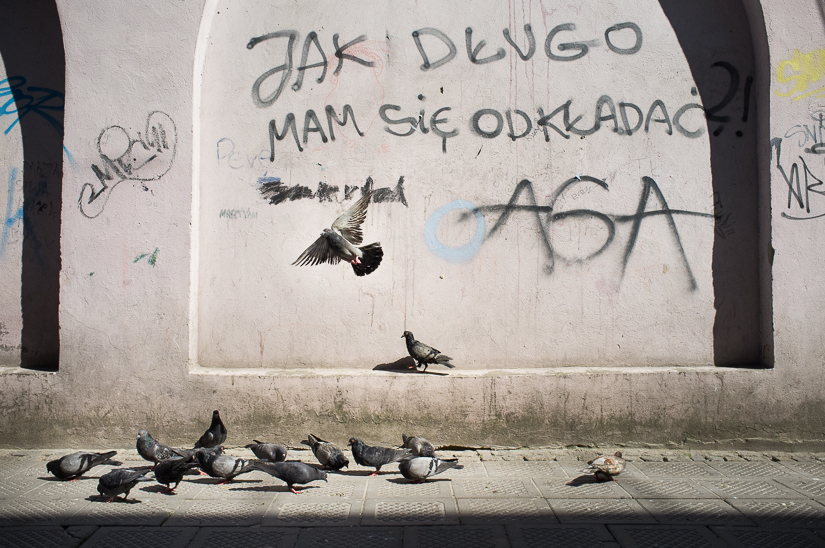
I got back Saturday from POLAND, an incredible country rich in nothing quite so much as history. I learned (and forgot) so many things about Poland, about Europe, about communism and its fall, about the War. My travels in Europe make me long for an intensive European history course. If only the history books weren't so damn
boring. (Well, maybe actually visiting places is going to be more exciting than reading about it in any book).
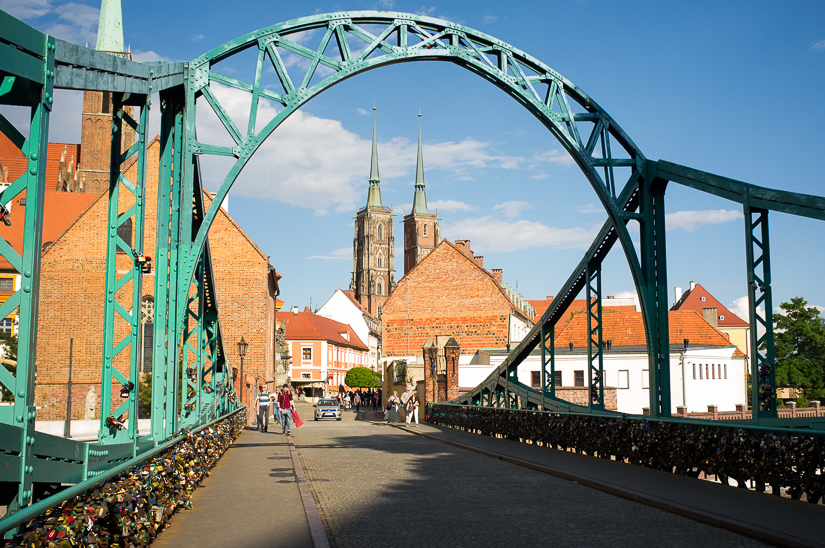
We booked this trip a month before we took it because I realized only then that I'd have a 3-day week followed by a 2-day week in my Swedish course. That says to me ditch the last two days and take a fatty trip somewhere. So I did. Ten days in Poland and I covered a huge chunk of the country. But it was too fast. Poland is big, y'all. I'd most like to have 3 more days but if not, you'd have to cut two small cities or one large one. I'd love to have even more time to see the East as well.
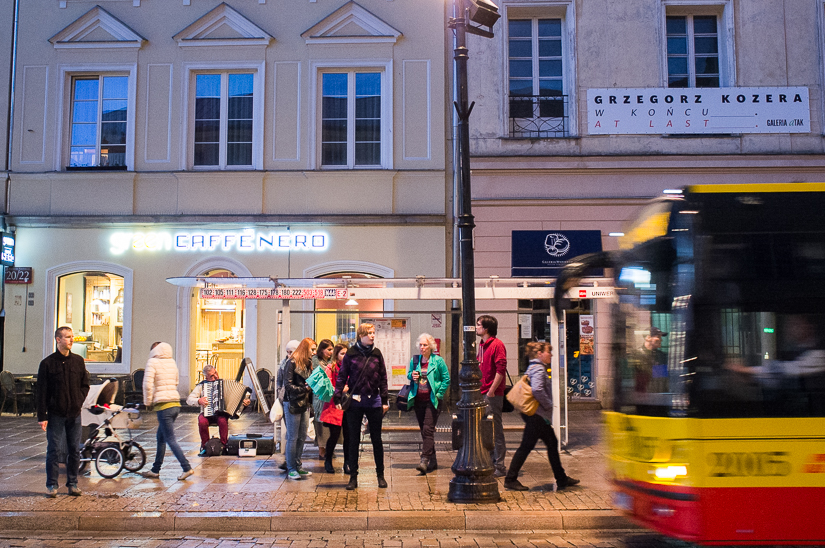
I flew in on Ryan Air and out on Wizz Air and though both airlines will nickel and dime you to your dying breath, it is freakin' awesome to fly between countries for nine dollars. Thank you budget airlines!
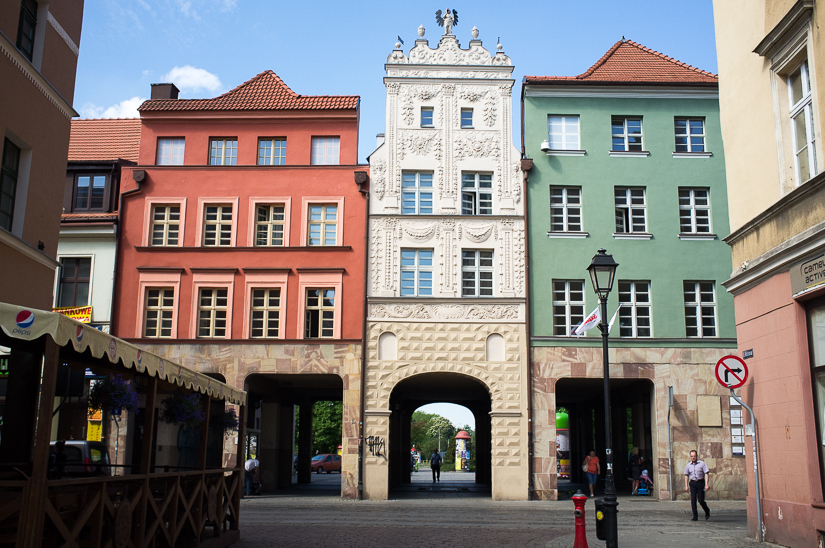
I started the journey in Warsaw, which was completely devastated during the war. You've heard of the "Warsaw uprising" but you probably think it refers to a rebellion of Jews in the ghetto. There were actually
two uprisings in Warsaw: one in the ghetto (it was in The Pianist) and another that the "regular" citizens undertook against the Nazis at the very end of the war. In retaliation, the Nazis simply leveled the city, taking it apart brick by brick (as opposed to other cities which were just bombed to shit). The city of Warsaw lost something like 60% of its population during the war.
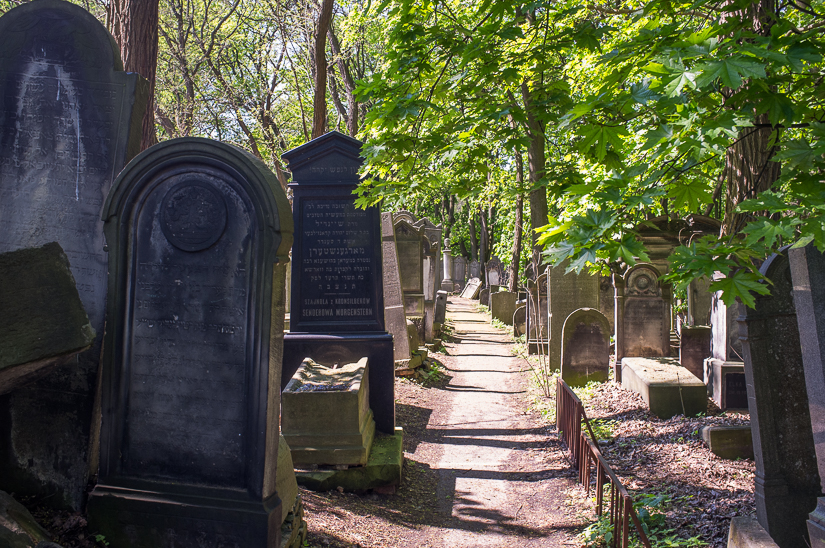
Warsaw also had a
massive Jewish population pre-War. I wandered through the Jewish cemetery and couldn't believe how large it was. I've taken my fair share of wanders through Jewish cemeteries in other cities and this place was enormous in comparison. The ghetto itself took up most of what one considers "downtown" Warsaw. There are maps all over town showing you that you are in what was ghetto - because most of it was, during the War.
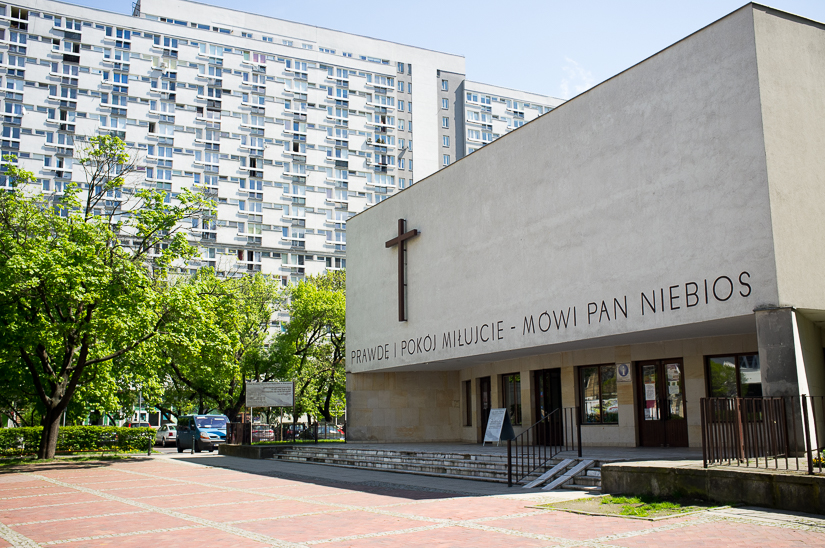
This isn't the (apartment) building we stayed in, though AirBnB, but it did look exactly like this, but with more satellite dishes and gray, not white. It was quite Soviet, quite ugly. This abandoned monstrosity is at an incredibly busy intersection nearby.
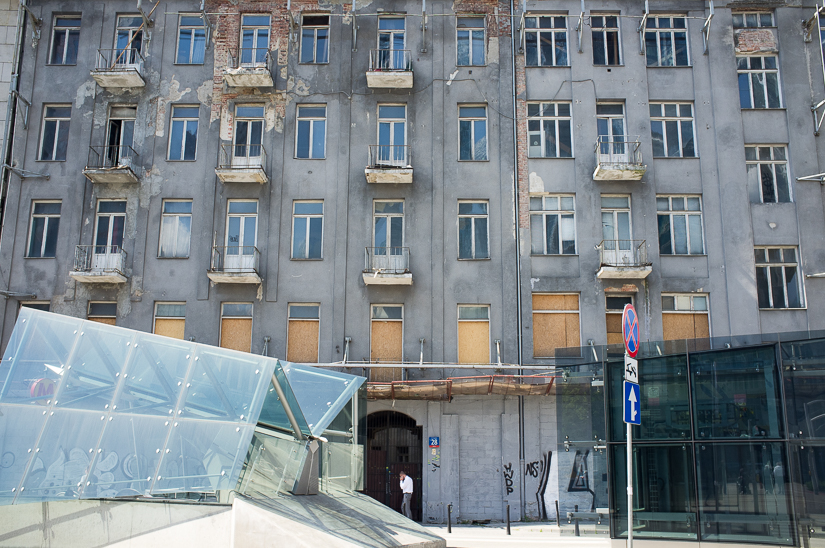
We were only in Warsaw two days - and only one for George. He joined me after a conference in Oxford and flew straight to Warsaw. Then we hopped an early train to Krakow. For this first picture, just check out the object near the bottom of the frame. It's made of metal. I have no idea what it is
supposed to be, but we all know what it
actually is.
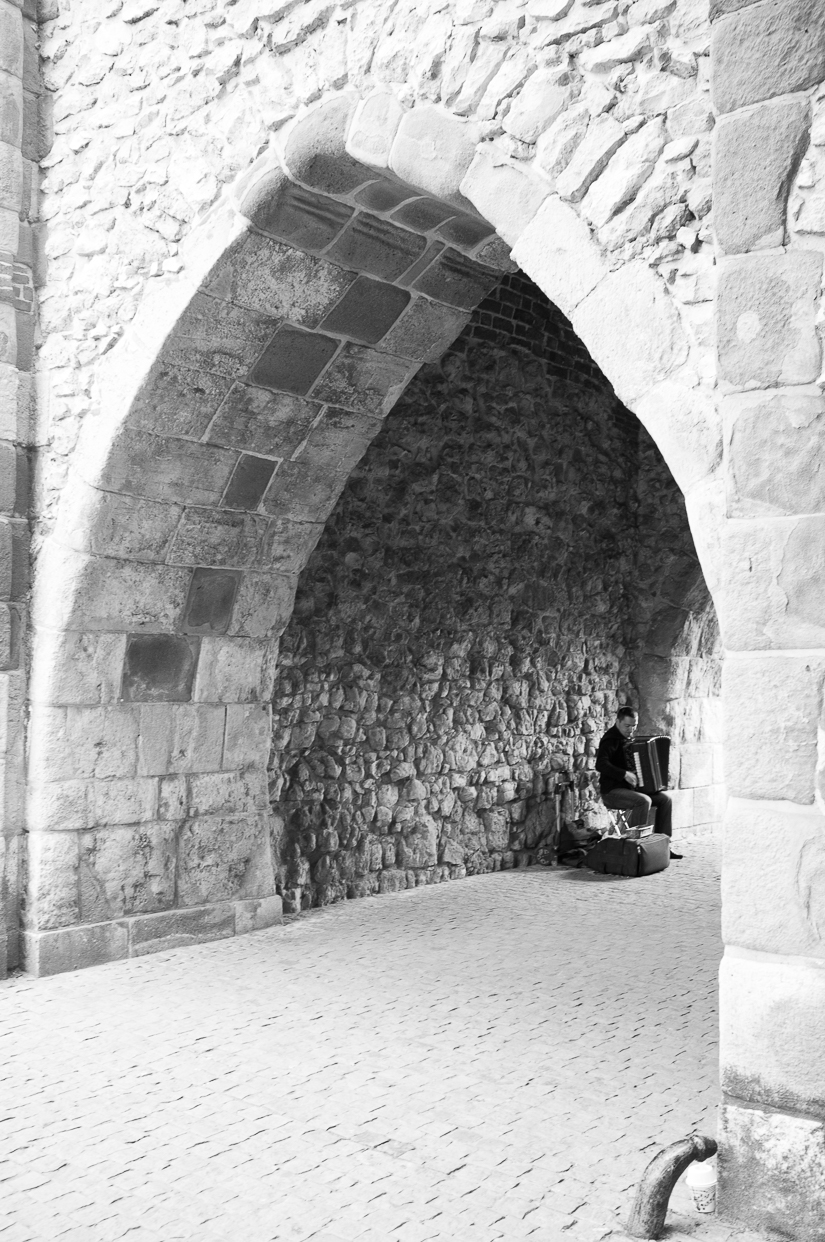
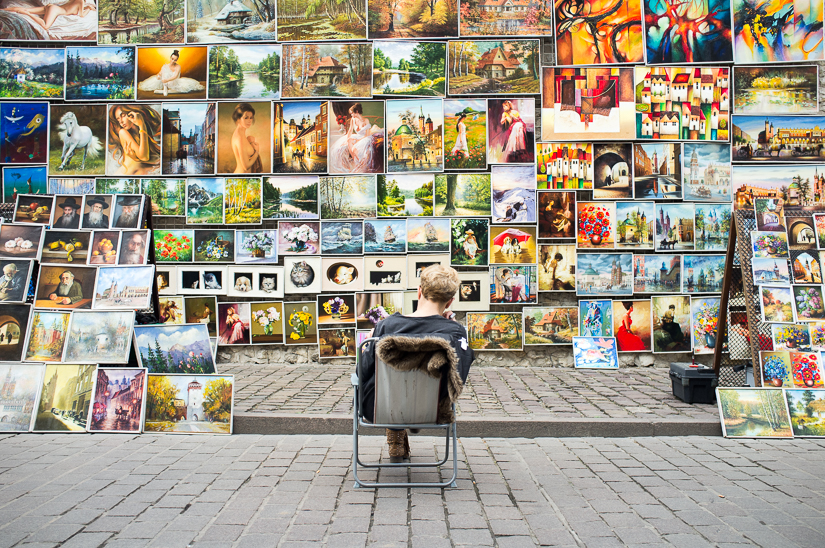
Krakow was indeed much prettier than Warsaw, naturally. It was spared much bombing during the War because the Nazis just liked it a lot. This is a giant head in the main square.
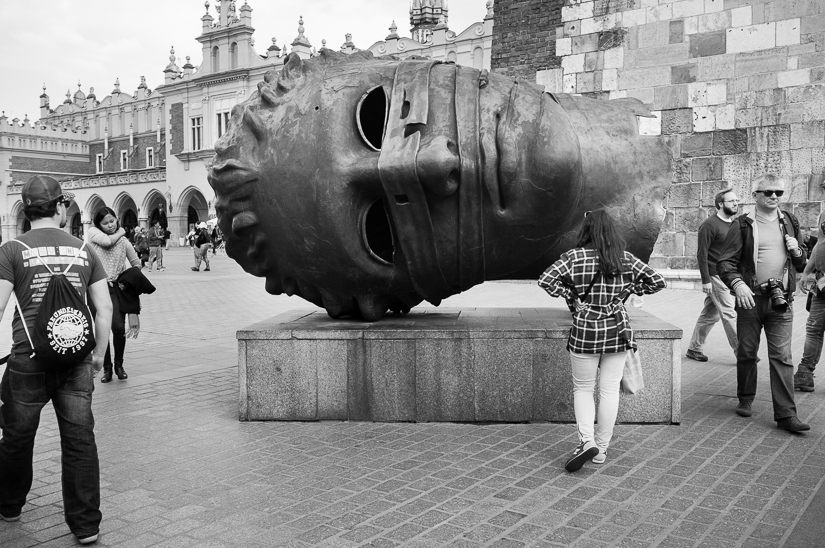
Some pretty great stonework / plasterwork (I'm no architect) in front of a cafe.
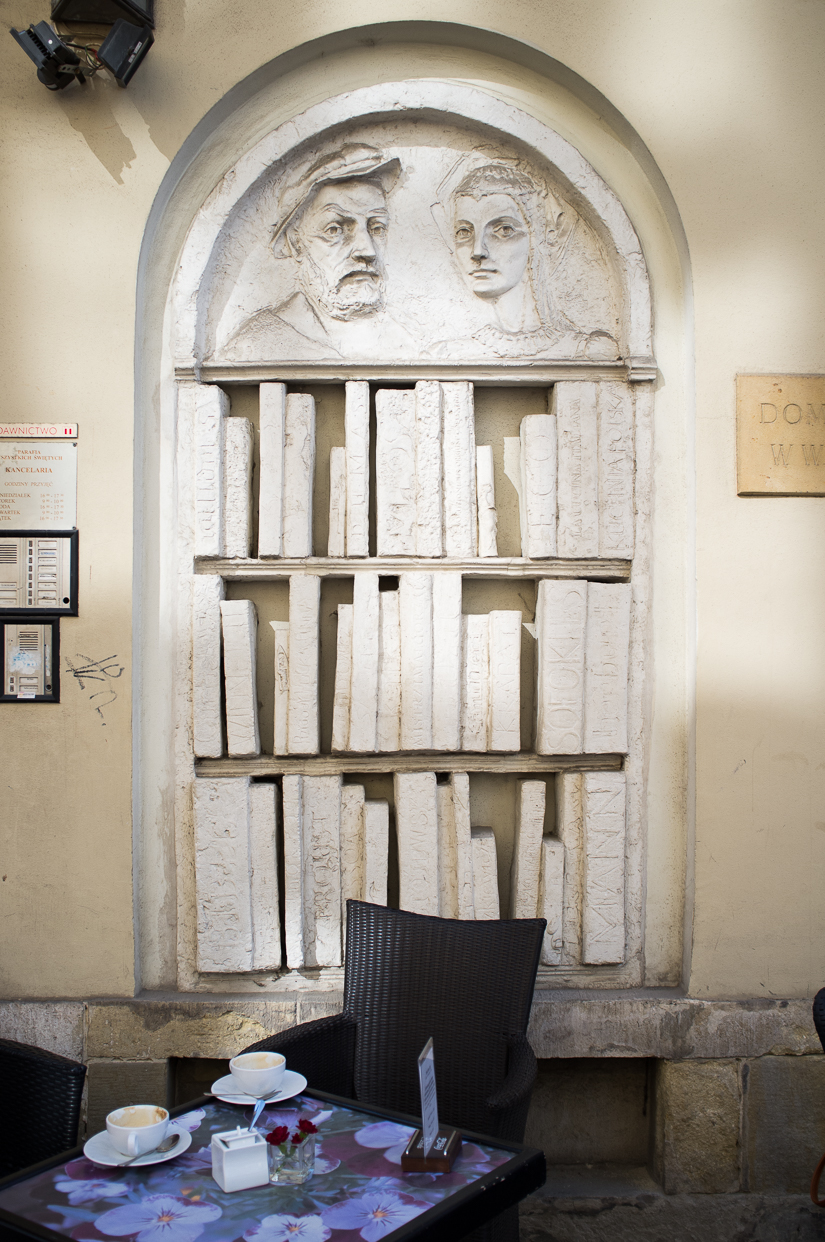
Check it - I think Krakow and Gothenburg must be sister cities!
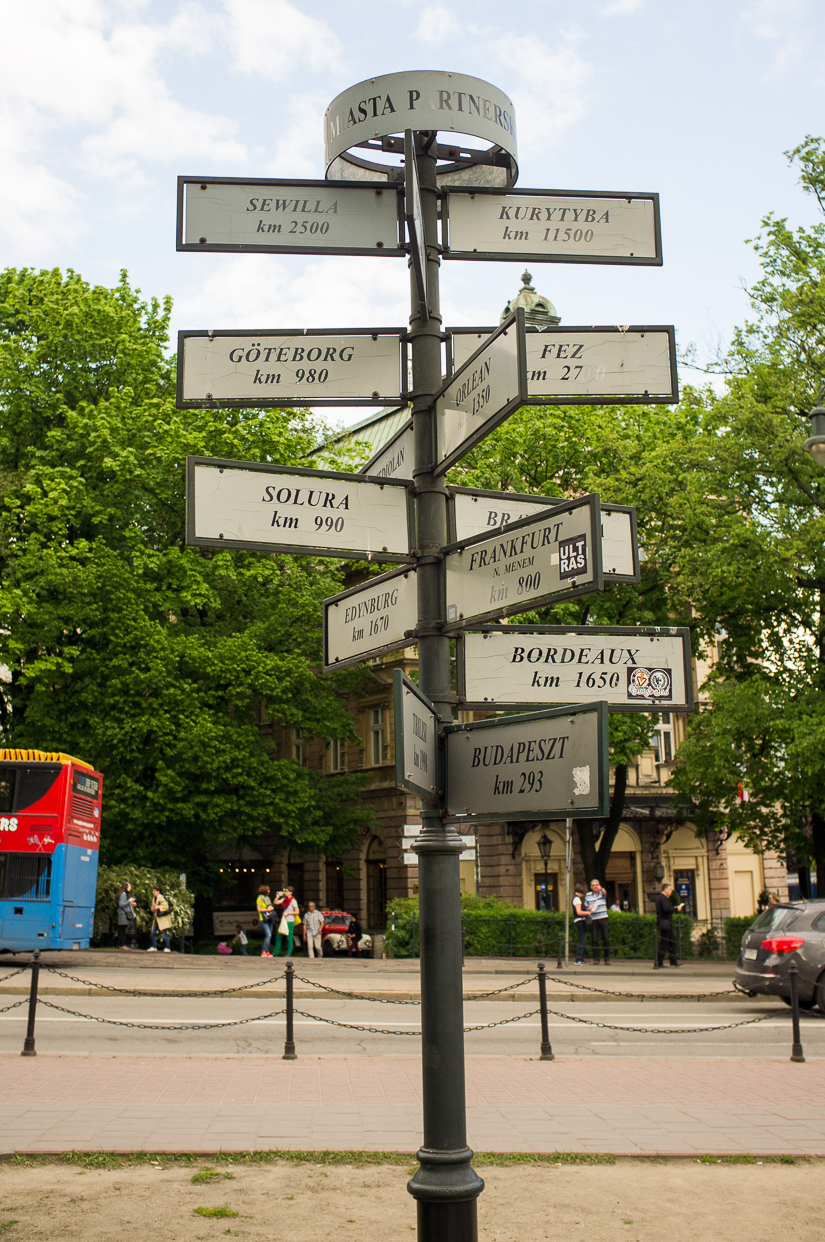
Of course, we went to Auschwitz. It was a pretty moving experience, even though there were a zillion tourists there. Two things struck me most: the ignorance and hope Jewish families brought with them, and the immense and utter cruelty of their death. You know that they would separate folks coming out of rail cars into two groups - those "fit to work" and those not. Those determined not fit to work went immediately to the gas chambers. This was 90% of everyone.
It's often baffling to me how six million people could allow themselves to be slaughtered - how could no one fight back? And Auschwitz really taught me the extent to which people believed they would not be killed, that there could be hope, that they could save their families. For instance, some Jews were actually sold
train tickets to Auschwitz, on the premises that they would have a new life there and be able to start again. Almost no one who came there realized it was a death camp. That's why the words on the famous gate are so brutal: work will set you free. For literally everyone, with the exception of a handful who were "rescued" by the Soviets at the end of the war, Auschwitz was nothing more than a death camp. Those who were "lucky" enough to be selected to work only lasted two or three months before their bodies gave up and they succumbed to starvation. It's an unfathomably dark chapter in human history.
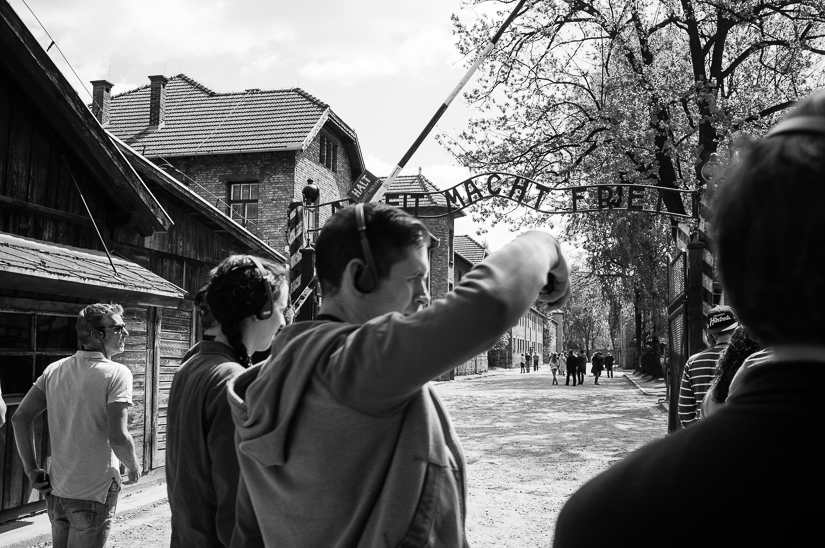
There's so much that could be said about Auschwitz, about the Holocaust, about Judaism, about genocide. But let's keep it light on the blog, amiright? If you don't know about this stuff, you need to learn. Otherwise, you know and we'll move on to fun stuff - like the Wieliczka salt mine! This thing was so fucking rad:
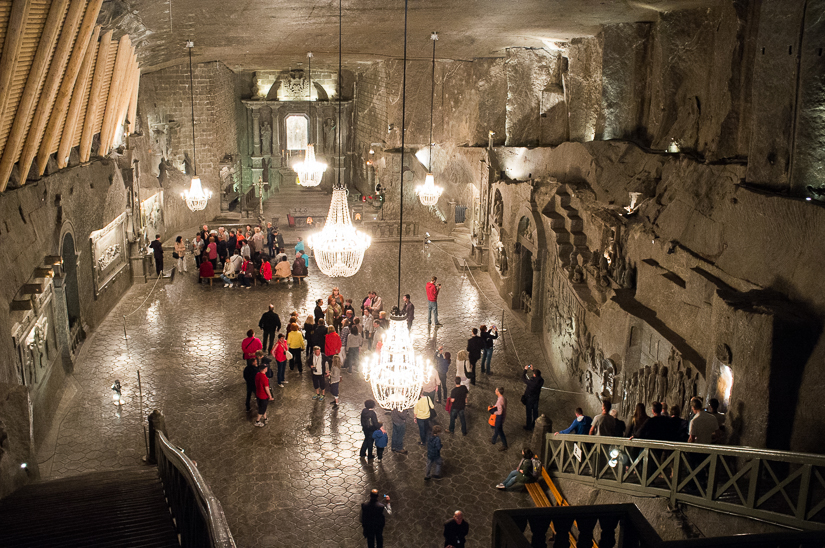
Yes, this is an underground
cathedral. These photos are taken from something like 60 meters underground. The salt mine is just a giant mountain of salt and nothing else - just good old NaCl - so everything that can be structurally removed is removed, leaving massive chambers behind. The miners built amazing rooms out of these chambers - cathedrals, chapels, ballrooms, etc. It's a super cool place and people have been visiting it for hundreds of years (including Copernicus!).
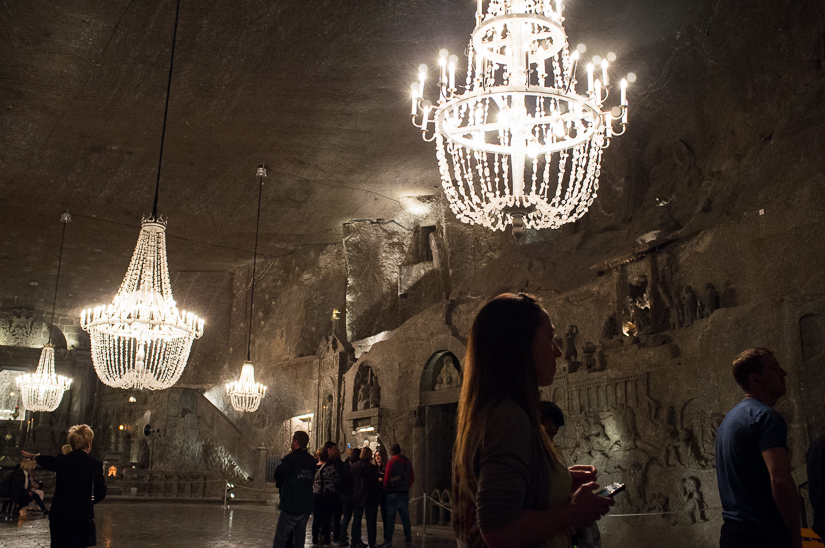
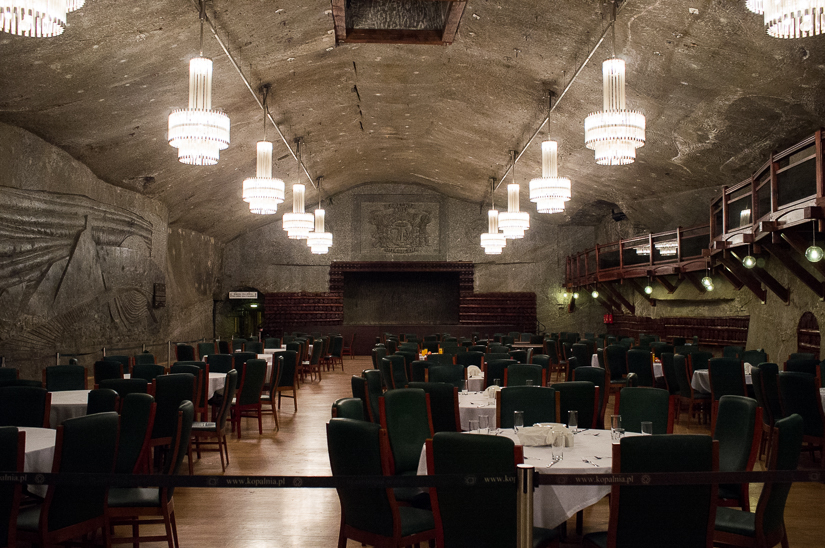
In almost every city, I had the pleasure of taking a "free" walking tour with the FreeWalkingTour.com people - I highly recommend them! You don't always get an amazing guide, but the structure of the tour says you can ditch out early if you think the guide sucks. And no doubt you'd pay more if you had to book something. I went on a "street art" tour in Krakow, after George had to go back to Sweden to work (hehe).
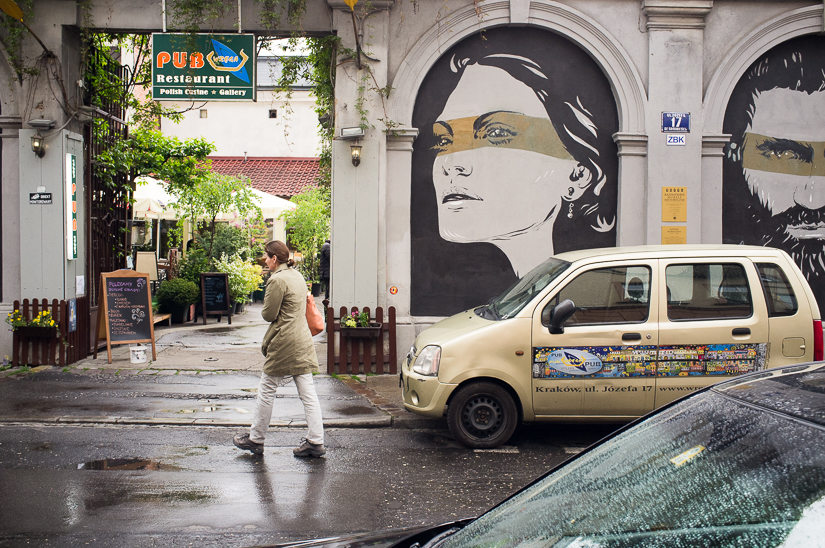
And then, as if I hadn't been busy before, I went onto the real whirlwind part of the trip. I was in Wroclaw for only a few hours on my way to Poznan.
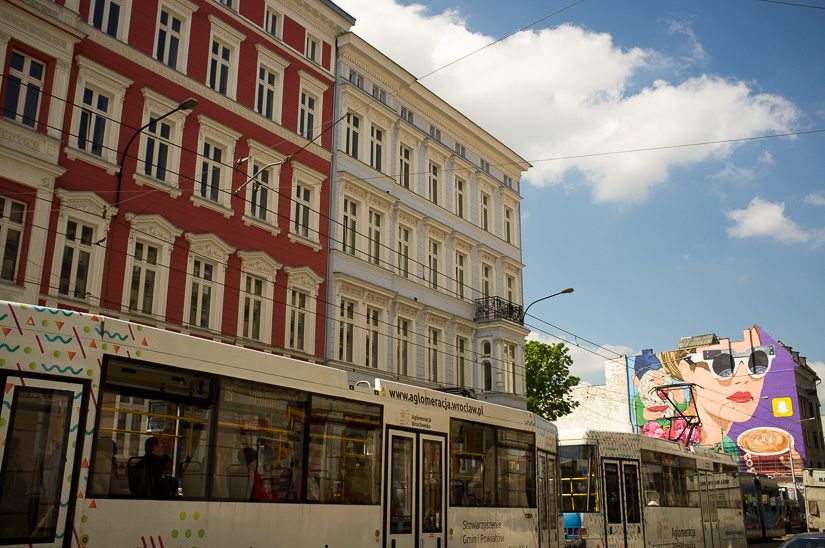
In Wroclaw, I had the amazing experience of eating at a Milk Bar, a holdover from Communist times when folks couldn't afford food. These cafeterias are subsidized by the government still, so they are ridiculously cheap. And actually the tastiest pierogi I had on the trip. Absolutely zero English was spoken and I had to get some college students to help me order. Also, the whole place was run by these old ladies in hair nets and little blue dresses and weird orthopedic sandals. It was awesome!
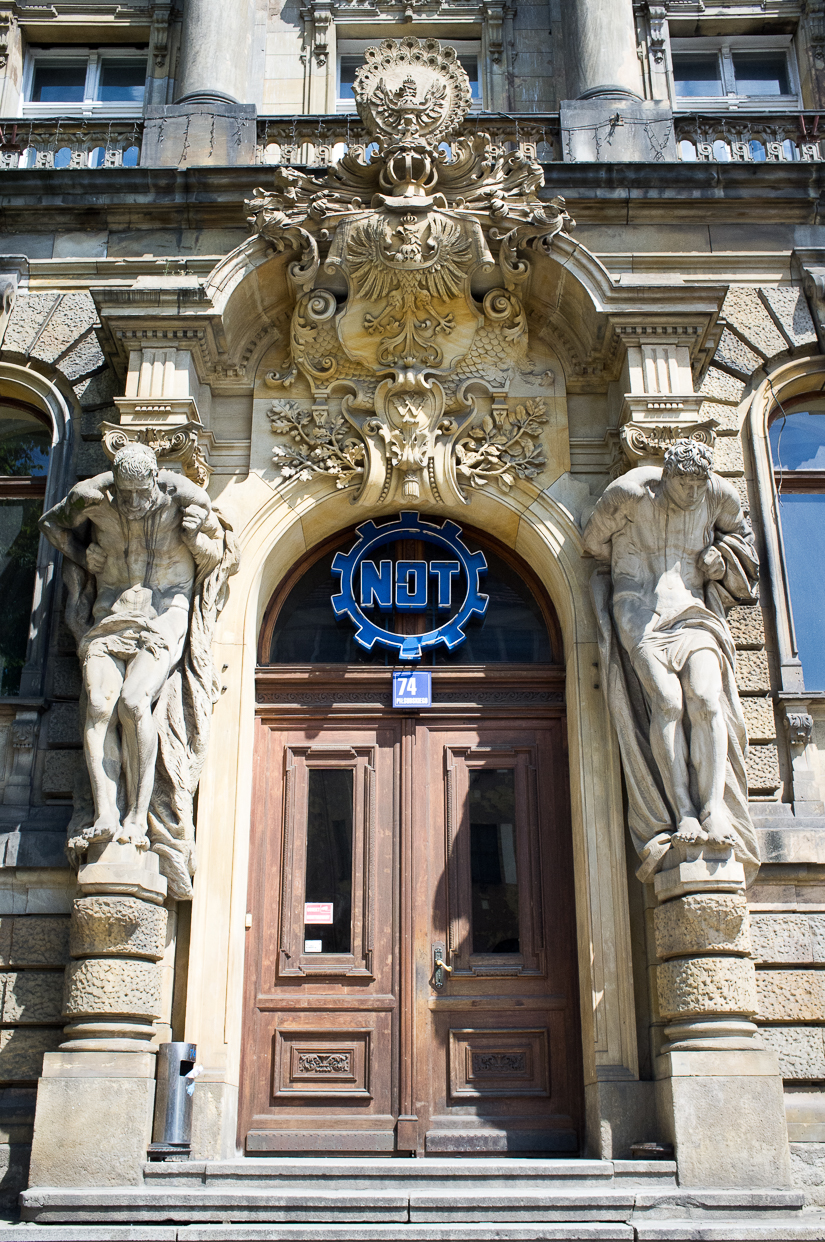
I was honestly surprised how little English I found in Poland. Traveling around Europe, you of course run into plenty of folk who don't speak, but often in tourist areas - restaurants, train offices, museums, etc. - you'll find lots of folks speak lots of English. Not so in Poland. I did a whole lot of pointing. I also managed not to pick up hardly any Polish the whole time. "Hello" was too damn hard to say so I mostly gave up, though I seem to have come away alright with "thank you" and "good morning".
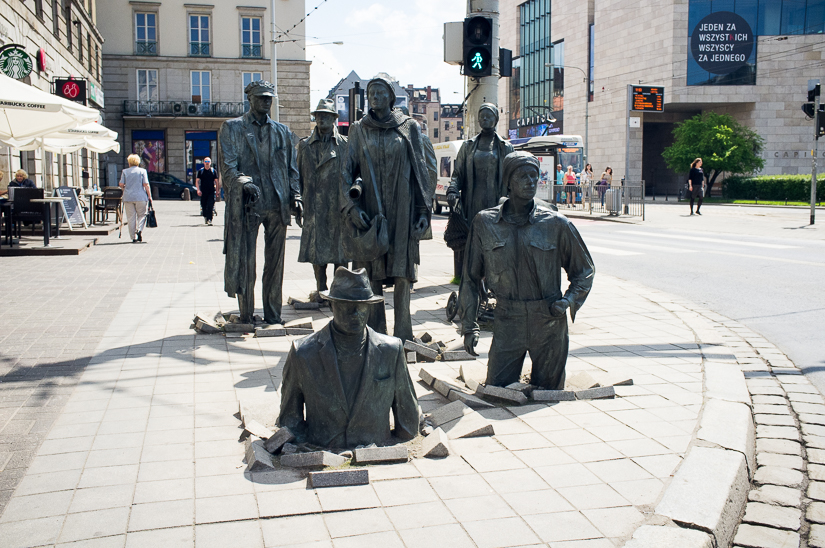
Old Town Wroclaw.
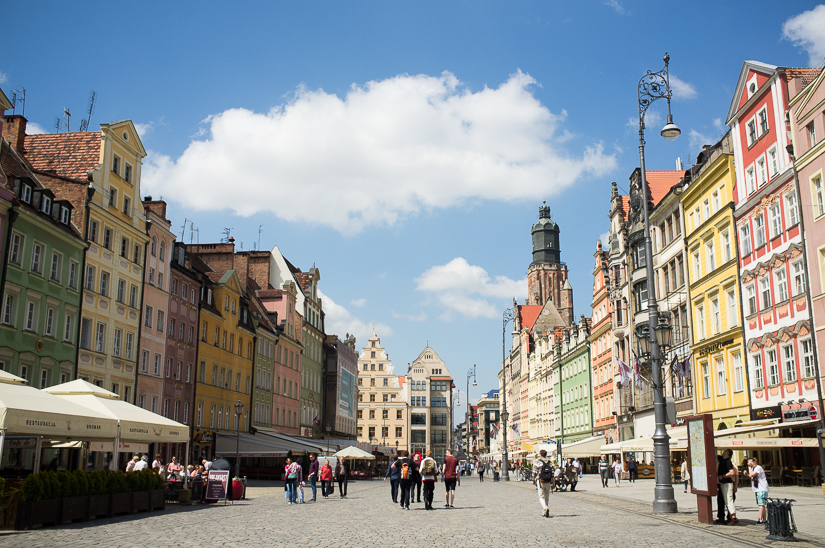
I had the best donut of my life in this city. I was walking into town and saw a whole bunch of people standing in line, so I figured that's what I should be doing as well. I was delighted to find they were ordering doughnuts. It was warm. It was sweet. It was enormous.
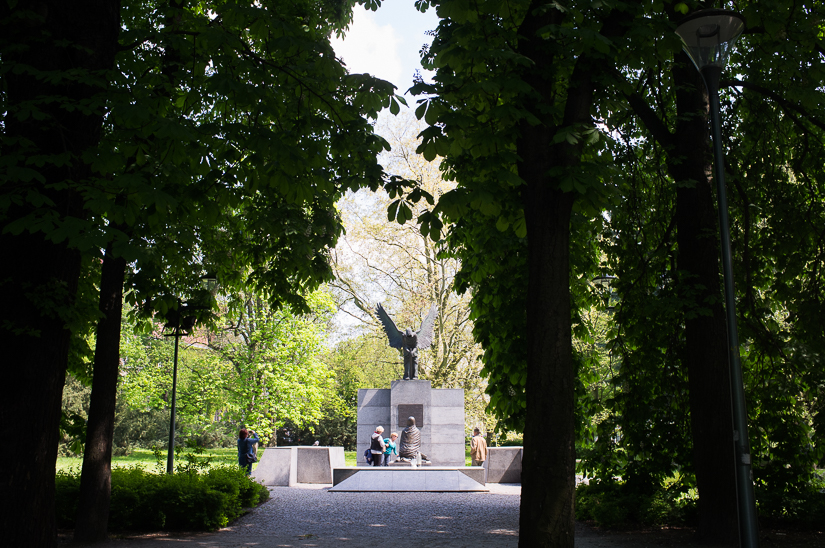
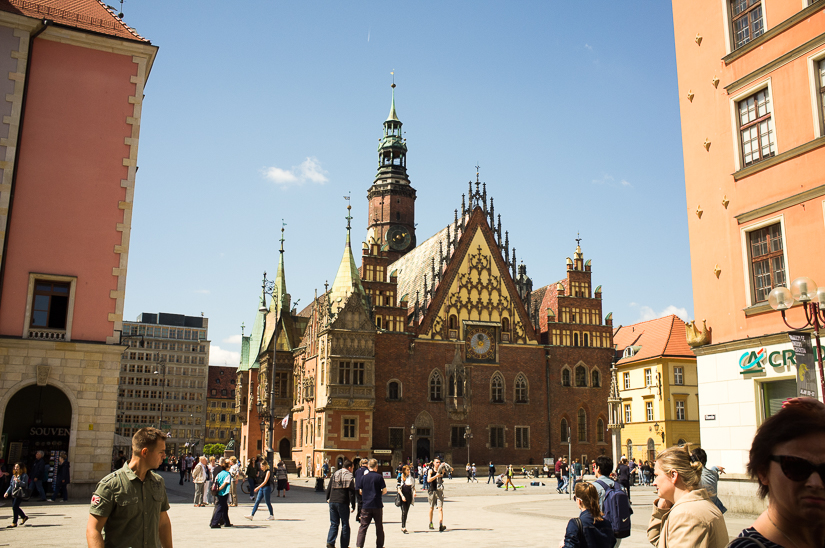
I took another free walking tour in Wroclaw. And it's like half my pictures even though I was only there maybe six hours!
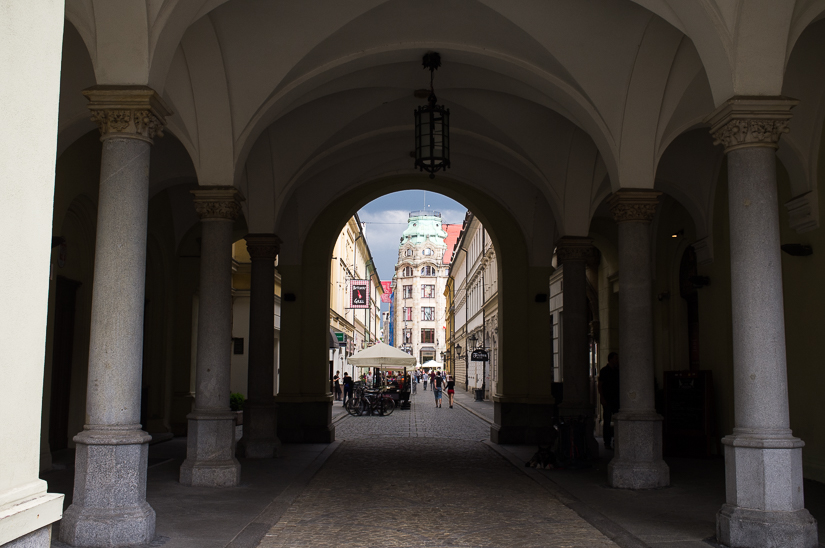
The oldest street in town.
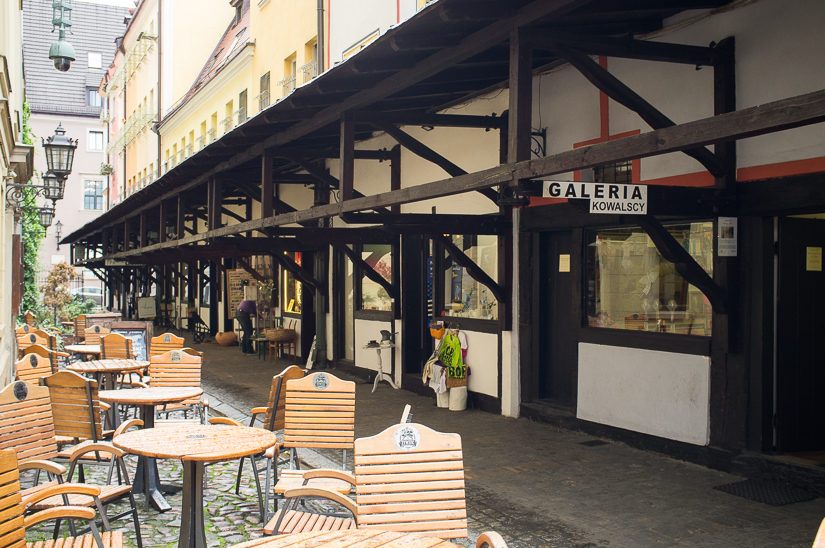
OK this is so cool. On the oldest street, they have a monument to the animals we raise and kill for food. They had a contest about who would make the monument but in the end decided they'd give each piece of it to a different artist - including someone who had to sculpt POOP. It's goat poop.
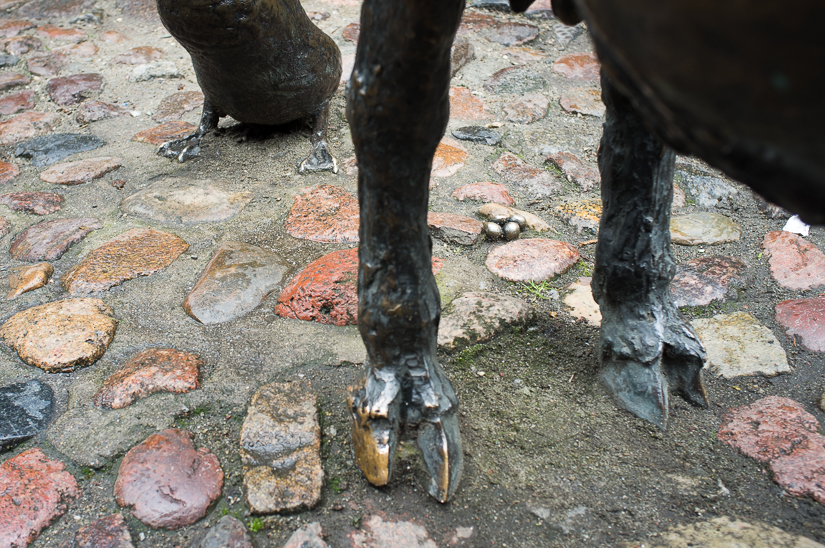
Also in Wroclaw, they have a zillion little dwarves all over town. This grew from a political protest movement towards the end of Communism here and now is a silly example of Capitalism - boom, we ... won? In any case, they're adorable and they're everywhere.
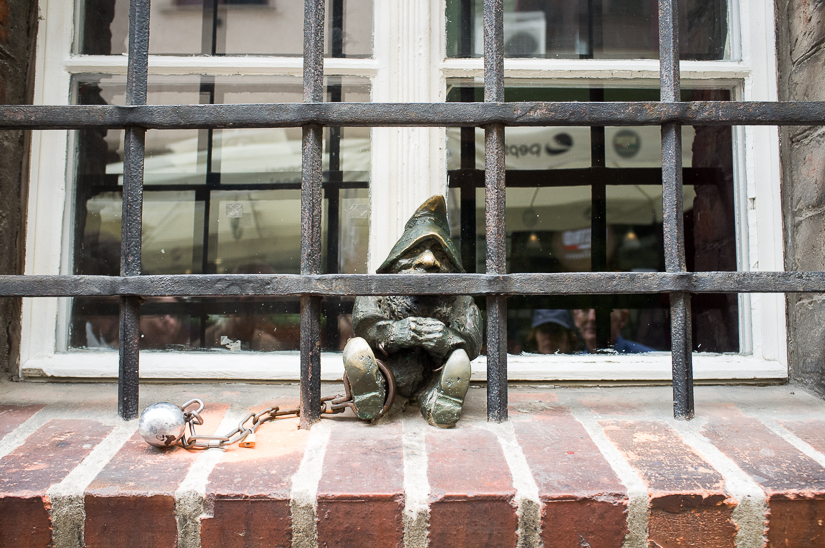
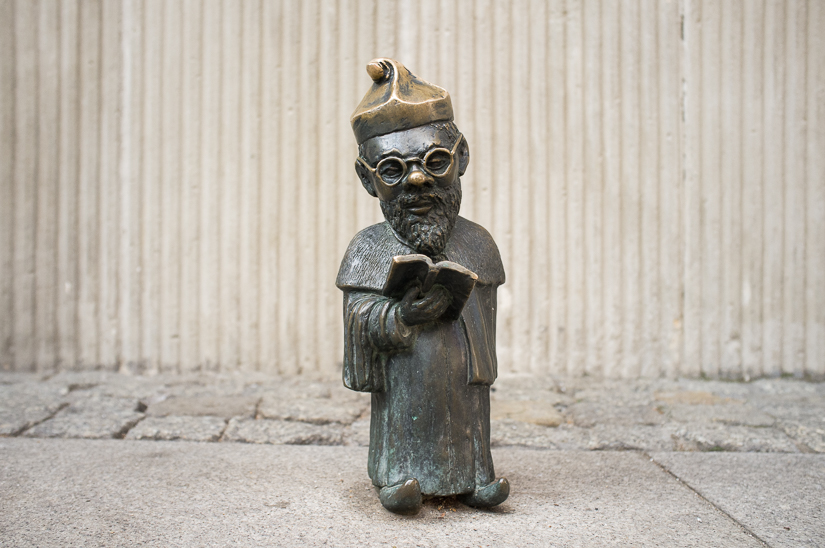
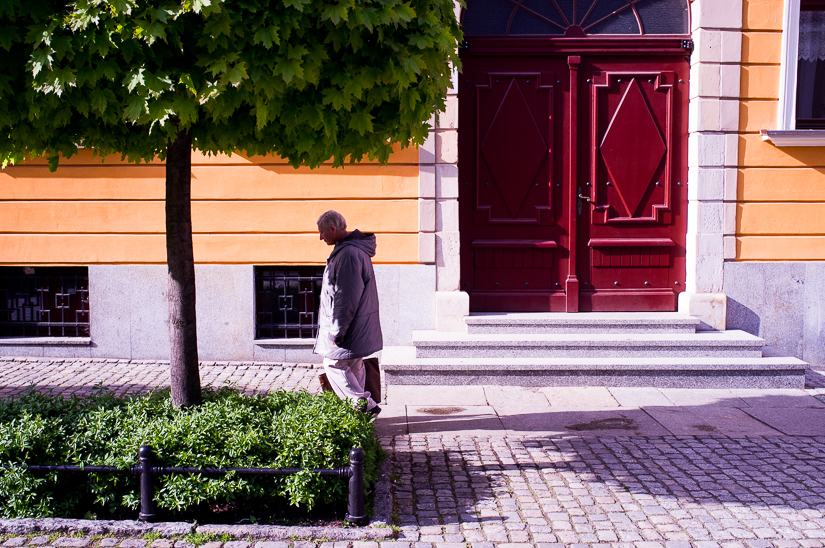
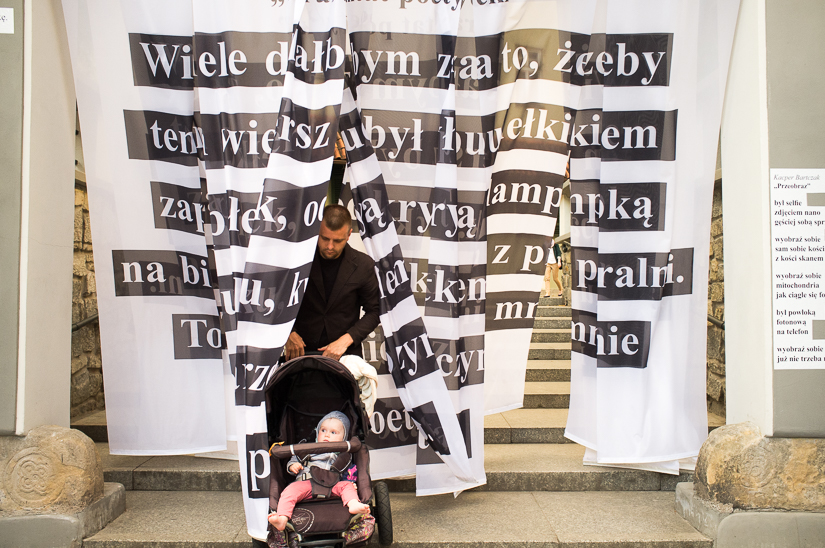
I took a late train out of Wroclaw and moved to Poznan, where I also had just a few hours. Nevertheless, I enjoyed this view out of my hostel window for my one night.
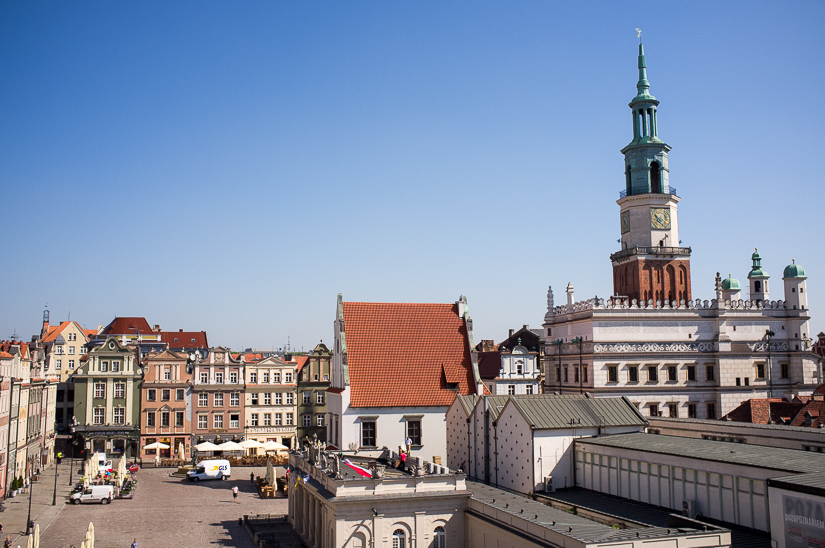
Poland likes to put their town halls and a bunch of other buildings right in the middle of their main squares.
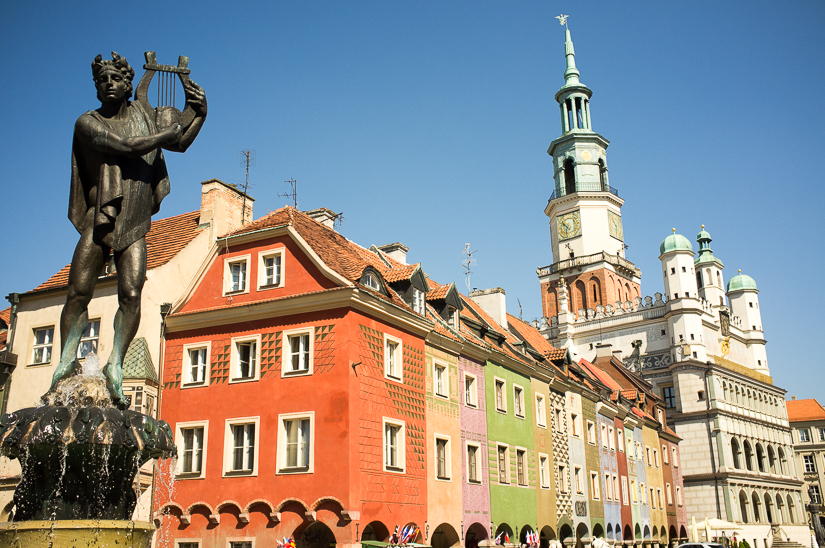
I stayed in the light green building, in the room with the open window on the left.
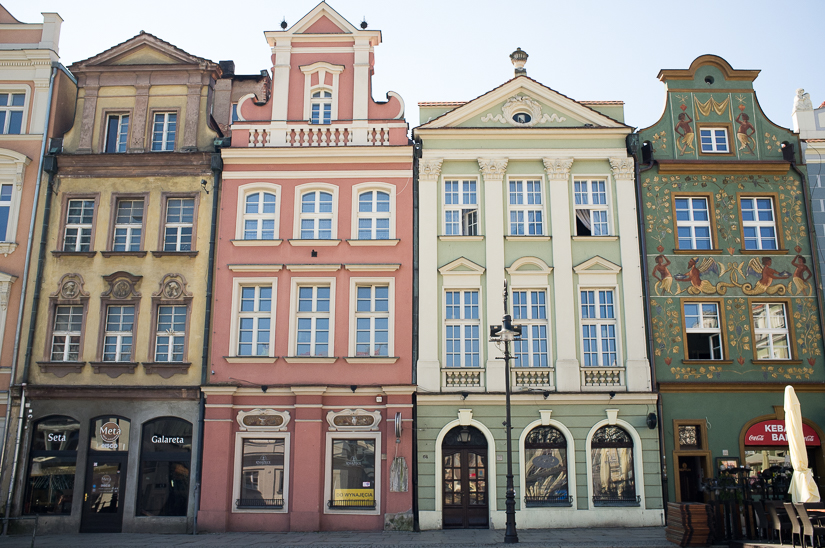
Right next door is this huge building that a bunch of squatters took over at some point in the recent future. The city managed to kick them out and it actually remains to be seen what will happen - they're supposed to get a bunch of money to open a social center. It's amusing and interesting that all this could play out literally catty-corner to the main square.
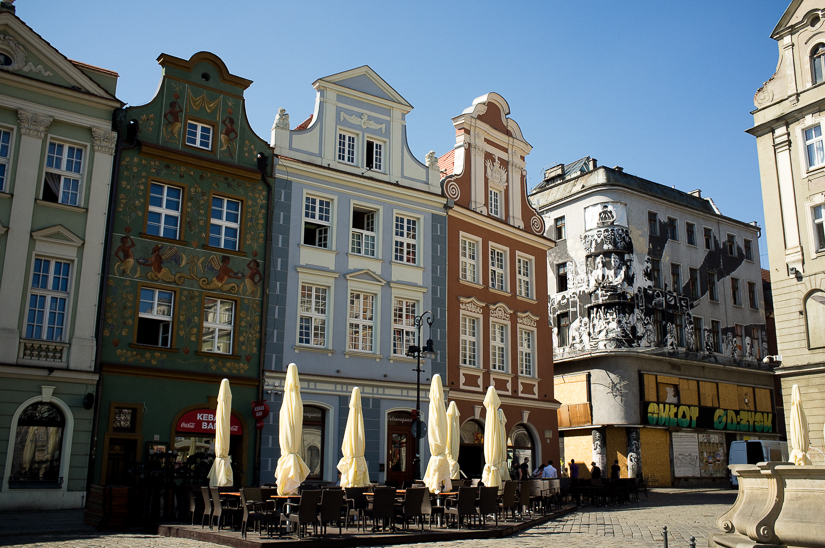
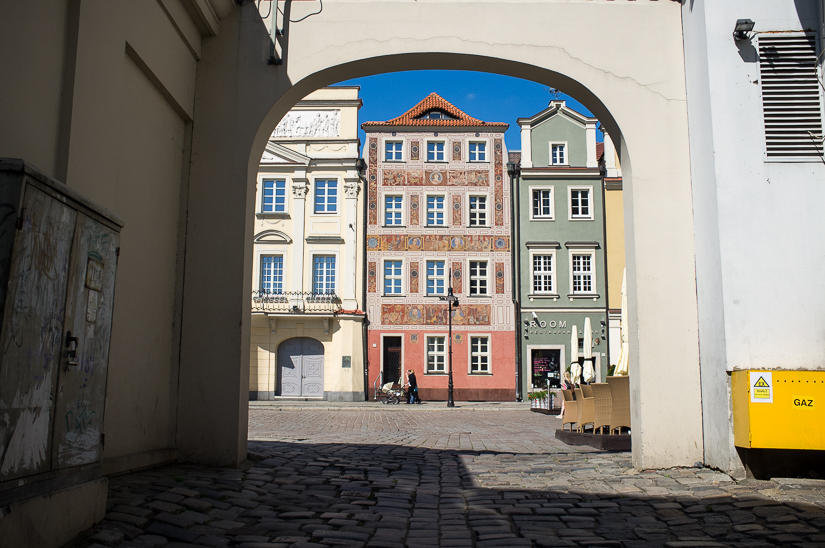
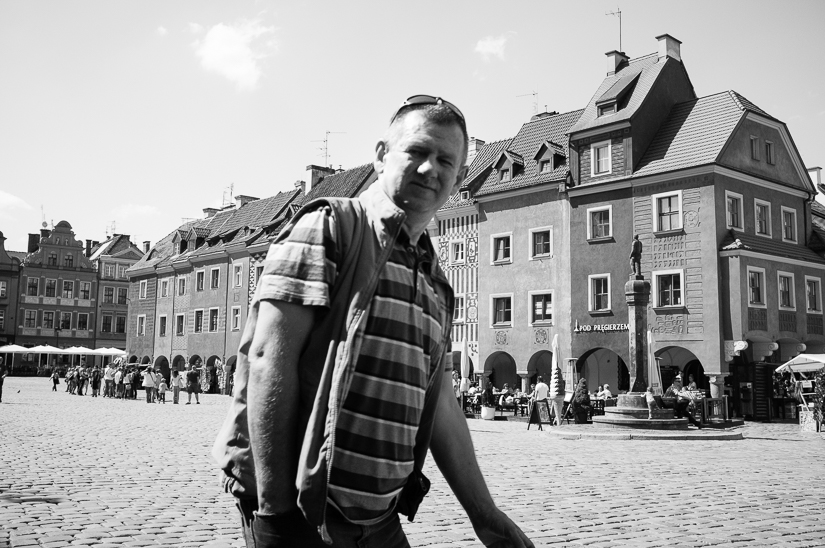
This is some famous guy who is concerned about global warming. Seems wrong to erect a fountain if that's the case, but I'm no city planner.
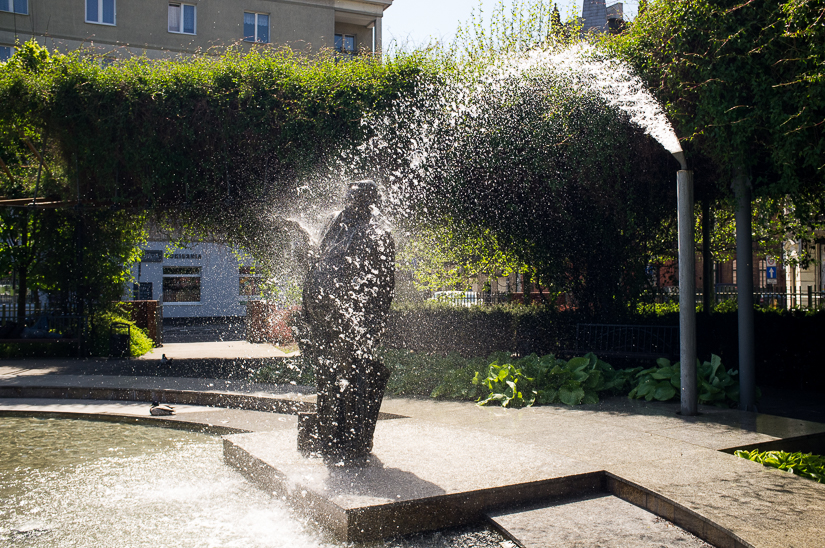
Yet another train to Torun, a really lovely little place pretty close to Warsaw and Gdansk. I was wildly off in finding the bus station (thanks Google) but I did get to see some fun out-of-the-way stuff.
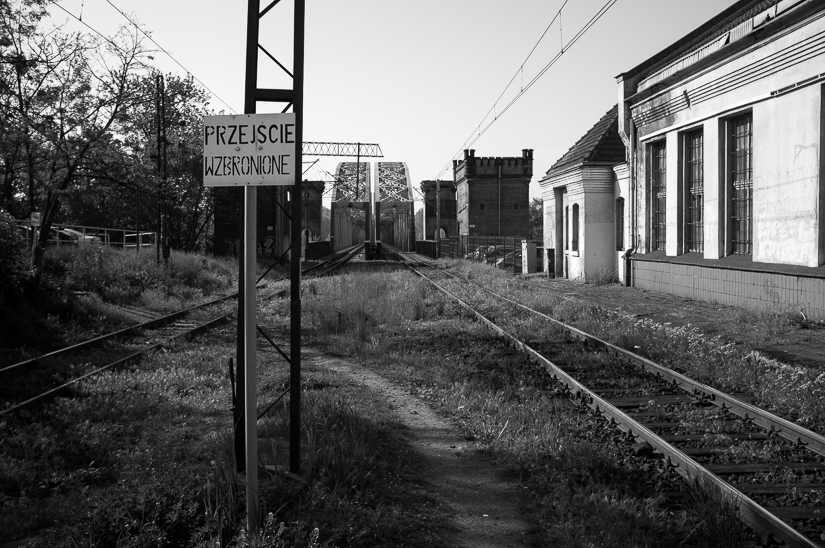
Torun wasn't bombed during the War, so many of the buildings are original. This one, for instance, is where Copernicus was born. Dude's family was straight loaded, y'all. Torun is also famous for gingerbread, which I ate lots of. I love when places are famous for cookies.
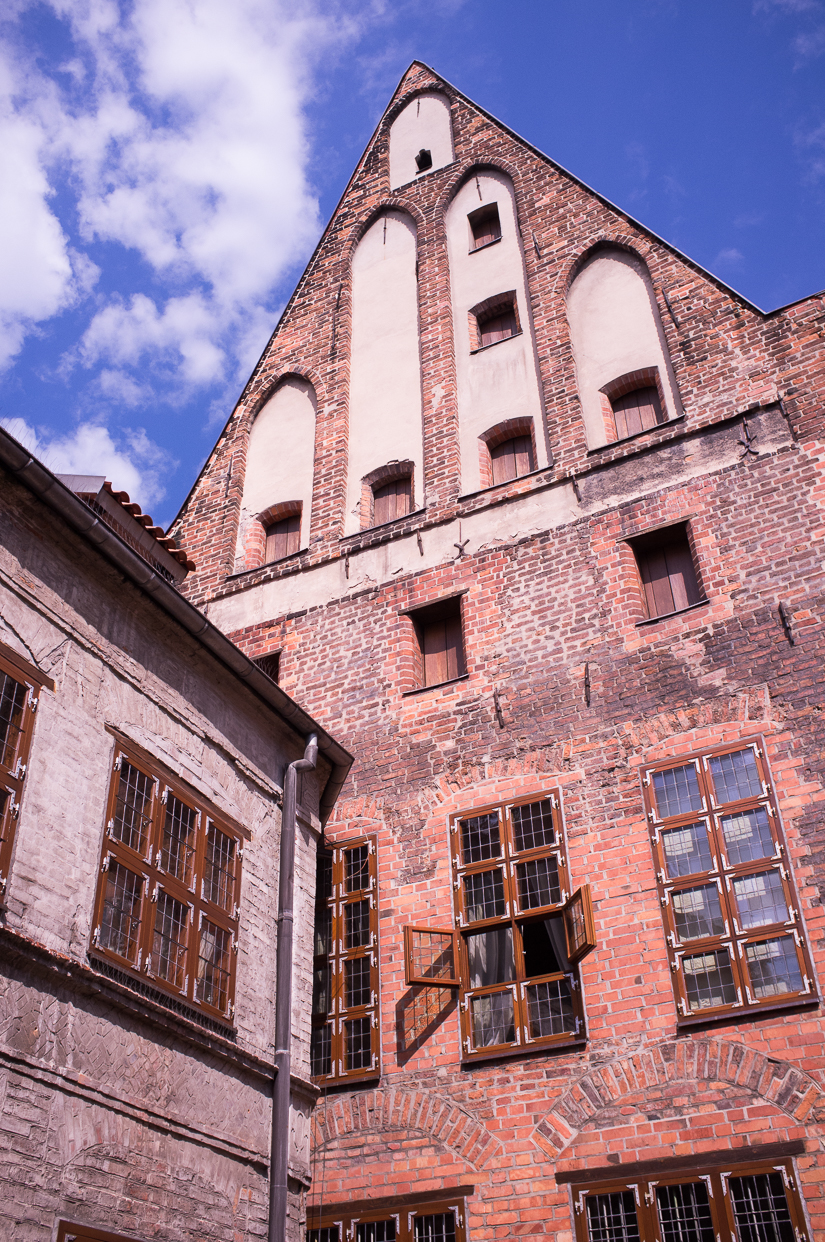
Everywhere I went, there were a thousand schoolchildren. Apparently in May Polish schoolchildren all do their fieldtrips, so literally every museum everywhere was filled to the brim. I was unable to do the gingerbread baking demonstration because it was taken up by a bunch of kids. Bummer! Here's a leaning tower thing:
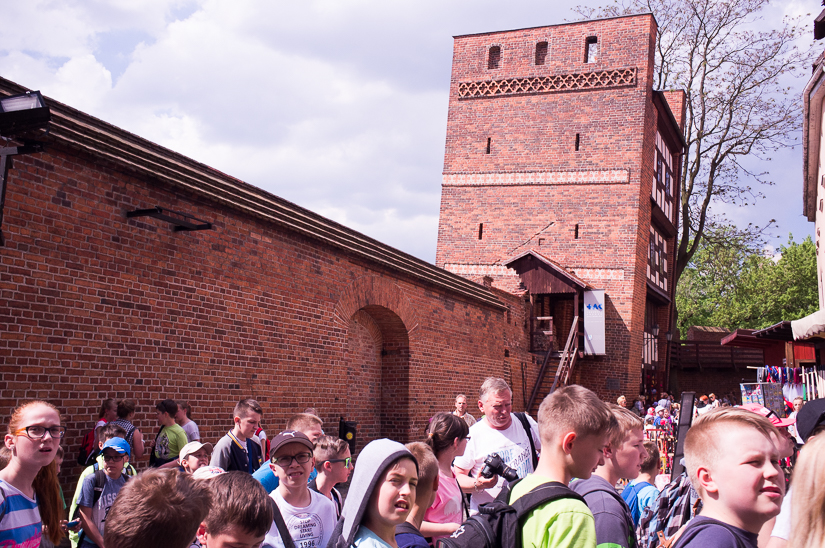
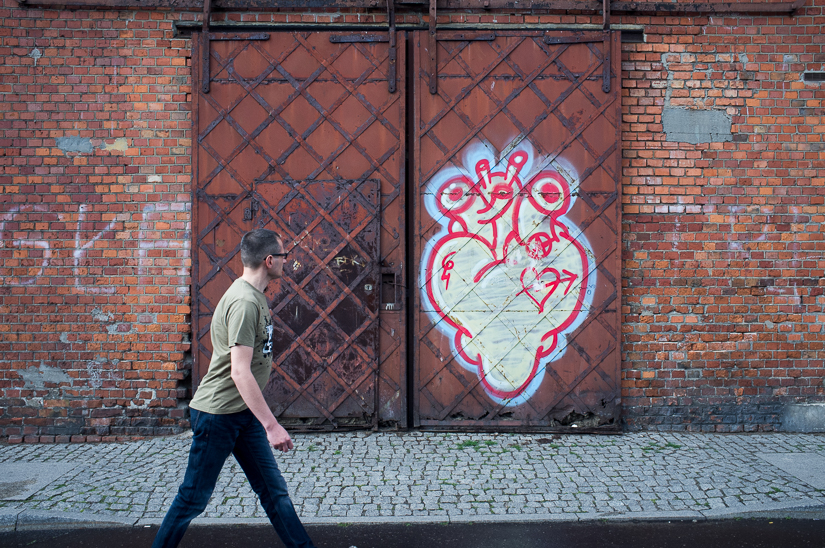
Street photography by-the-way: when you're attempting to take photos of people walking by, they will often think there's something remarkable about the setting you've put them in, and they'll look away from you. There's nothing you can do about it except wait for someone more oblivious, like a baby.
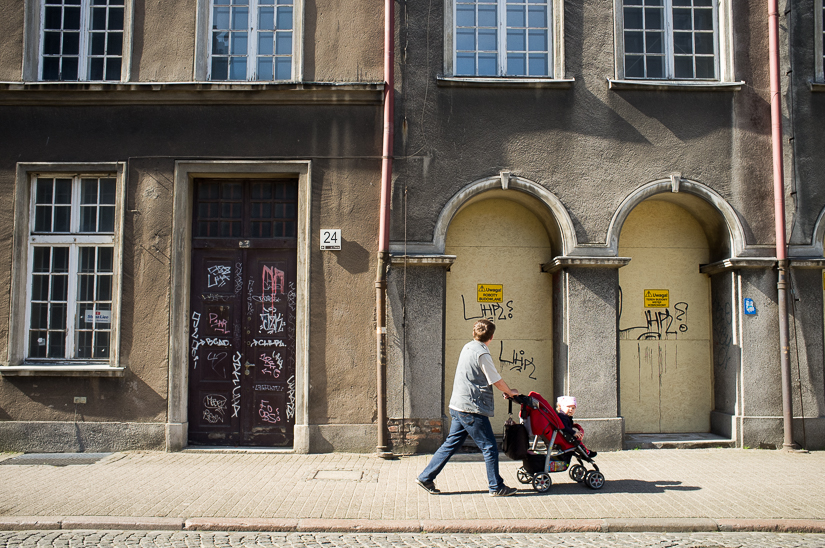
And finally, I had reached my last destination: Gdansk. Gdansk looks like Amsterdam or Copenhagen, really - lots of pretty, narrow, Mannerist houses on a canal. This city also took considerable damage during the War and has been, for the most part, reconstructed.
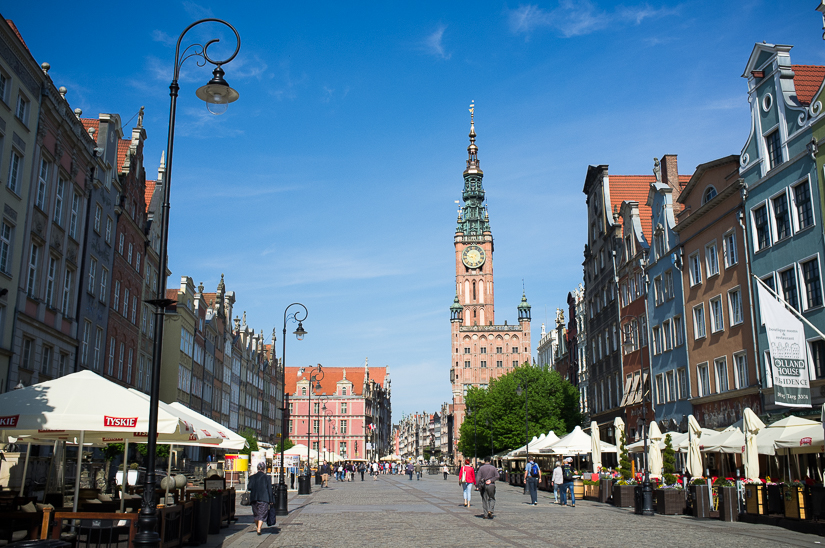
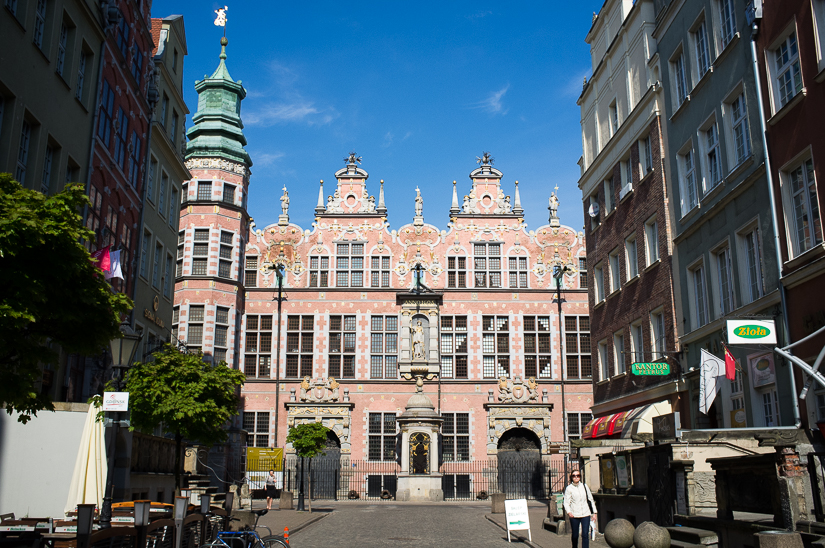
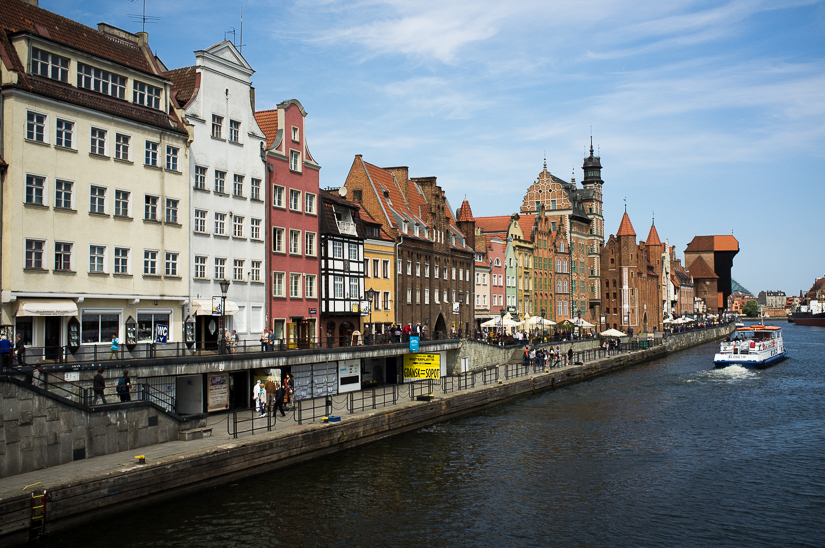
World War II started very near Gdansk, at Westerplatte. It was the first place shots were fired. Gdansk is also where Communism began to fall, as it was the site of the first successful strike (successful in the sense of establishing trade unions) behind the Iron Curtain. Poland was the first country to achieve independence in June, 1989.
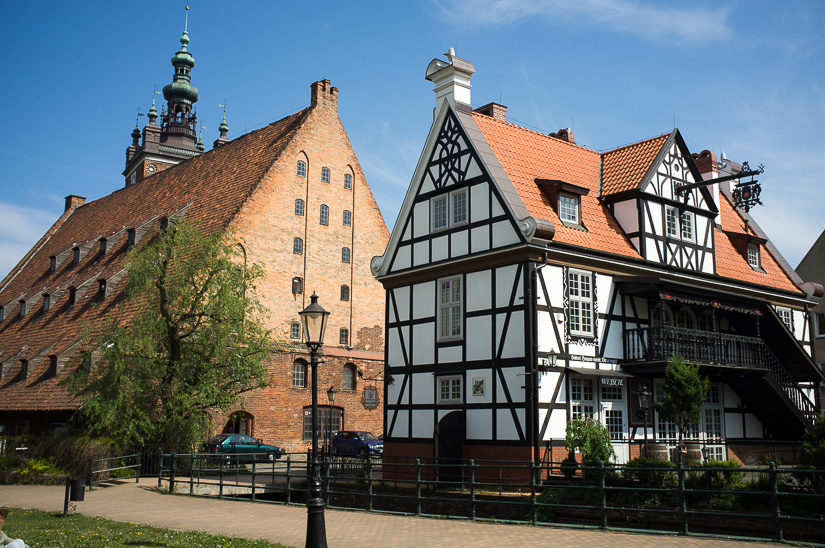
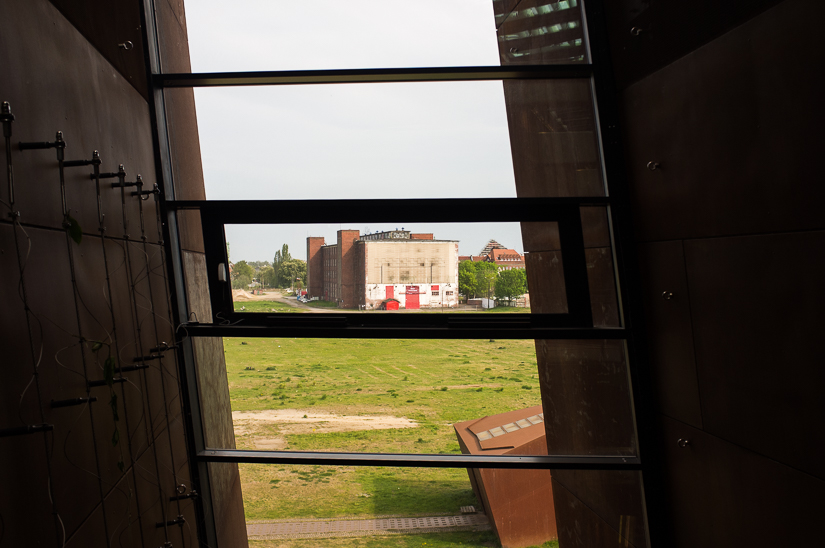
The gate where the strikes were held that established trade unions in Poland. They had another grueling nine years ahead of them before they could step out from under the Soviet boot. Poles are incredibly proud of their Solidarity movement - and it would seem rightfully so.
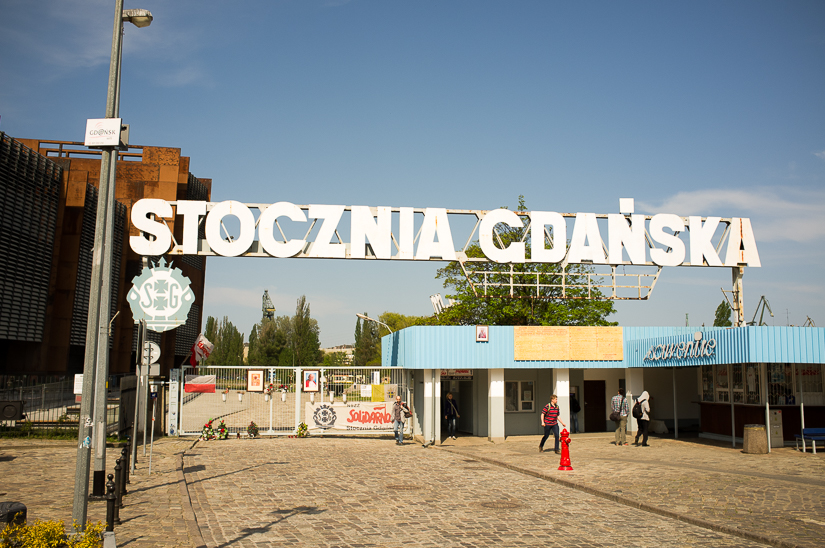
And that, my friends, was my trip to Poland! I would definitely go back - I moved way too fast. My favorite city? Probably Torun. Though I really liked all of them. And considering how damn cheaply I can fly there, I'd say Gdansk is the city I'm most likely to visit again.
Until next time! (On the travel agenda for the year: Oslo, Stockholm, Malmö, Marstrand and the West Coast, Edinburgh. Then, maybe / hopefully: Croatia, Northern Italy - Lake Como, the South of France, Spain, Thailand.)
 I got back Saturday from POLAND, an incredible country rich in nothing quite so much as history. I learned (and forgot) so many things about Poland, about Europe, about communism and its fall, about the War. My travels in Europe make me long for an intensive European history course. If only the history books weren't so damn boring. (Well, maybe actually visiting places is going to be more exciting than reading about it in any book).
I got back Saturday from POLAND, an incredible country rich in nothing quite so much as history. I learned (and forgot) so many things about Poland, about Europe, about communism and its fall, about the War. My travels in Europe make me long for an intensive European history course. If only the history books weren't so damn boring. (Well, maybe actually visiting places is going to be more exciting than reading about it in any book).
 We booked this trip a month before we took it because I realized only then that I'd have a 3-day week followed by a 2-day week in my Swedish course. That says to me ditch the last two days and take a fatty trip somewhere. So I did. Ten days in Poland and I covered a huge chunk of the country. But it was too fast. Poland is big, y'all. I'd most like to have 3 more days but if not, you'd have to cut two small cities or one large one. I'd love to have even more time to see the East as well.
We booked this trip a month before we took it because I realized only then that I'd have a 3-day week followed by a 2-day week in my Swedish course. That says to me ditch the last two days and take a fatty trip somewhere. So I did. Ten days in Poland and I covered a huge chunk of the country. But it was too fast. Poland is big, y'all. I'd most like to have 3 more days but if not, you'd have to cut two small cities or one large one. I'd love to have even more time to see the East as well.
 I flew in on Ryan Air and out on Wizz Air and though both airlines will nickel and dime you to your dying breath, it is freakin' awesome to fly between countries for nine dollars. Thank you budget airlines!
I flew in on Ryan Air and out on Wizz Air and though both airlines will nickel and dime you to your dying breath, it is freakin' awesome to fly between countries for nine dollars. Thank you budget airlines!
 I started the journey in Warsaw, which was completely devastated during the war. You've heard of the "Warsaw uprising" but you probably think it refers to a rebellion of Jews in the ghetto. There were actually two uprisings in Warsaw: one in the ghetto (it was in The Pianist) and another that the "regular" citizens undertook against the Nazis at the very end of the war. In retaliation, the Nazis simply leveled the city, taking it apart brick by brick (as opposed to other cities which were just bombed to shit). The city of Warsaw lost something like 60% of its population during the war.
I started the journey in Warsaw, which was completely devastated during the war. You've heard of the "Warsaw uprising" but you probably think it refers to a rebellion of Jews in the ghetto. There were actually two uprisings in Warsaw: one in the ghetto (it was in The Pianist) and another that the "regular" citizens undertook against the Nazis at the very end of the war. In retaliation, the Nazis simply leveled the city, taking it apart brick by brick (as opposed to other cities which were just bombed to shit). The city of Warsaw lost something like 60% of its population during the war.
 Warsaw also had a massive Jewish population pre-War. I wandered through the Jewish cemetery and couldn't believe how large it was. I've taken my fair share of wanders through Jewish cemeteries in other cities and this place was enormous in comparison. The ghetto itself took up most of what one considers "downtown" Warsaw. There are maps all over town showing you that you are in what was ghetto - because most of it was, during the War.
Warsaw also had a massive Jewish population pre-War. I wandered through the Jewish cemetery and couldn't believe how large it was. I've taken my fair share of wanders through Jewish cemeteries in other cities and this place was enormous in comparison. The ghetto itself took up most of what one considers "downtown" Warsaw. There are maps all over town showing you that you are in what was ghetto - because most of it was, during the War.
 This isn't the (apartment) building we stayed in, though AirBnB, but it did look exactly like this, but with more satellite dishes and gray, not white. It was quite Soviet, quite ugly. This abandoned monstrosity is at an incredibly busy intersection nearby.
This isn't the (apartment) building we stayed in, though AirBnB, but it did look exactly like this, but with more satellite dishes and gray, not white. It was quite Soviet, quite ugly. This abandoned monstrosity is at an incredibly busy intersection nearby.
 We were only in Warsaw two days - and only one for George. He joined me after a conference in Oxford and flew straight to Warsaw. Then we hopped an early train to Krakow. For this first picture, just check out the object near the bottom of the frame. It's made of metal. I have no idea what it is supposed to be, but we all know what it actually is.
We were only in Warsaw two days - and only one for George. He joined me after a conference in Oxford and flew straight to Warsaw. Then we hopped an early train to Krakow. For this first picture, just check out the object near the bottom of the frame. It's made of metal. I have no idea what it is supposed to be, but we all know what it actually is.

 Krakow was indeed much prettier than Warsaw, naturally. It was spared much bombing during the War because the Nazis just liked it a lot. This is a giant head in the main square.
Krakow was indeed much prettier than Warsaw, naturally. It was spared much bombing during the War because the Nazis just liked it a lot. This is a giant head in the main square.
 Some pretty great stonework / plasterwork (I'm no architect) in front of a cafe.
Some pretty great stonework / plasterwork (I'm no architect) in front of a cafe.
 Check it - I think Krakow and Gothenburg must be sister cities!
Check it - I think Krakow and Gothenburg must be sister cities!
 Of course, we went to Auschwitz. It was a pretty moving experience, even though there were a zillion tourists there. Two things struck me most: the ignorance and hope Jewish families brought with them, and the immense and utter cruelty of their death. You know that they would separate folks coming out of rail cars into two groups - those "fit to work" and those not. Those determined not fit to work went immediately to the gas chambers. This was 90% of everyone.
It's often baffling to me how six million people could allow themselves to be slaughtered - how could no one fight back? And Auschwitz really taught me the extent to which people believed they would not be killed, that there could be hope, that they could save their families. For instance, some Jews were actually sold train tickets to Auschwitz, on the premises that they would have a new life there and be able to start again. Almost no one who came there realized it was a death camp. That's why the words on the famous gate are so brutal: work will set you free. For literally everyone, with the exception of a handful who were "rescued" by the Soviets at the end of the war, Auschwitz was nothing more than a death camp. Those who were "lucky" enough to be selected to work only lasted two or three months before their bodies gave up and they succumbed to starvation. It's an unfathomably dark chapter in human history.
Of course, we went to Auschwitz. It was a pretty moving experience, even though there were a zillion tourists there. Two things struck me most: the ignorance and hope Jewish families brought with them, and the immense and utter cruelty of their death. You know that they would separate folks coming out of rail cars into two groups - those "fit to work" and those not. Those determined not fit to work went immediately to the gas chambers. This was 90% of everyone.
It's often baffling to me how six million people could allow themselves to be slaughtered - how could no one fight back? And Auschwitz really taught me the extent to which people believed they would not be killed, that there could be hope, that they could save their families. For instance, some Jews were actually sold train tickets to Auschwitz, on the premises that they would have a new life there and be able to start again. Almost no one who came there realized it was a death camp. That's why the words on the famous gate are so brutal: work will set you free. For literally everyone, with the exception of a handful who were "rescued" by the Soviets at the end of the war, Auschwitz was nothing more than a death camp. Those who were "lucky" enough to be selected to work only lasted two or three months before their bodies gave up and they succumbed to starvation. It's an unfathomably dark chapter in human history.
 There's so much that could be said about Auschwitz, about the Holocaust, about Judaism, about genocide. But let's keep it light on the blog, amiright? If you don't know about this stuff, you need to learn. Otherwise, you know and we'll move on to fun stuff - like the Wieliczka salt mine! This thing was so fucking rad:
There's so much that could be said about Auschwitz, about the Holocaust, about Judaism, about genocide. But let's keep it light on the blog, amiright? If you don't know about this stuff, you need to learn. Otherwise, you know and we'll move on to fun stuff - like the Wieliczka salt mine! This thing was so fucking rad:
 Yes, this is an underground cathedral. These photos are taken from something like 60 meters underground. The salt mine is just a giant mountain of salt and nothing else - just good old NaCl - so everything that can be structurally removed is removed, leaving massive chambers behind. The miners built amazing rooms out of these chambers - cathedrals, chapels, ballrooms, etc. It's a super cool place and people have been visiting it for hundreds of years (including Copernicus!).
Yes, this is an underground cathedral. These photos are taken from something like 60 meters underground. The salt mine is just a giant mountain of salt and nothing else - just good old NaCl - so everything that can be structurally removed is removed, leaving massive chambers behind. The miners built amazing rooms out of these chambers - cathedrals, chapels, ballrooms, etc. It's a super cool place and people have been visiting it for hundreds of years (including Copernicus!).

 In almost every city, I had the pleasure of taking a "free" walking tour with the FreeWalkingTour.com people - I highly recommend them! You don't always get an amazing guide, but the structure of the tour says you can ditch out early if you think the guide sucks. And no doubt you'd pay more if you had to book something. I went on a "street art" tour in Krakow, after George had to go back to Sweden to work (hehe).
In almost every city, I had the pleasure of taking a "free" walking tour with the FreeWalkingTour.com people - I highly recommend them! You don't always get an amazing guide, but the structure of the tour says you can ditch out early if you think the guide sucks. And no doubt you'd pay more if you had to book something. I went on a "street art" tour in Krakow, after George had to go back to Sweden to work (hehe).
 And then, as if I hadn't been busy before, I went onto the real whirlwind part of the trip. I was in Wroclaw for only a few hours on my way to Poznan.
And then, as if I hadn't been busy before, I went onto the real whirlwind part of the trip. I was in Wroclaw for only a few hours on my way to Poznan.
 In Wroclaw, I had the amazing experience of eating at a Milk Bar, a holdover from Communist times when folks couldn't afford food. These cafeterias are subsidized by the government still, so they are ridiculously cheap. And actually the tastiest pierogi I had on the trip. Absolutely zero English was spoken and I had to get some college students to help me order. Also, the whole place was run by these old ladies in hair nets and little blue dresses and weird orthopedic sandals. It was awesome!
In Wroclaw, I had the amazing experience of eating at a Milk Bar, a holdover from Communist times when folks couldn't afford food. These cafeterias are subsidized by the government still, so they are ridiculously cheap. And actually the tastiest pierogi I had on the trip. Absolutely zero English was spoken and I had to get some college students to help me order. Also, the whole place was run by these old ladies in hair nets and little blue dresses and weird orthopedic sandals. It was awesome!
 I was honestly surprised how little English I found in Poland. Traveling around Europe, you of course run into plenty of folk who don't speak, but often in tourist areas - restaurants, train offices, museums, etc. - you'll find lots of folks speak lots of English. Not so in Poland. I did a whole lot of pointing. I also managed not to pick up hardly any Polish the whole time. "Hello" was too damn hard to say so I mostly gave up, though I seem to have come away alright with "thank you" and "good morning".
I was honestly surprised how little English I found in Poland. Traveling around Europe, you of course run into plenty of folk who don't speak, but often in tourist areas - restaurants, train offices, museums, etc. - you'll find lots of folks speak lots of English. Not so in Poland. I did a whole lot of pointing. I also managed not to pick up hardly any Polish the whole time. "Hello" was too damn hard to say so I mostly gave up, though I seem to have come away alright with "thank you" and "good morning".
 Old Town Wroclaw.
Old Town Wroclaw.
 I had the best donut of my life in this city. I was walking into town and saw a whole bunch of people standing in line, so I figured that's what I should be doing as well. I was delighted to find they were ordering doughnuts. It was warm. It was sweet. It was enormous.
I had the best donut of my life in this city. I was walking into town and saw a whole bunch of people standing in line, so I figured that's what I should be doing as well. I was delighted to find they were ordering doughnuts. It was warm. It was sweet. It was enormous.

 I took another free walking tour in Wroclaw. And it's like half my pictures even though I was only there maybe six hours!
I took another free walking tour in Wroclaw. And it's like half my pictures even though I was only there maybe six hours!
 The oldest street in town.
The oldest street in town.
 OK this is so cool. On the oldest street, they have a monument to the animals we raise and kill for food. They had a contest about who would make the monument but in the end decided they'd give each piece of it to a different artist - including someone who had to sculpt POOP. It's goat poop.
OK this is so cool. On the oldest street, they have a monument to the animals we raise and kill for food. They had a contest about who would make the monument but in the end decided they'd give each piece of it to a different artist - including someone who had to sculpt POOP. It's goat poop.
 Also in Wroclaw, they have a zillion little dwarves all over town. This grew from a political protest movement towards the end of Communism here and now is a silly example of Capitalism - boom, we ... won? In any case, they're adorable and they're everywhere.
Also in Wroclaw, they have a zillion little dwarves all over town. This grew from a political protest movement towards the end of Communism here and now is a silly example of Capitalism - boom, we ... won? In any case, they're adorable and they're everywhere.



 I took a late train out of Wroclaw and moved to Poznan, where I also had just a few hours. Nevertheless, I enjoyed this view out of my hostel window for my one night.
I took a late train out of Wroclaw and moved to Poznan, where I also had just a few hours. Nevertheless, I enjoyed this view out of my hostel window for my one night.
 Poland likes to put their town halls and a bunch of other buildings right in the middle of their main squares.
Poland likes to put their town halls and a bunch of other buildings right in the middle of their main squares.
 I stayed in the light green building, in the room with the open window on the left.
I stayed in the light green building, in the room with the open window on the left.
 Right next door is this huge building that a bunch of squatters took over at some point in the recent future. The city managed to kick them out and it actually remains to be seen what will happen - they're supposed to get a bunch of money to open a social center. It's amusing and interesting that all this could play out literally catty-corner to the main square.
Right next door is this huge building that a bunch of squatters took over at some point in the recent future. The city managed to kick them out and it actually remains to be seen what will happen - they're supposed to get a bunch of money to open a social center. It's amusing and interesting that all this could play out literally catty-corner to the main square.


 This is some famous guy who is concerned about global warming. Seems wrong to erect a fountain if that's the case, but I'm no city planner.
This is some famous guy who is concerned about global warming. Seems wrong to erect a fountain if that's the case, but I'm no city planner.
 Yet another train to Torun, a really lovely little place pretty close to Warsaw and Gdansk. I was wildly off in finding the bus station (thanks Google) but I did get to see some fun out-of-the-way stuff.
Yet another train to Torun, a really lovely little place pretty close to Warsaw and Gdansk. I was wildly off in finding the bus station (thanks Google) but I did get to see some fun out-of-the-way stuff.
 Torun wasn't bombed during the War, so many of the buildings are original. This one, for instance, is where Copernicus was born. Dude's family was straight loaded, y'all. Torun is also famous for gingerbread, which I ate lots of. I love when places are famous for cookies.
Torun wasn't bombed during the War, so many of the buildings are original. This one, for instance, is where Copernicus was born. Dude's family was straight loaded, y'all. Torun is also famous for gingerbread, which I ate lots of. I love when places are famous for cookies.
 Everywhere I went, there were a thousand schoolchildren. Apparently in May Polish schoolchildren all do their fieldtrips, so literally every museum everywhere was filled to the brim. I was unable to do the gingerbread baking demonstration because it was taken up by a bunch of kids. Bummer! Here's a leaning tower thing:
Everywhere I went, there were a thousand schoolchildren. Apparently in May Polish schoolchildren all do their fieldtrips, so literally every museum everywhere was filled to the brim. I was unable to do the gingerbread baking demonstration because it was taken up by a bunch of kids. Bummer! Here's a leaning tower thing:

 Street photography by-the-way: when you're attempting to take photos of people walking by, they will often think there's something remarkable about the setting you've put them in, and they'll look away from you. There's nothing you can do about it except wait for someone more oblivious, like a baby.
Street photography by-the-way: when you're attempting to take photos of people walking by, they will often think there's something remarkable about the setting you've put them in, and they'll look away from you. There's nothing you can do about it except wait for someone more oblivious, like a baby.
 And finally, I had reached my last destination: Gdansk. Gdansk looks like Amsterdam or Copenhagen, really - lots of pretty, narrow, Mannerist houses on a canal. This city also took considerable damage during the War and has been, for the most part, reconstructed.
And finally, I had reached my last destination: Gdansk. Gdansk looks like Amsterdam or Copenhagen, really - lots of pretty, narrow, Mannerist houses on a canal. This city also took considerable damage during the War and has been, for the most part, reconstructed.


 World War II started very near Gdansk, at Westerplatte. It was the first place shots were fired. Gdansk is also where Communism began to fall, as it was the site of the first successful strike (successful in the sense of establishing trade unions) behind the Iron Curtain. Poland was the first country to achieve independence in June, 1989.
World War II started very near Gdansk, at Westerplatte. It was the first place shots were fired. Gdansk is also where Communism began to fall, as it was the site of the first successful strike (successful in the sense of establishing trade unions) behind the Iron Curtain. Poland was the first country to achieve independence in June, 1989.

 The gate where the strikes were held that established trade unions in Poland. They had another grueling nine years ahead of them before they could step out from under the Soviet boot. Poles are incredibly proud of their Solidarity movement - and it would seem rightfully so.
The gate where the strikes were held that established trade unions in Poland. They had another grueling nine years ahead of them before they could step out from under the Soviet boot. Poles are incredibly proud of their Solidarity movement - and it would seem rightfully so.
 And that, my friends, was my trip to Poland! I would definitely go back - I moved way too fast. My favorite city? Probably Torun. Though I really liked all of them. And considering how damn cheaply I can fly there, I'd say Gdansk is the city I'm most likely to visit again.
Until next time! (On the travel agenda for the year: Oslo, Stockholm, Malmö, Marstrand and the West Coast, Edinburgh. Then, maybe / hopefully: Croatia, Northern Italy - Lake Como, the South of France, Spain, Thailand.)
And that, my friends, was my trip to Poland! I would definitely go back - I moved way too fast. My favorite city? Probably Torun. Though I really liked all of them. And considering how damn cheaply I can fly there, I'd say Gdansk is the city I'm most likely to visit again.
Until next time! (On the travel agenda for the year: Oslo, Stockholm, Malmö, Marstrand and the West Coast, Edinburgh. Then, maybe / hopefully: Croatia, Northern Italy - Lake Como, the South of France, Spain, Thailand.)
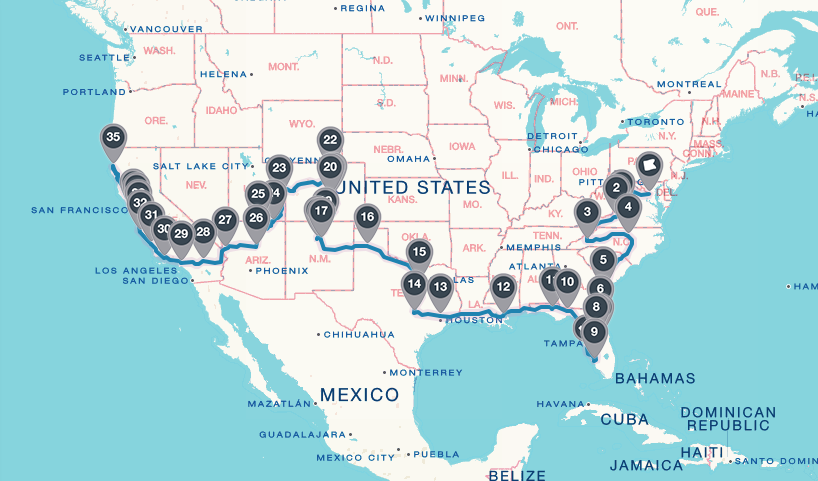 Virginia, from Safari Park to the Blue Ridge Mountains.
Virginia, from Safari Park to the Blue Ridge Mountains.
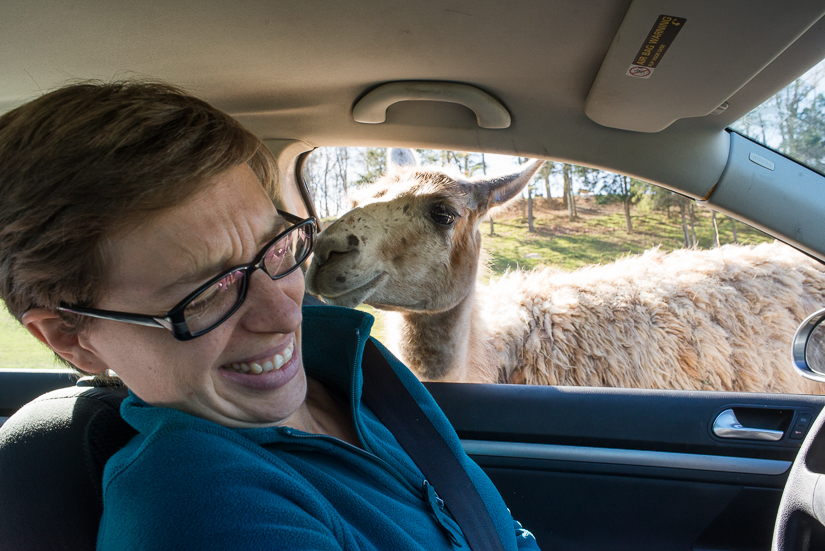
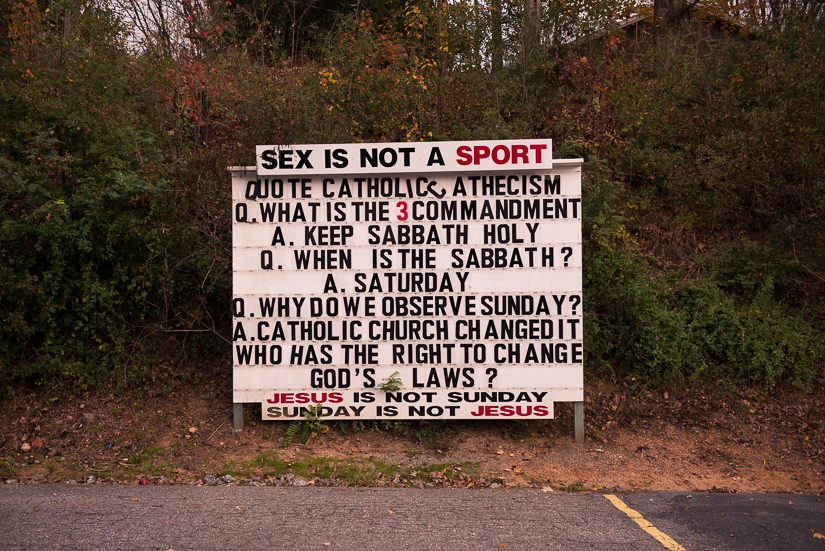
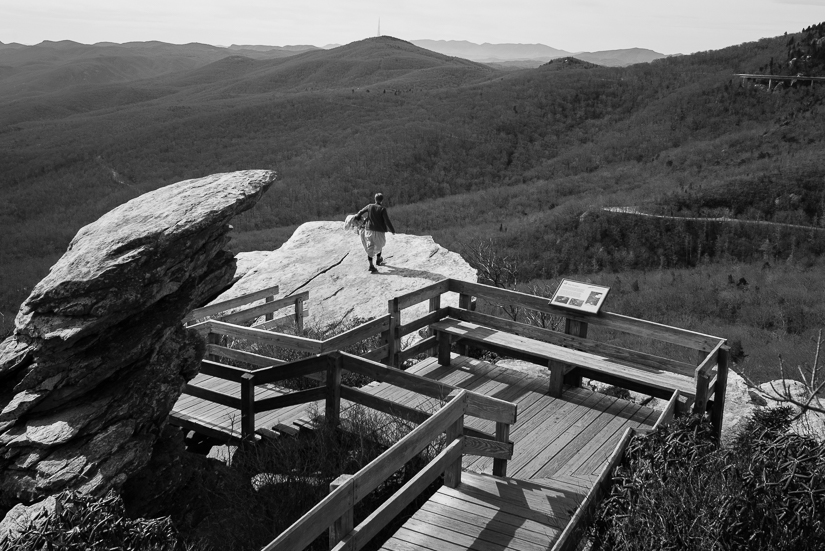
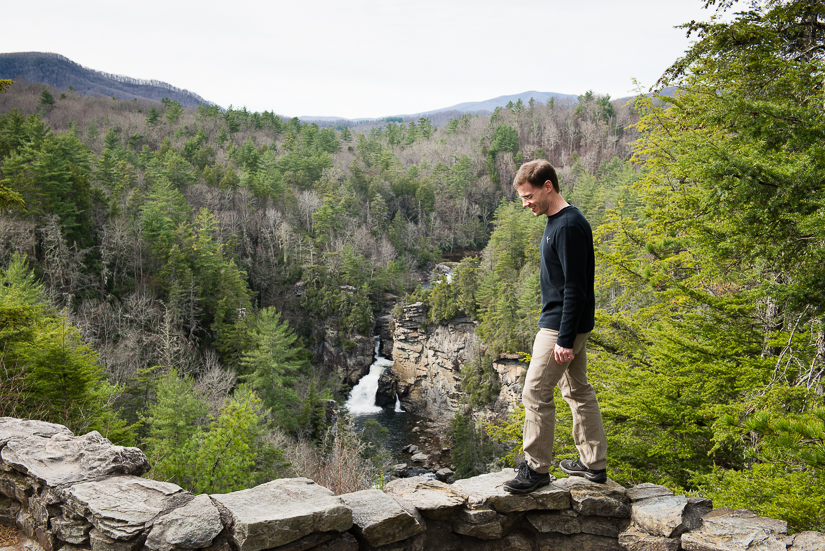
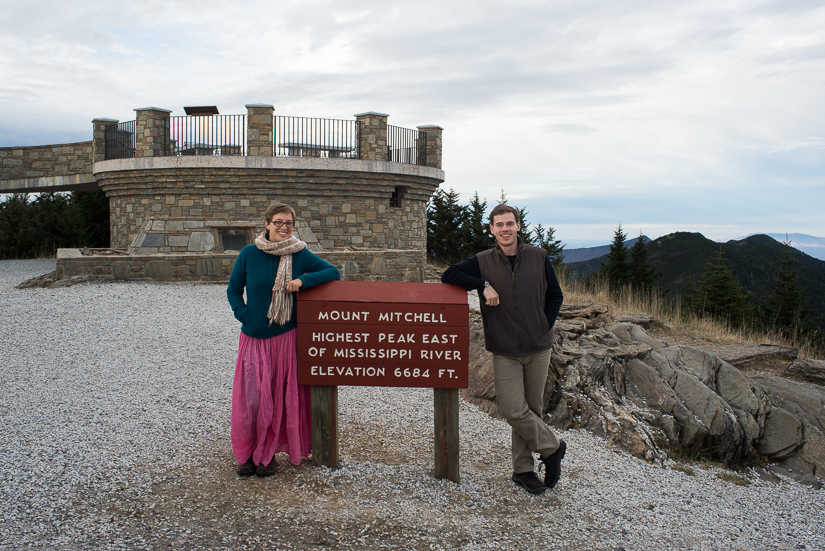 Durham, North Carolina and Dwight and Laurie:
Durham, North Carolina and Dwight and Laurie:
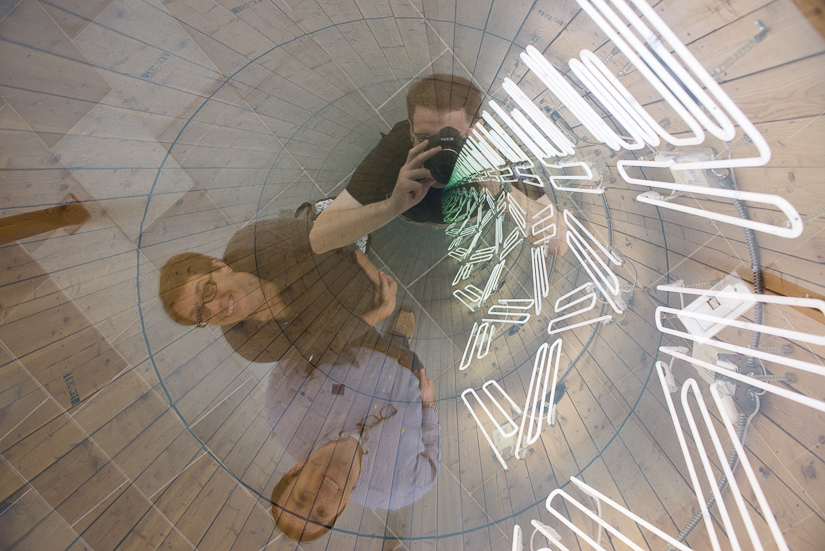
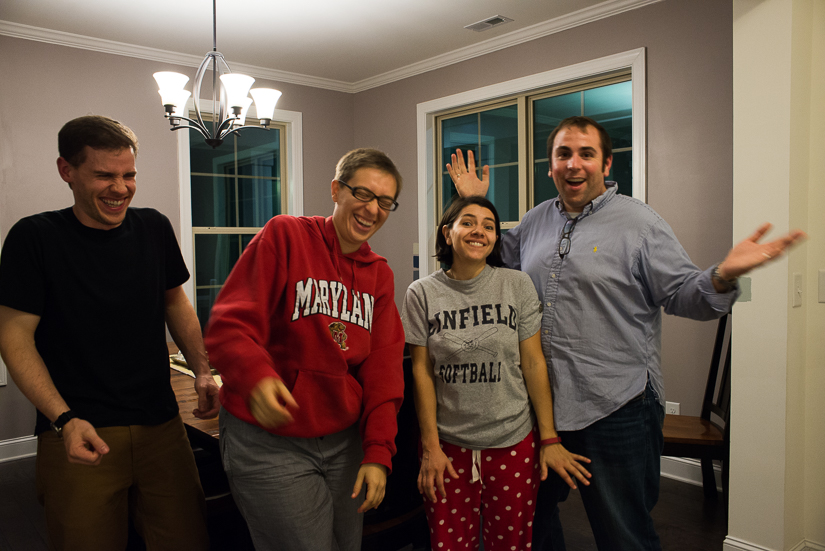 David's first corn dog:
David's first corn dog:
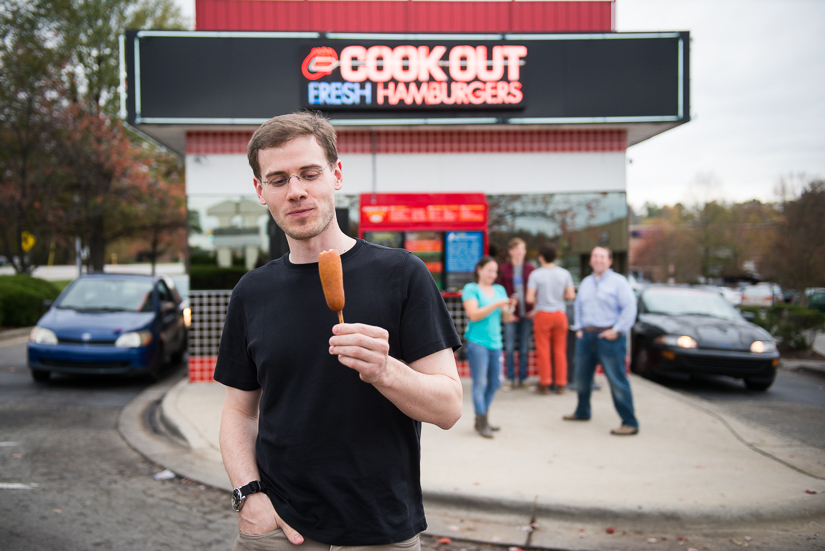
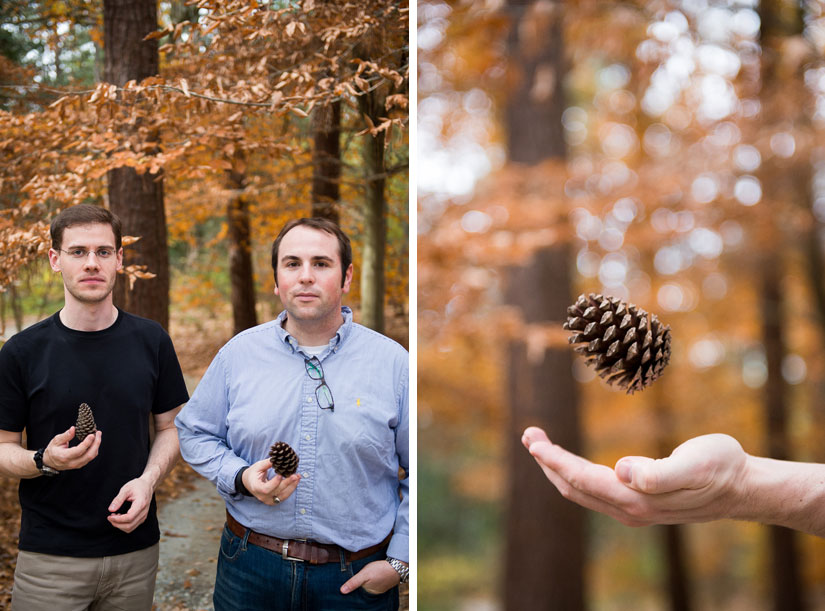 South Carolina:
South Carolina:
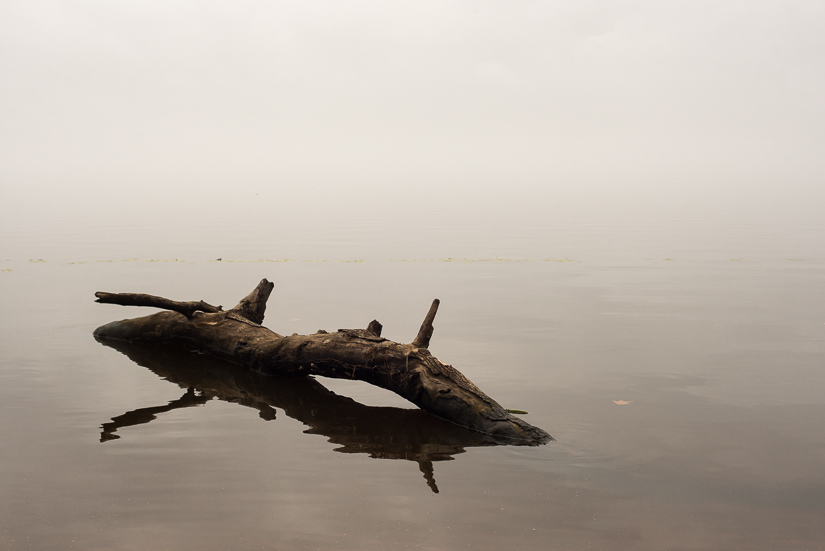 Georgia:
Georgia:
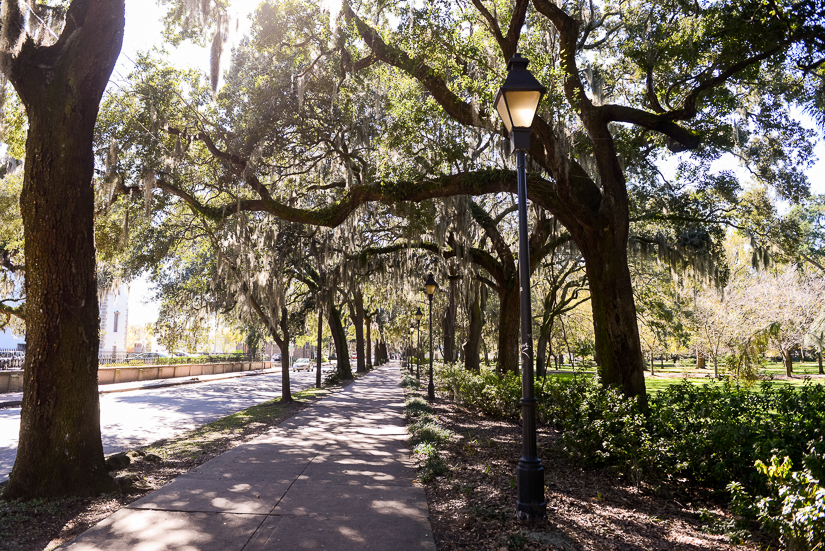 Florida:
Florida:
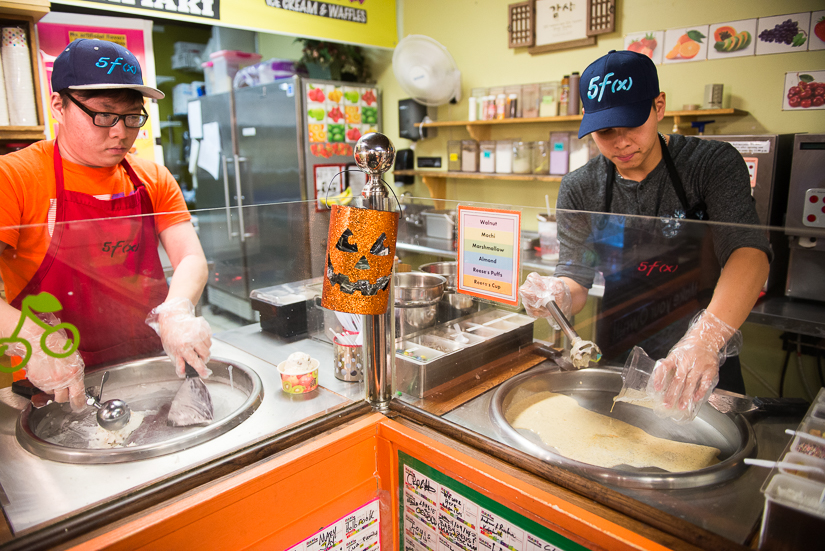
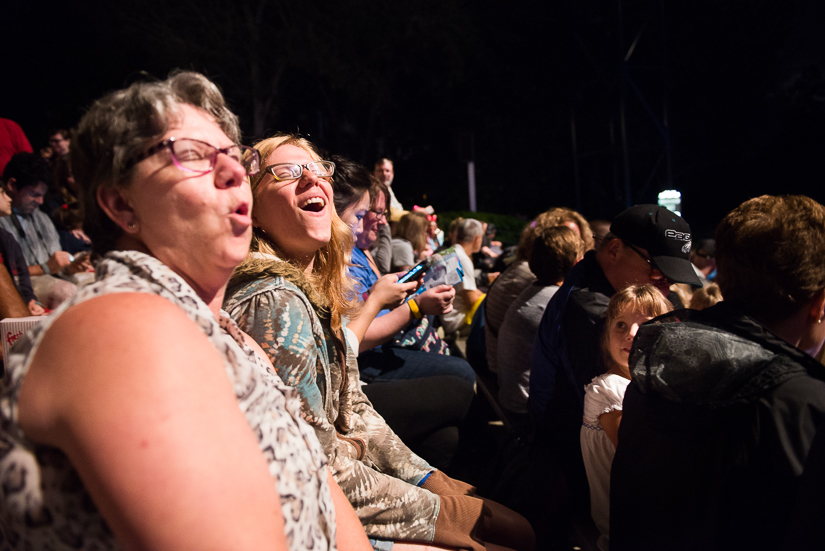
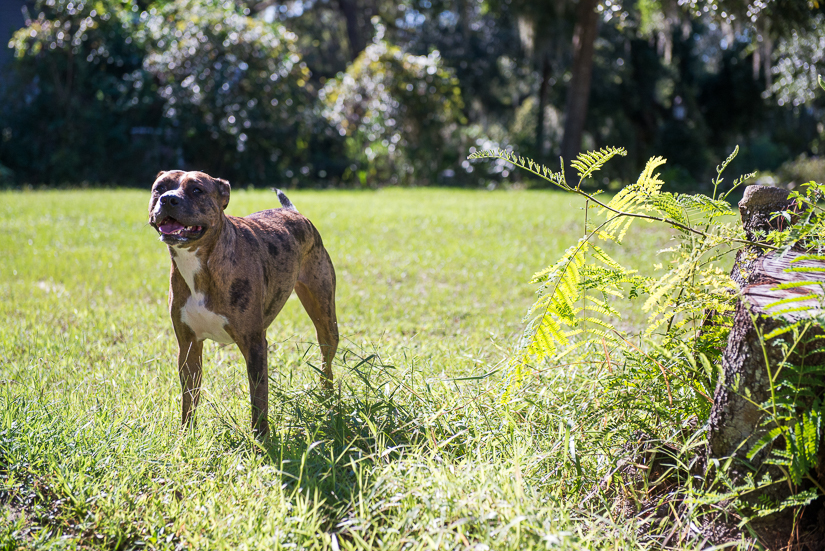
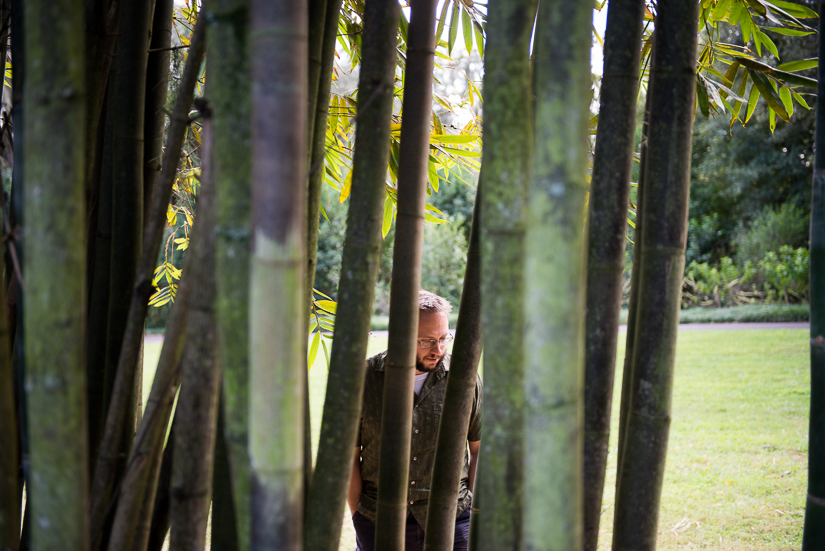
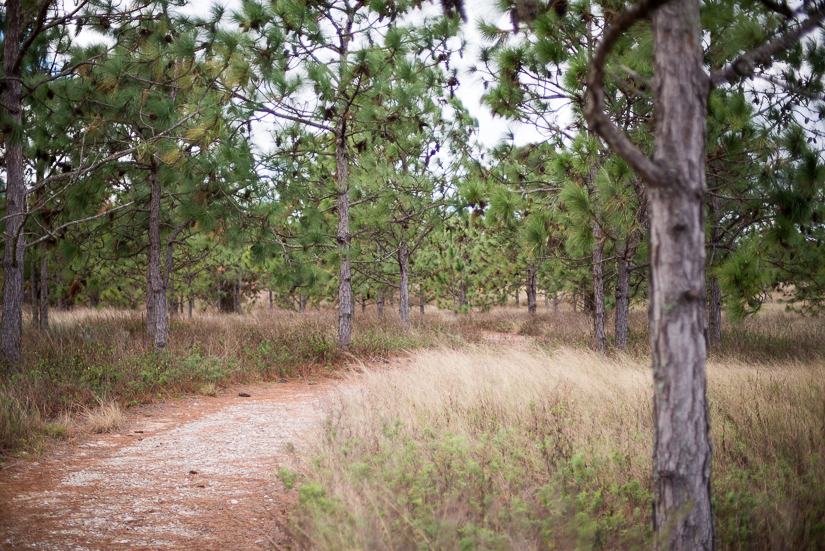
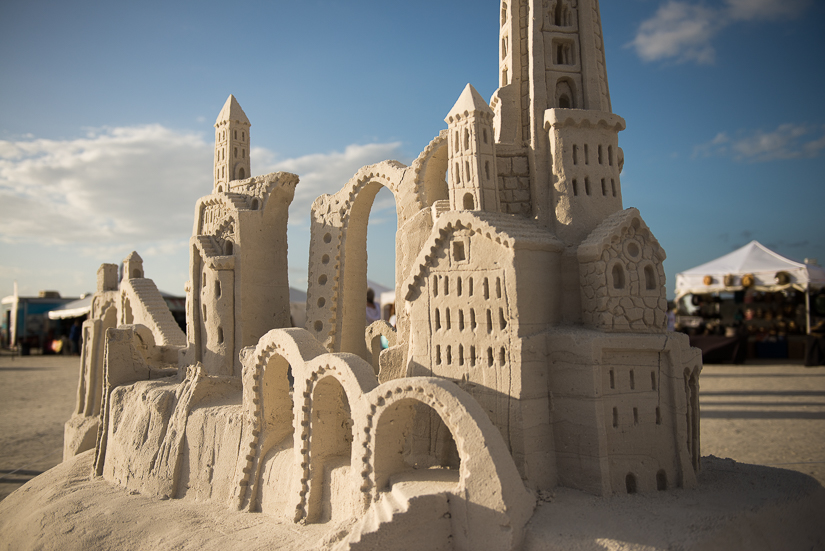
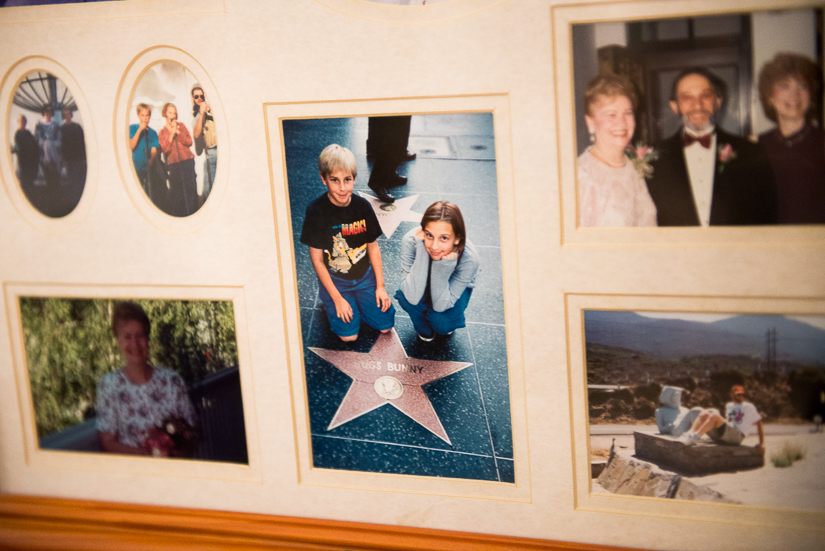
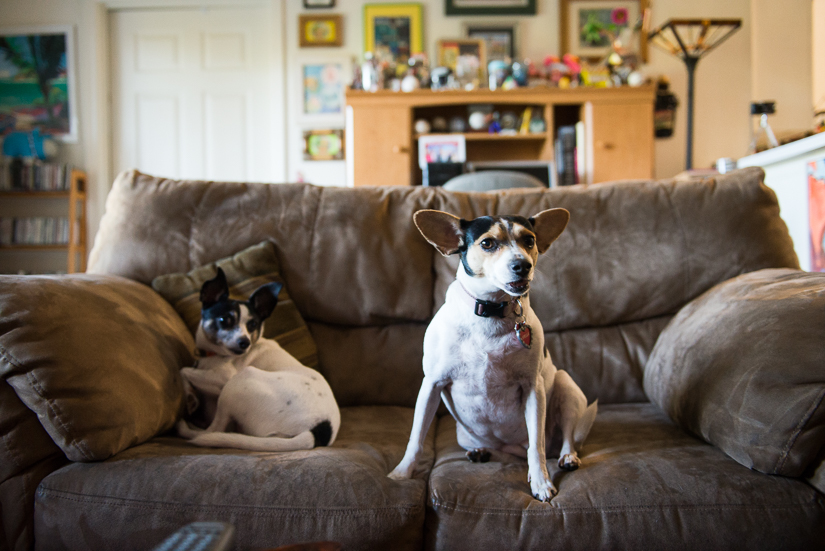
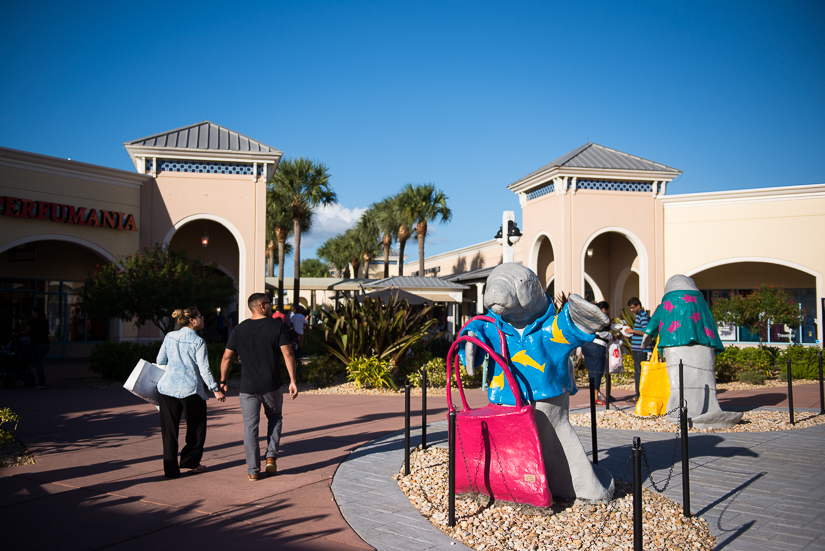
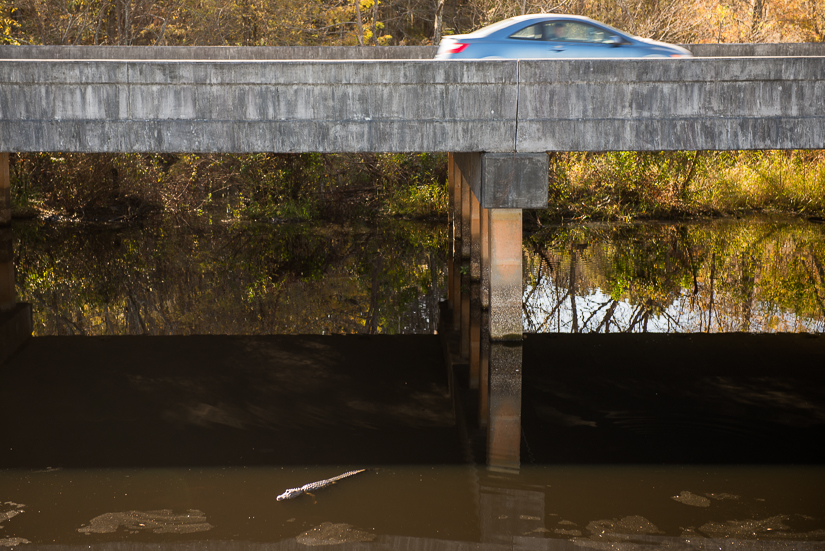 Seacrest Wolf Preserve:
Seacrest Wolf Preserve:
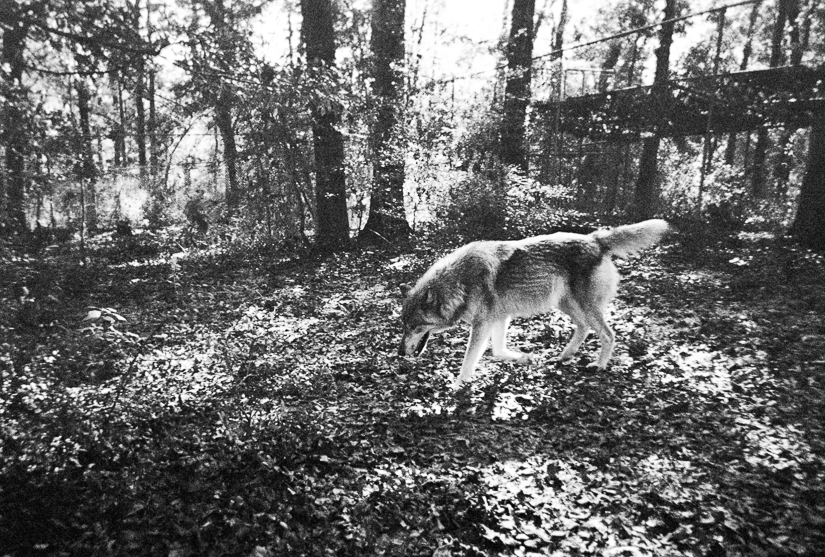
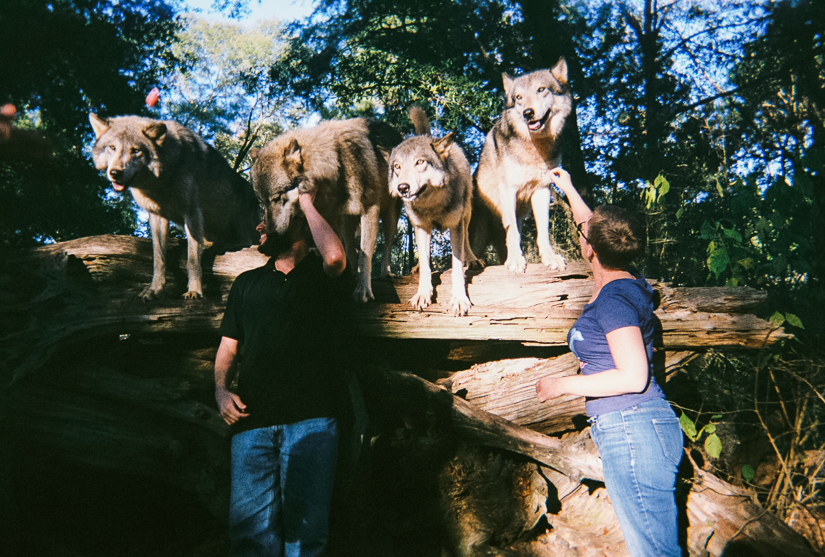
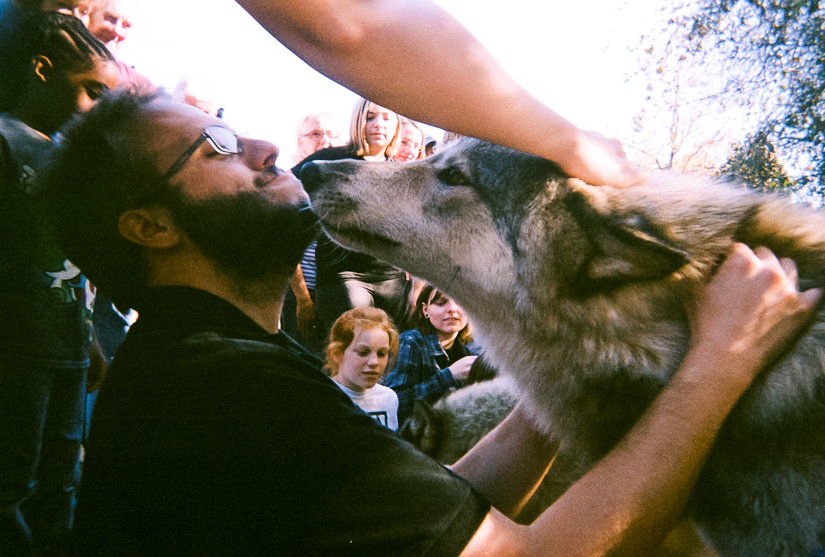
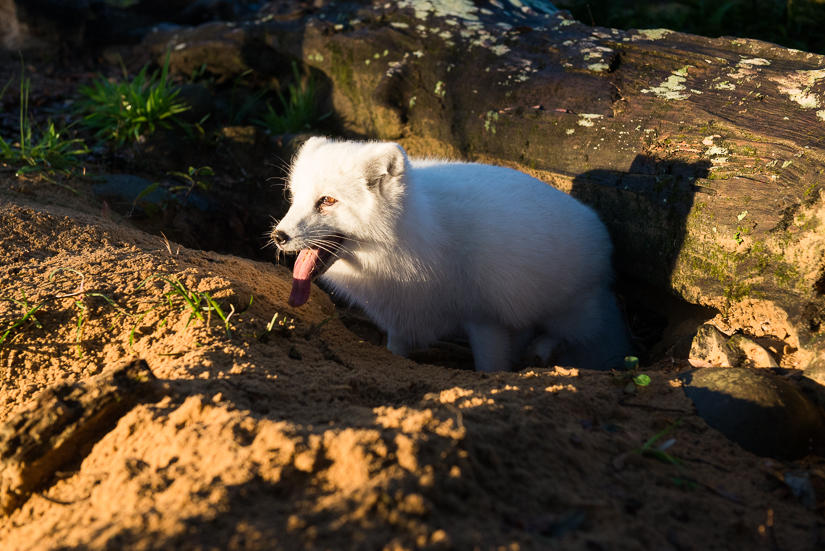 New Orleans:
New Orleans:
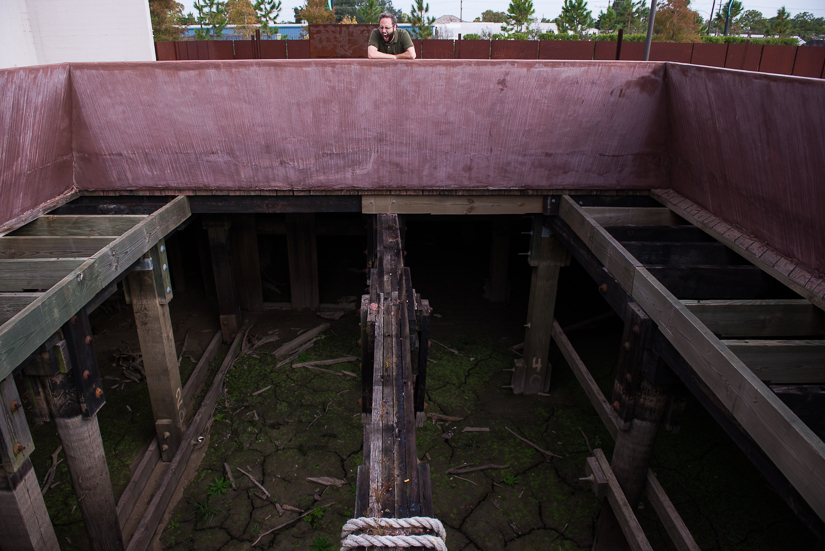
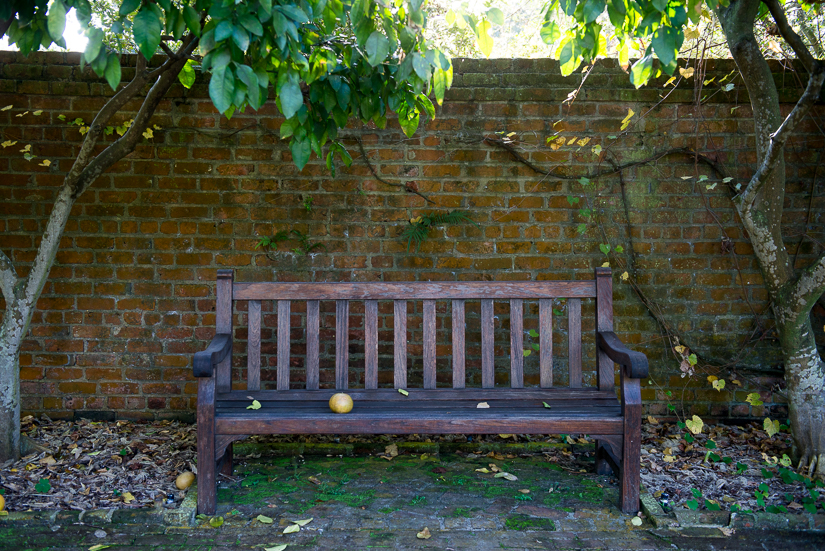
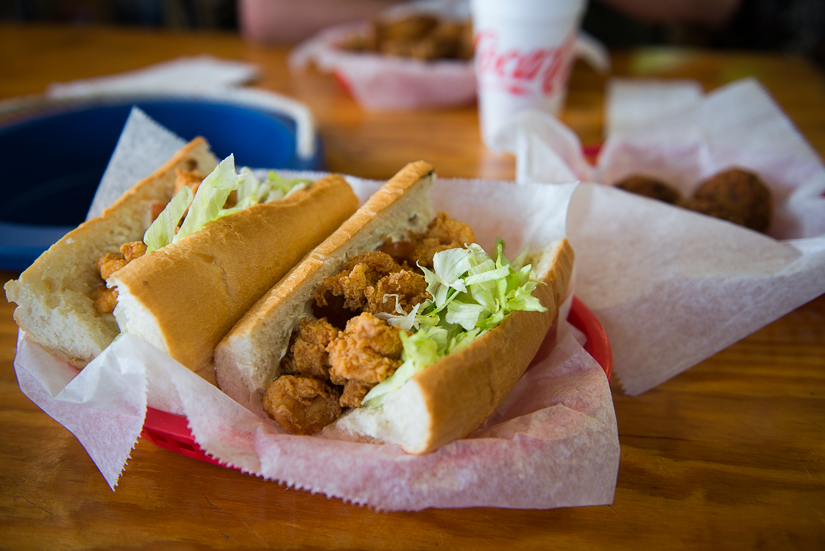 Houston:
Houston:
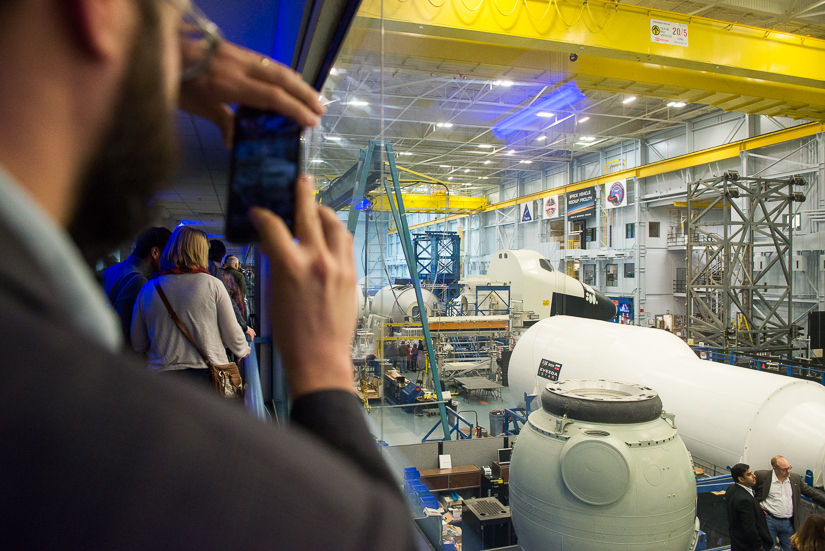
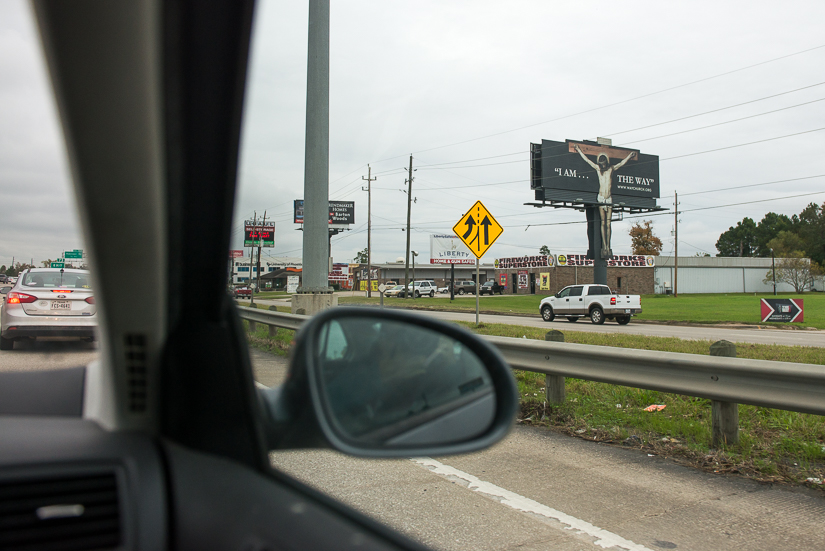
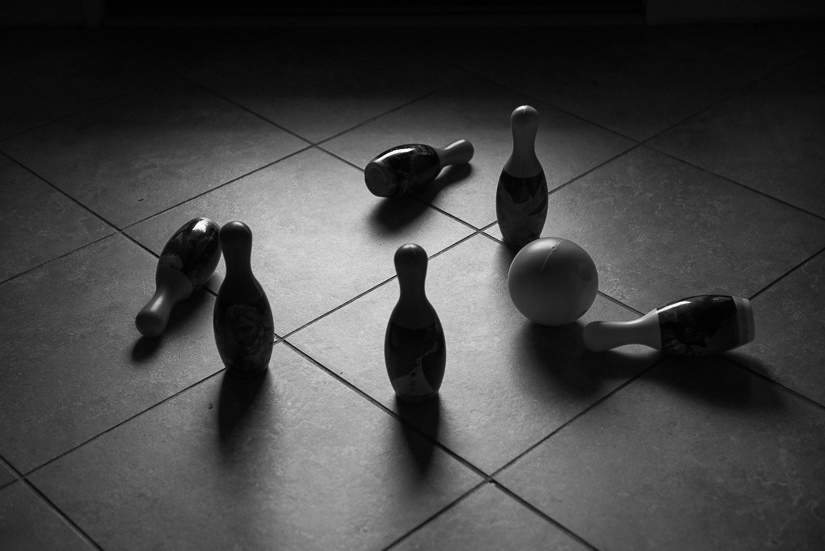
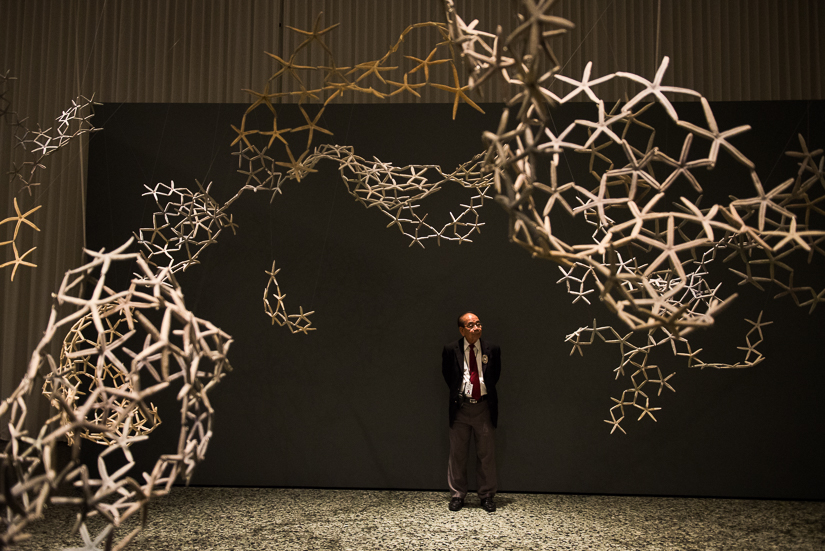
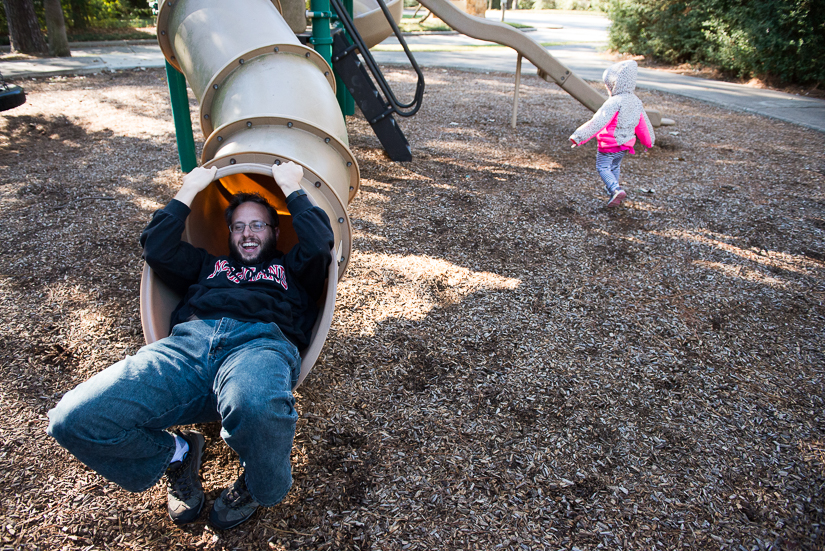
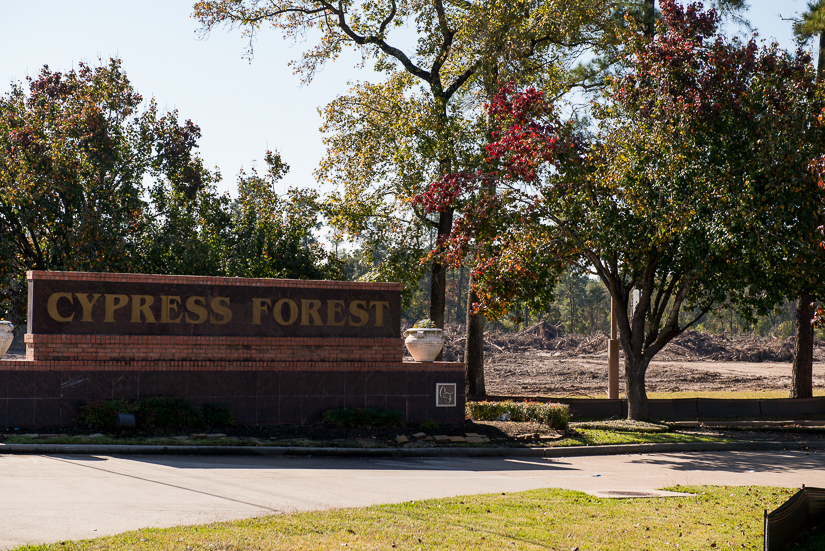
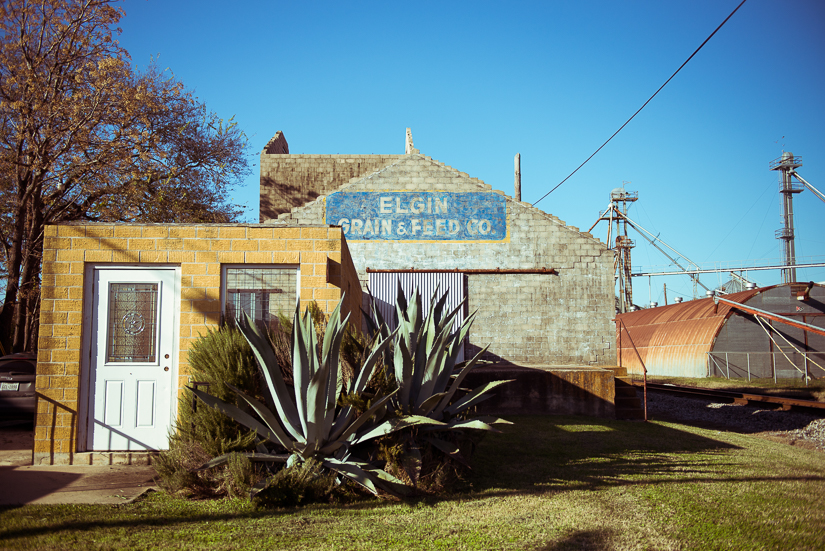 Austin:
Austin:
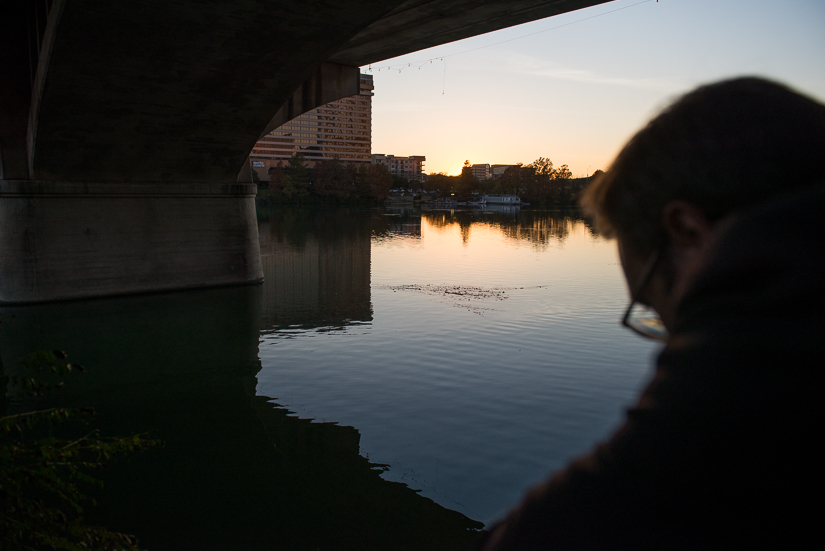 Fort Worth:
Fort Worth:
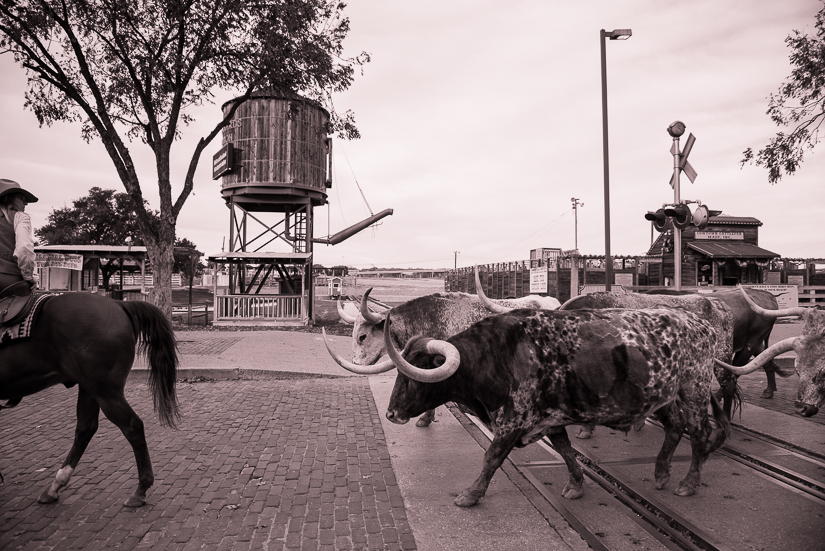 Amarillo:
Amarillo:
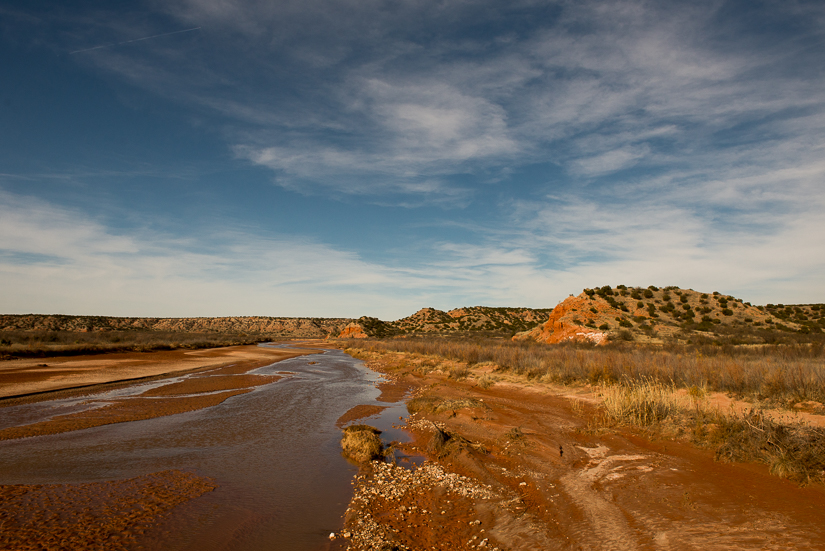
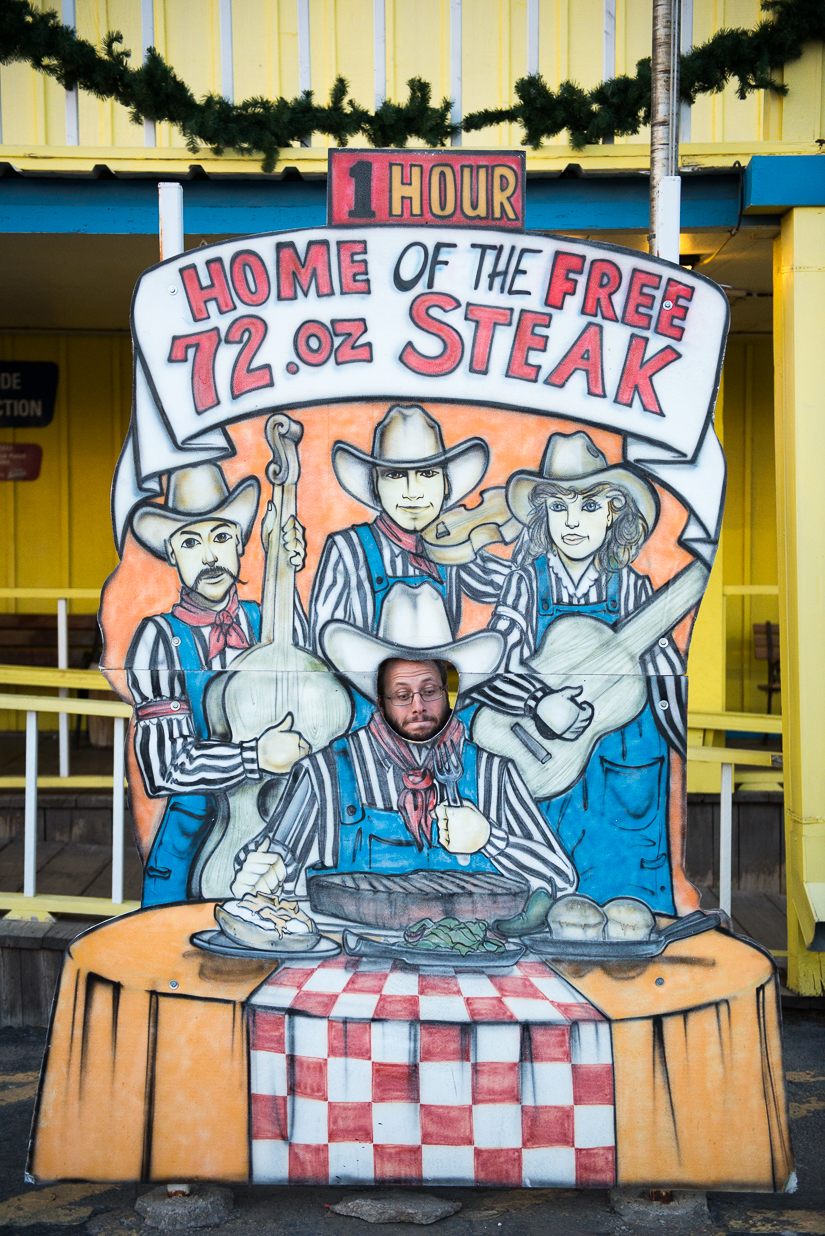
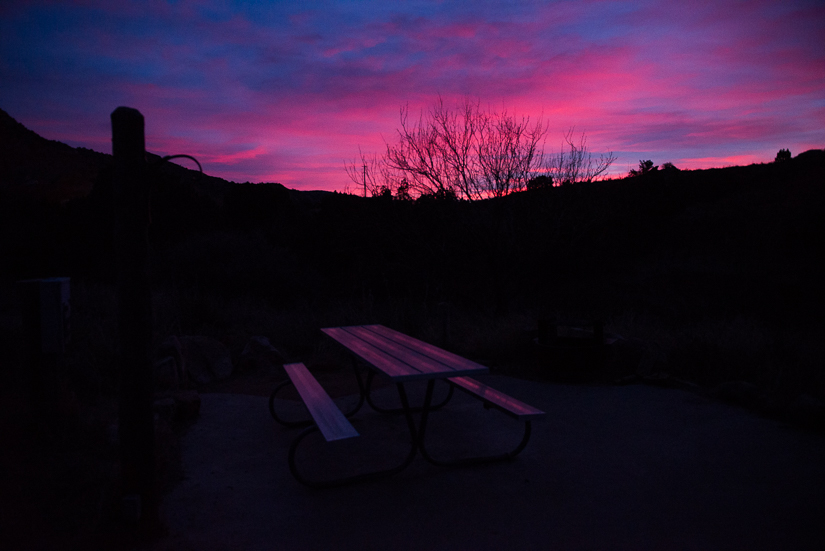
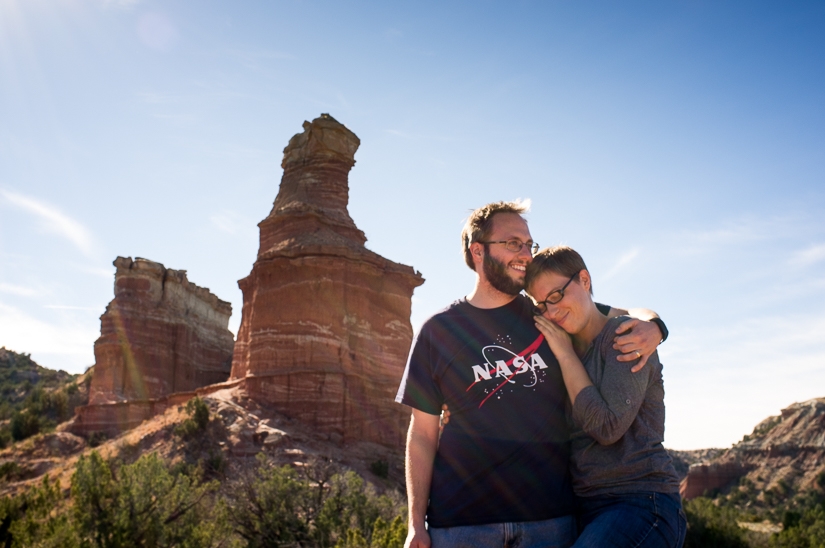
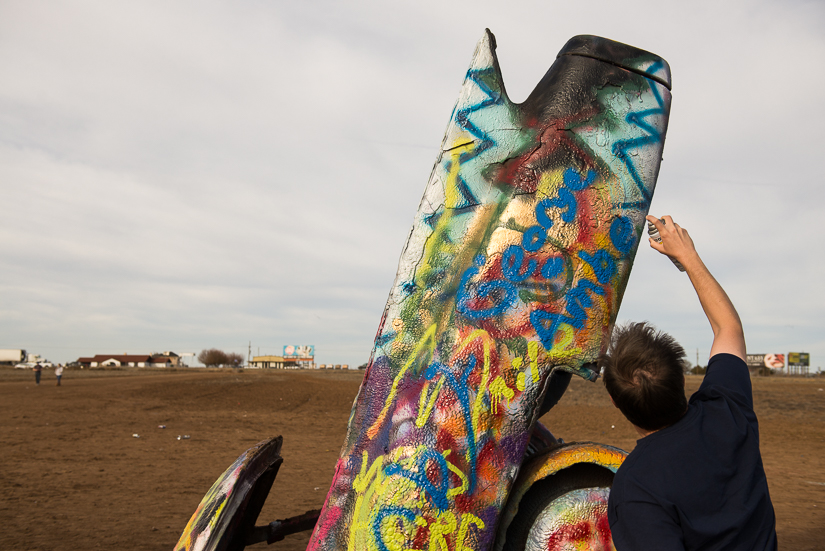
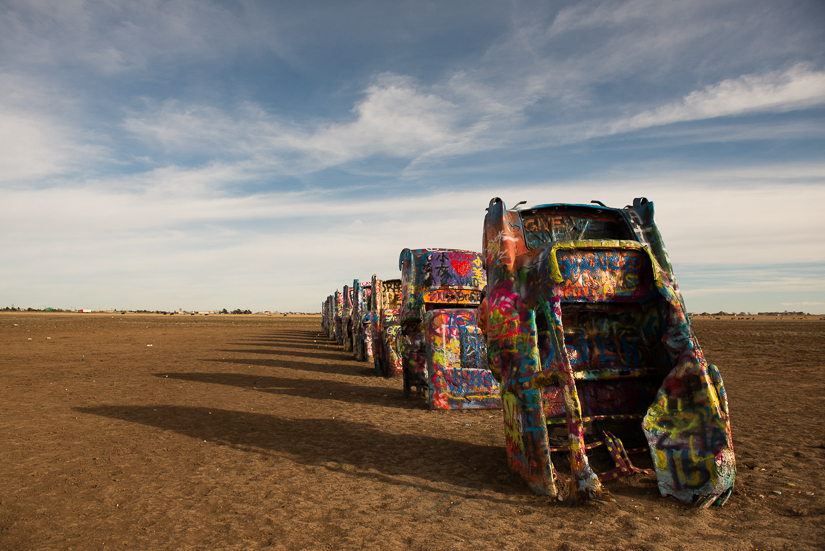 Santa Fe:
Santa Fe:
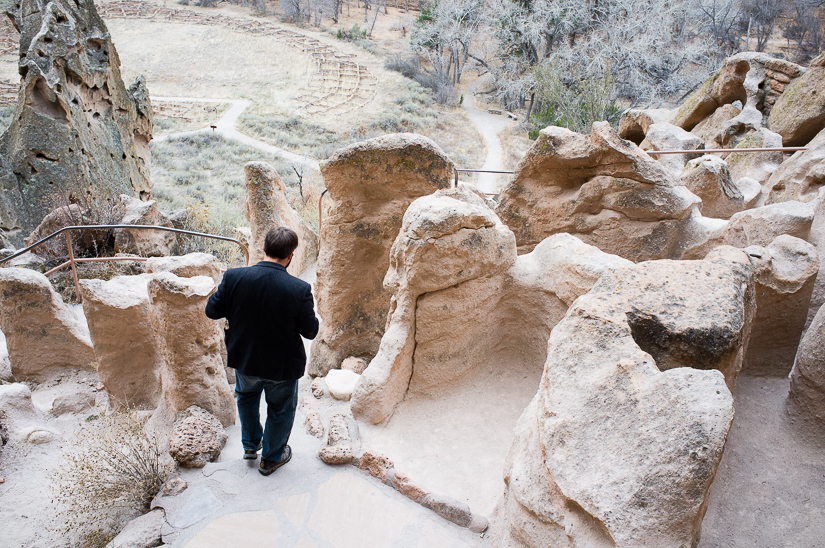
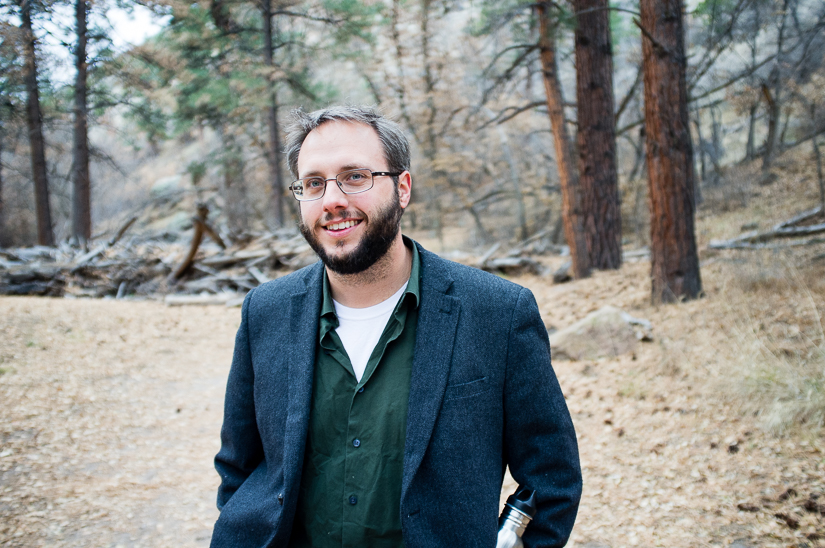
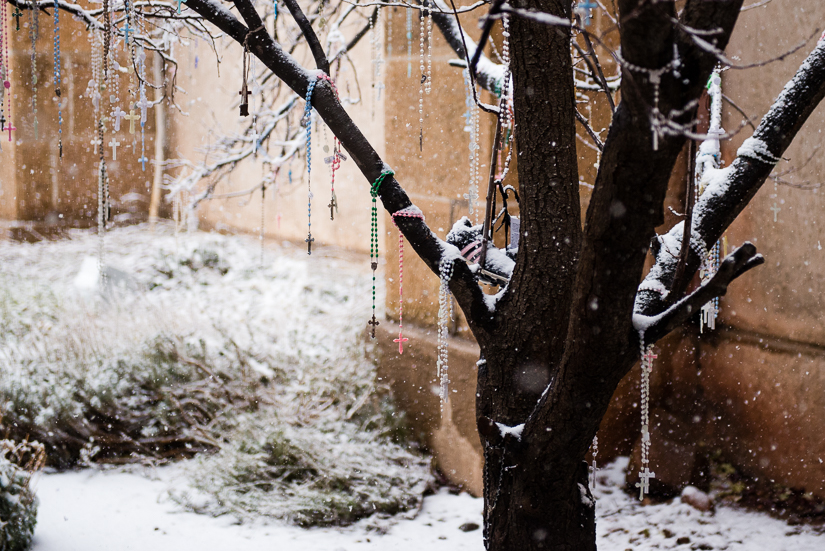
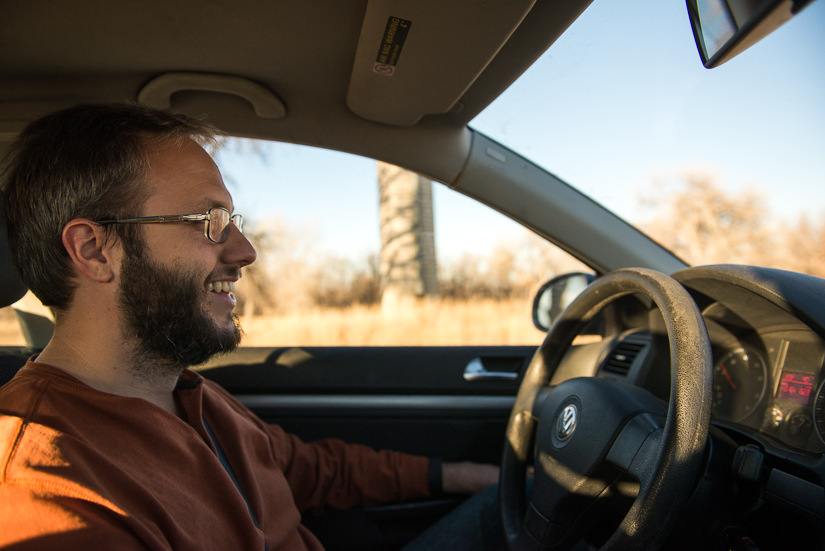
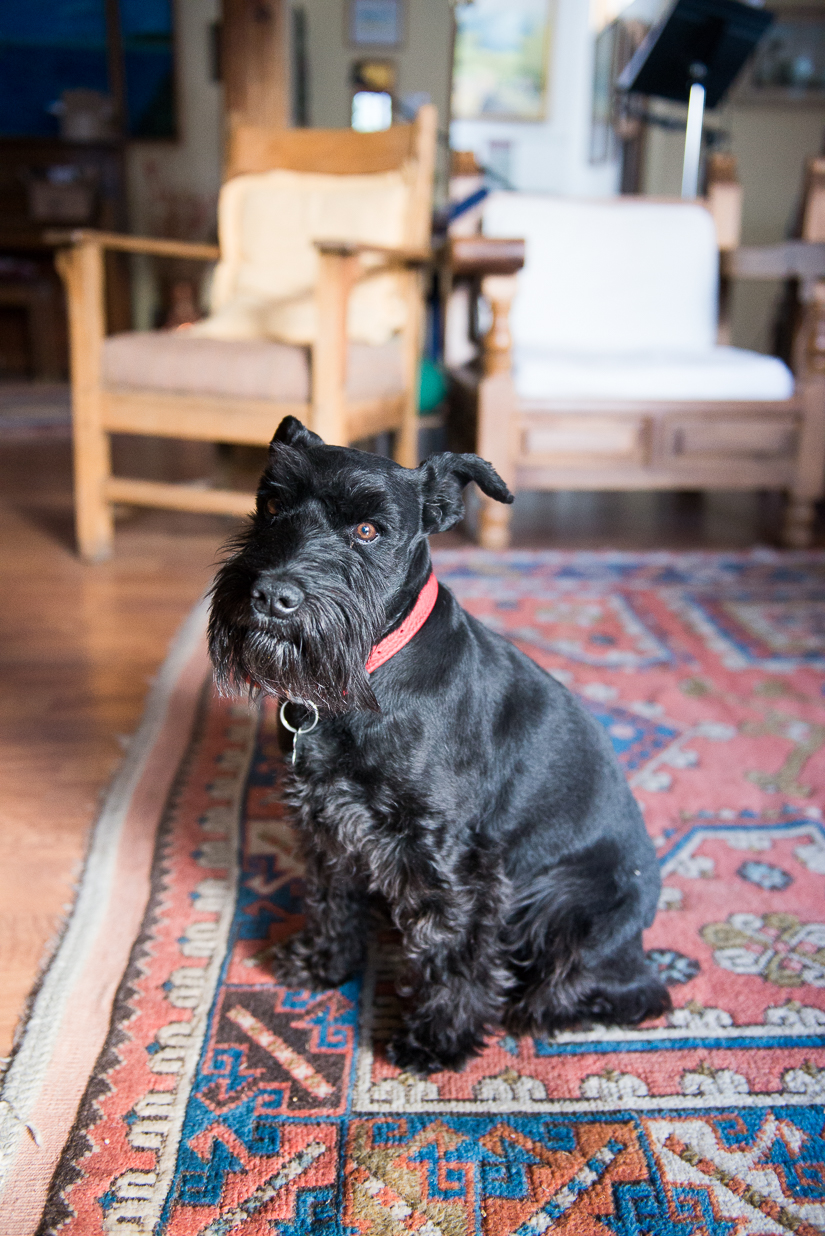
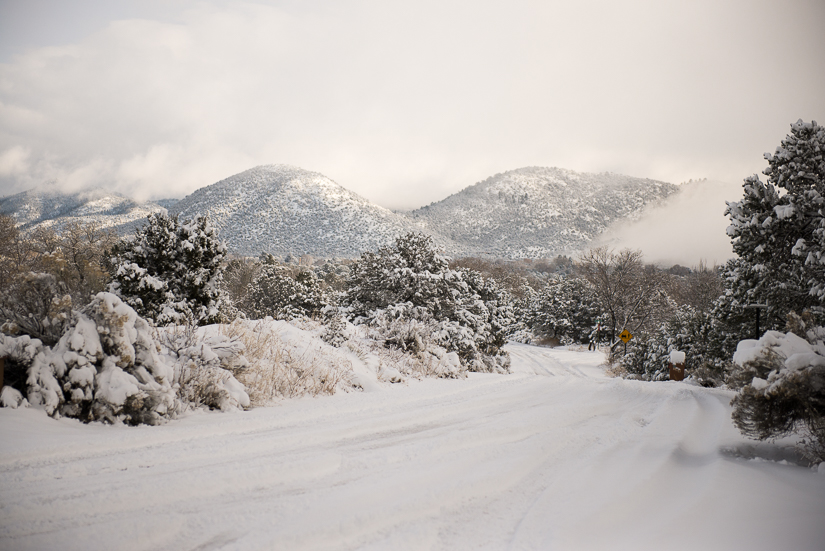
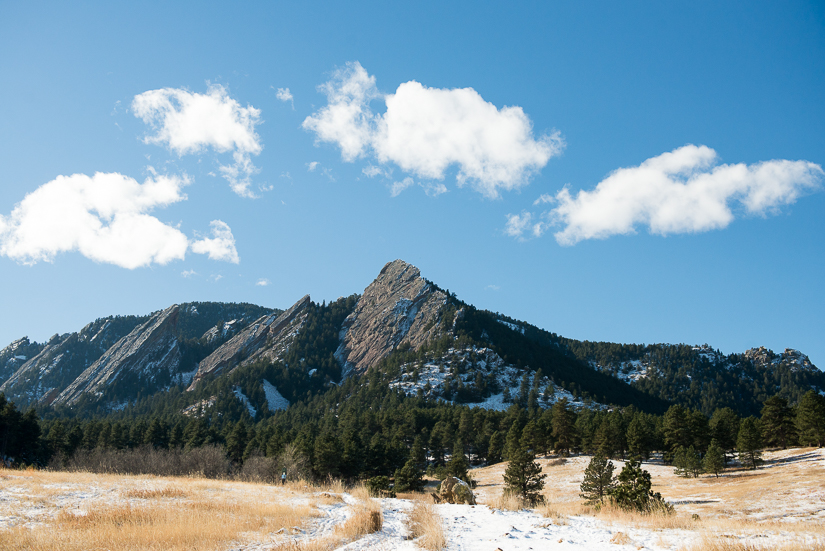
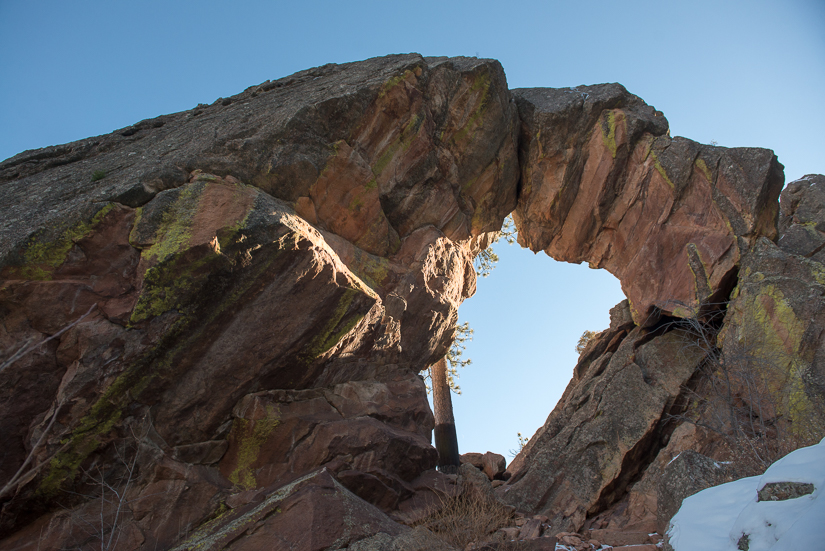 Fort Collins, Colorado:
Fort Collins, Colorado:
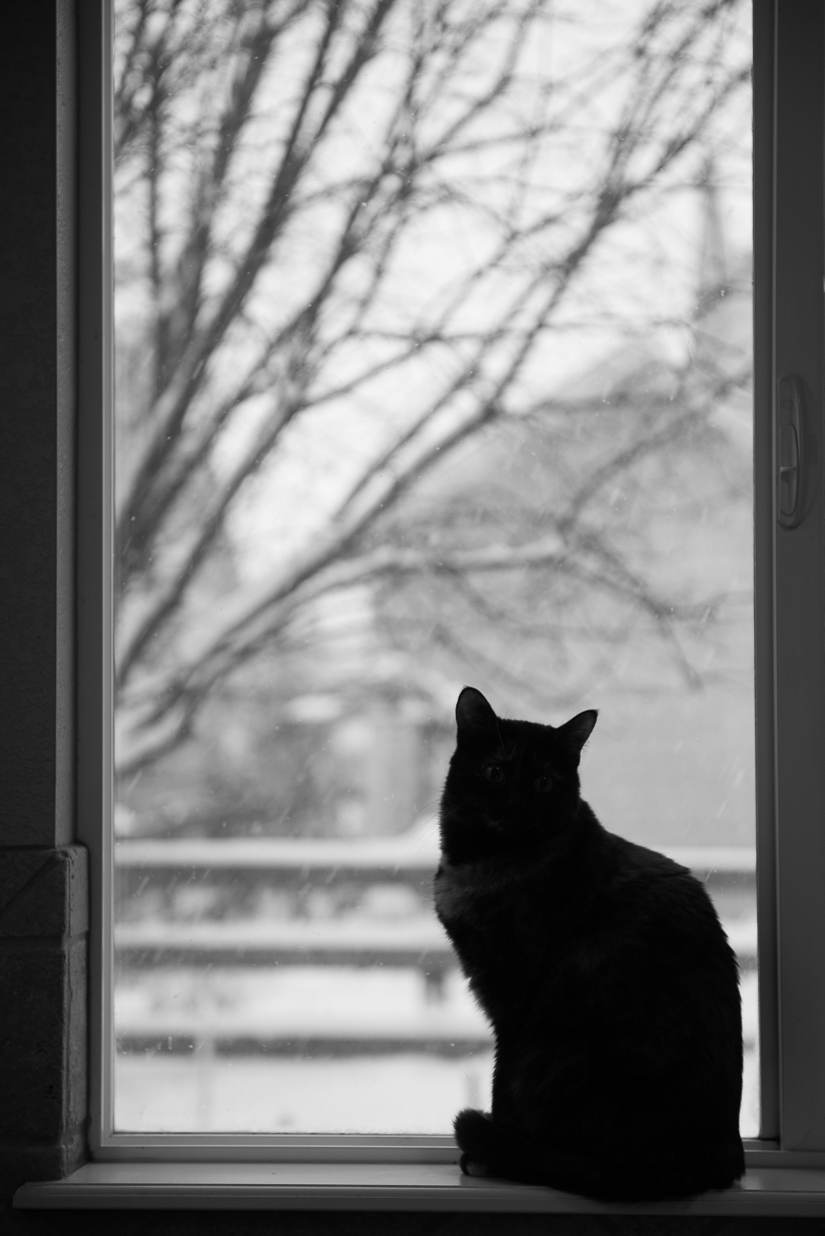
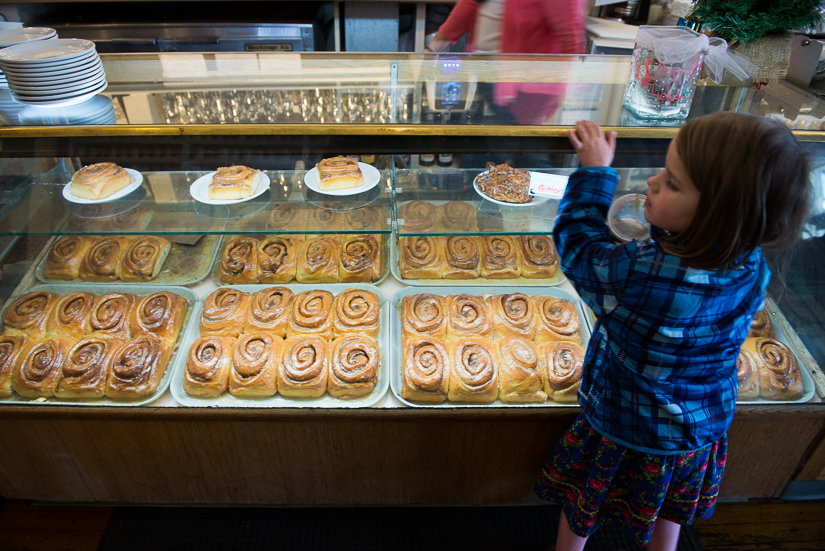
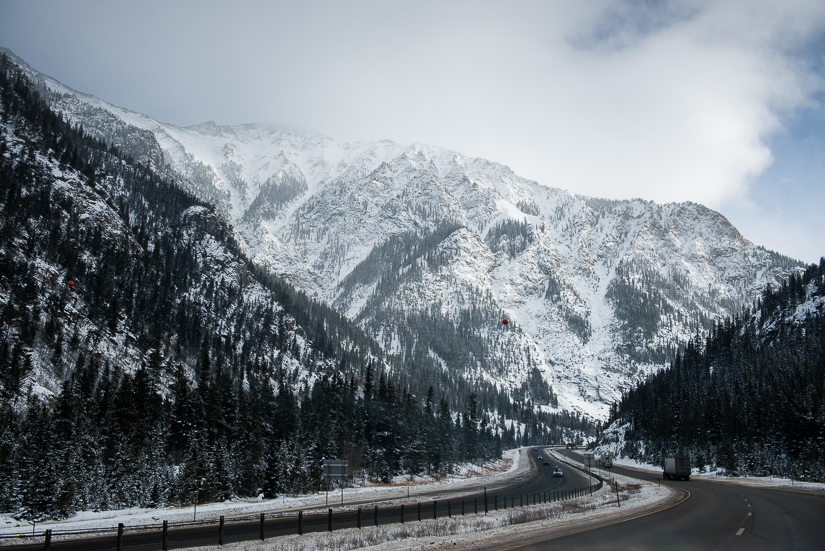 Arches, Utah:
Arches, Utah:
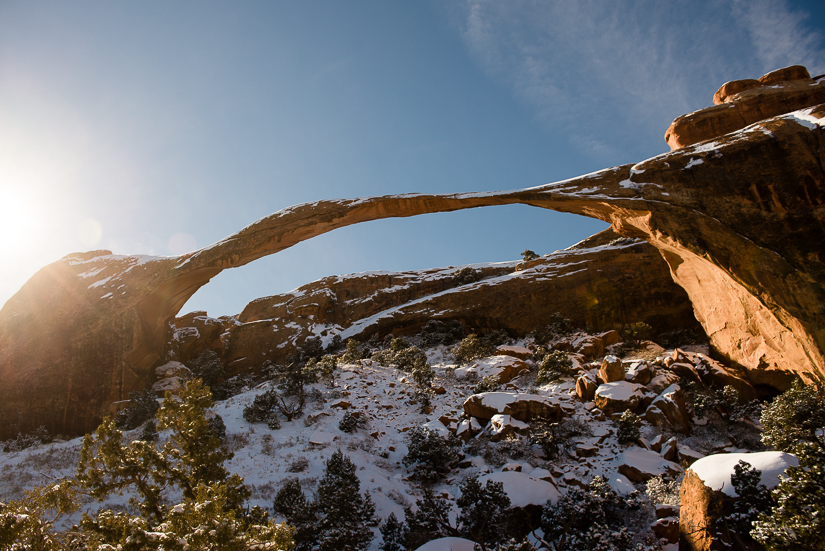
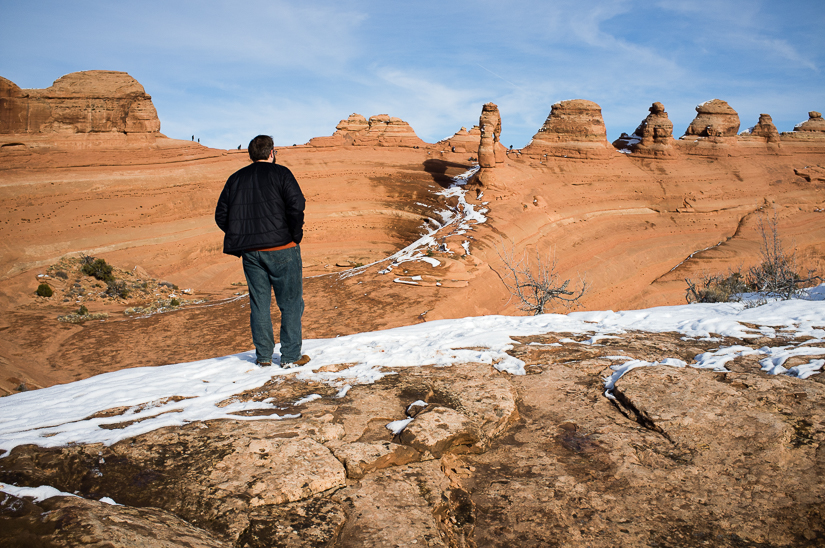
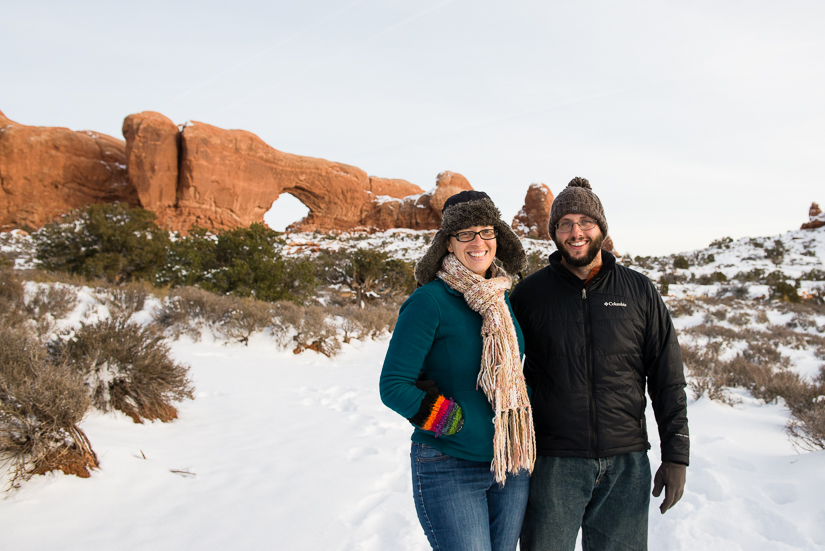
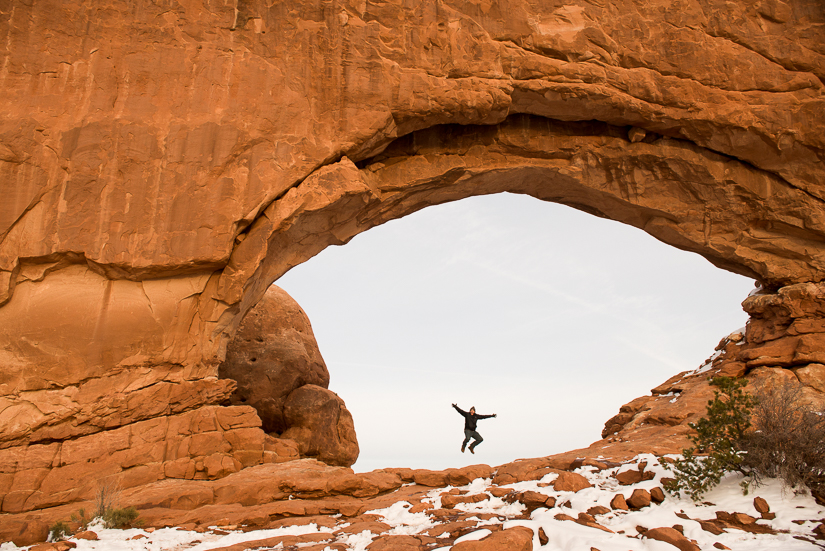
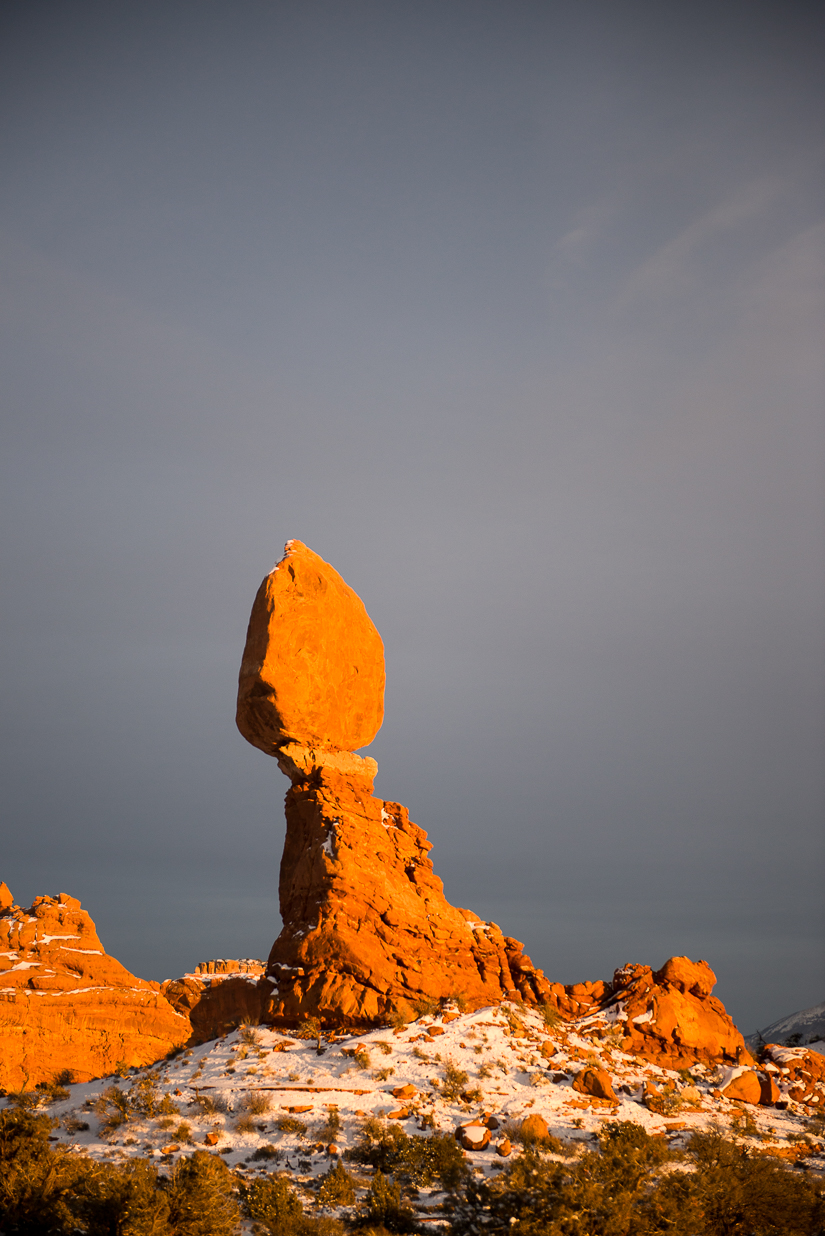
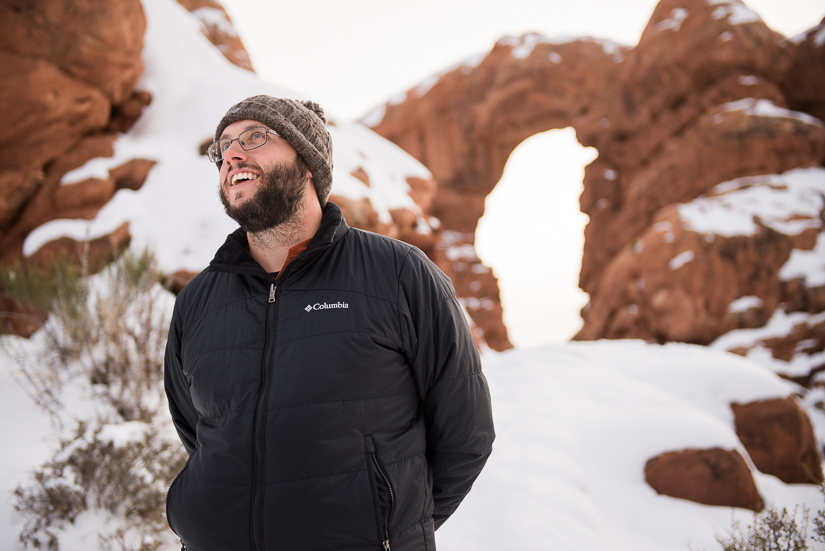
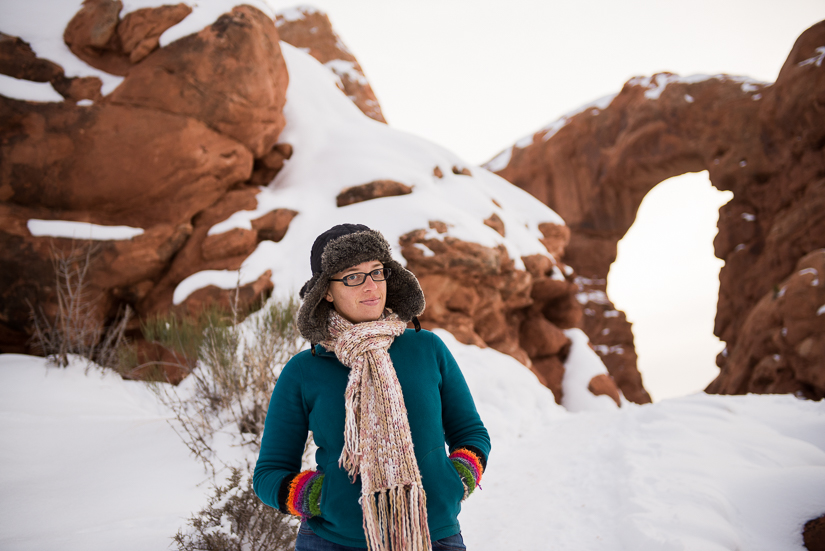 Monument Valley, Arizona:
Monument Valley, Arizona:
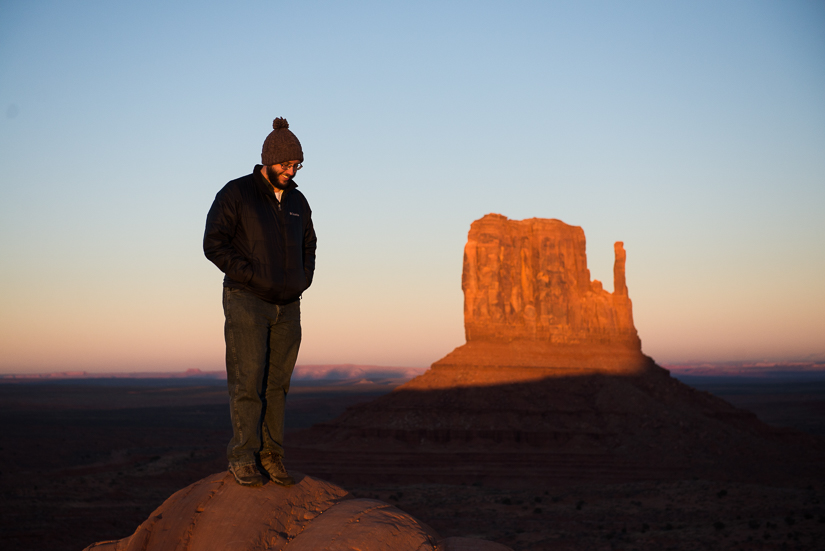
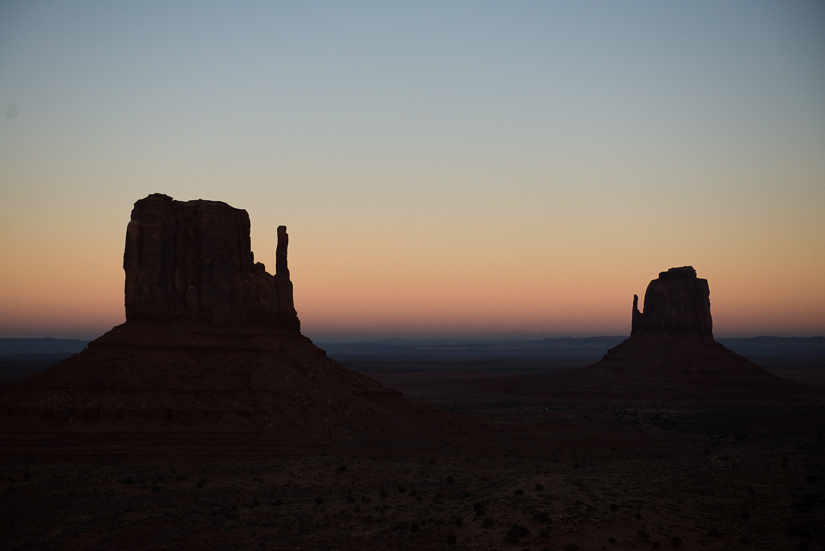
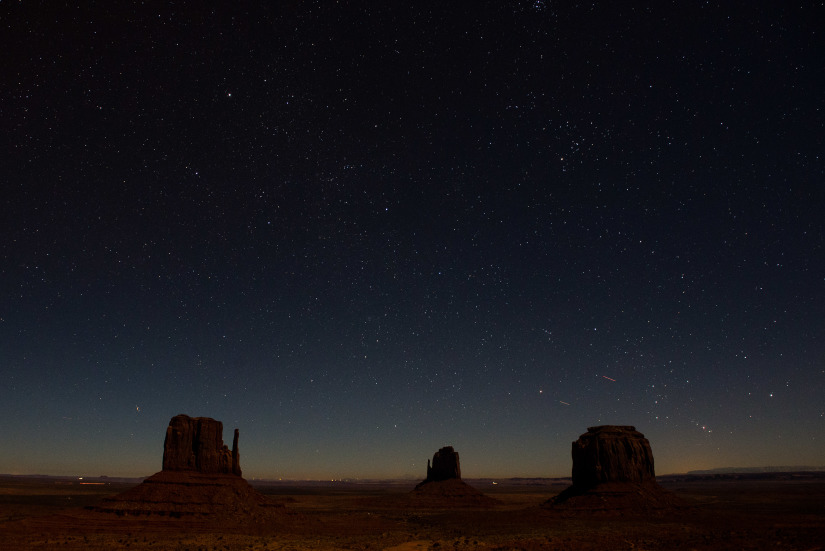 Antelope Canyon:
Antelope Canyon:
 Horseshoe Bend:
Horseshoe Bend:
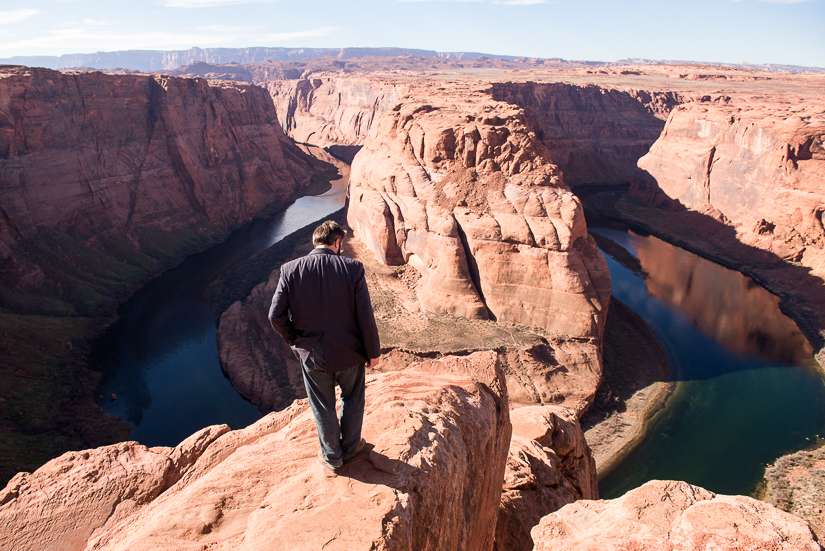 Dinosaur Tracks (fifteen minutes down the road from the bend):
Dinosaur Tracks (fifteen minutes down the road from the bend):
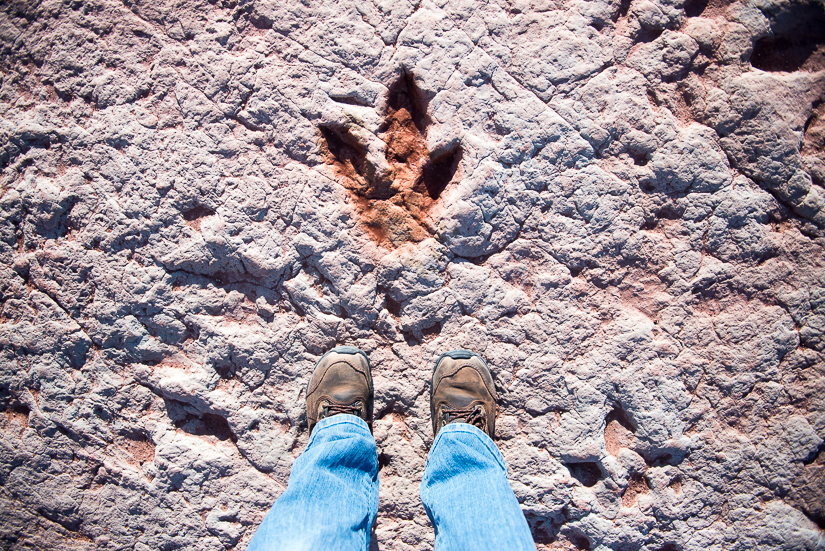 Flagstaff:
Flagstaff:
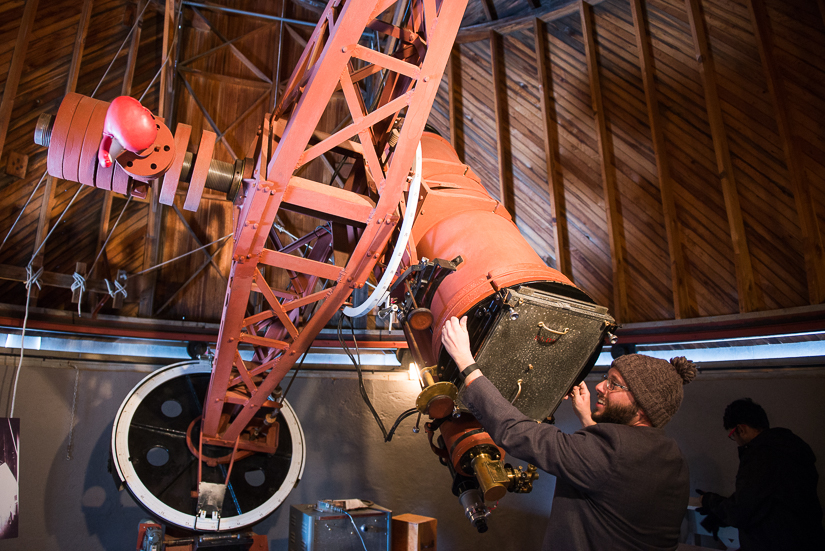 Oatman, Arizona:
Oatman, Arizona:
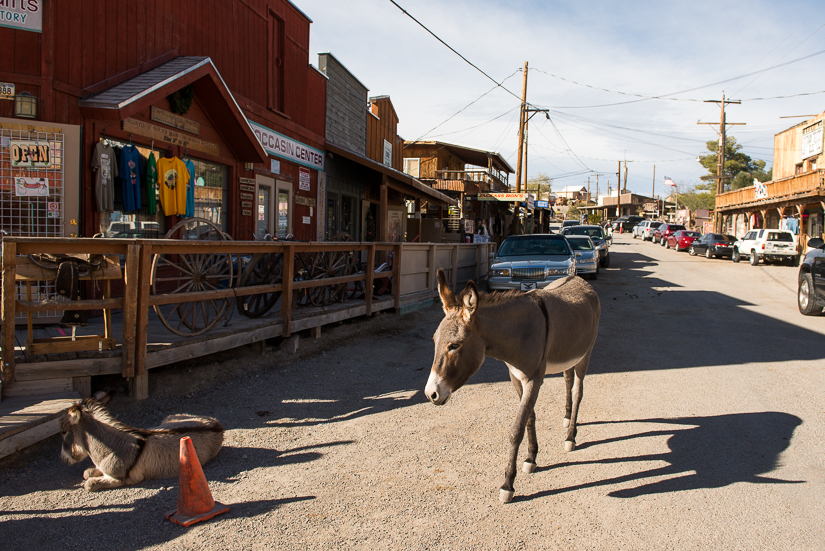 Joshua Tree, California:
Joshua Tree, California:
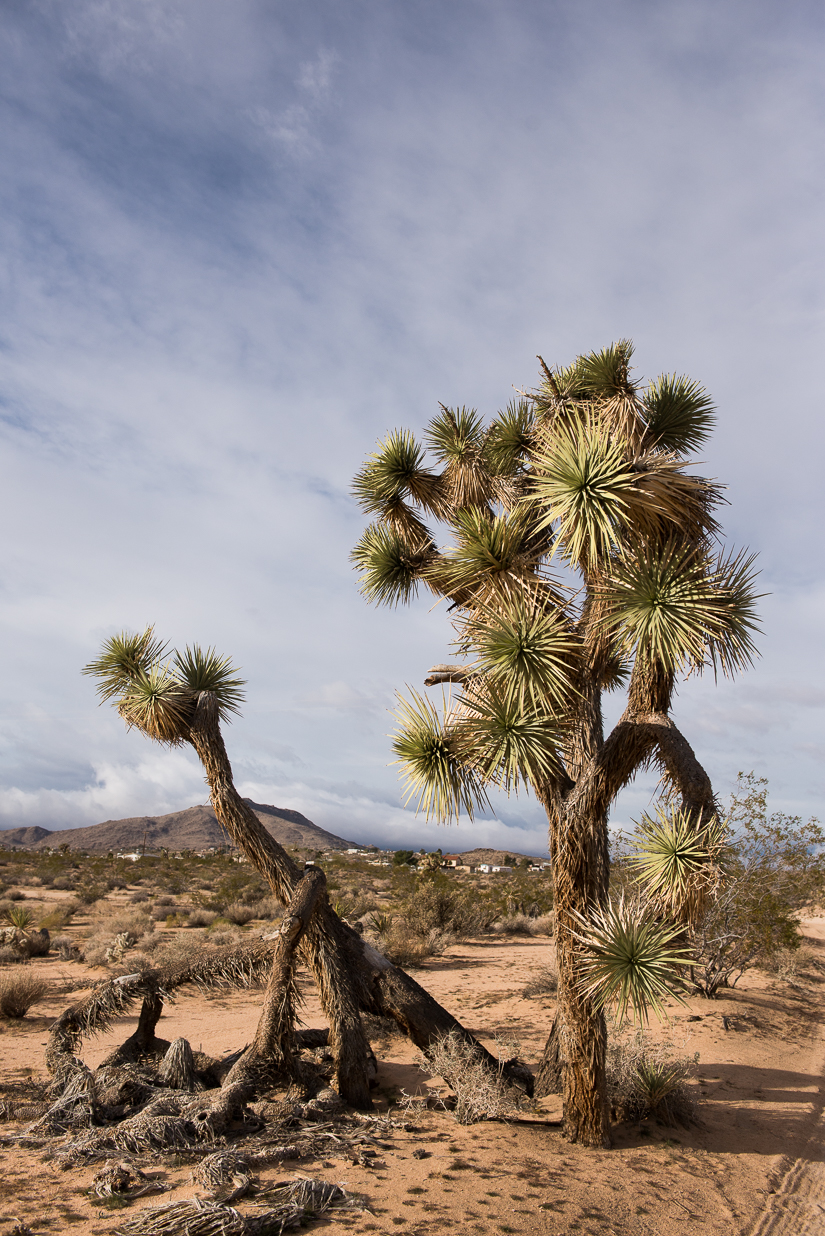
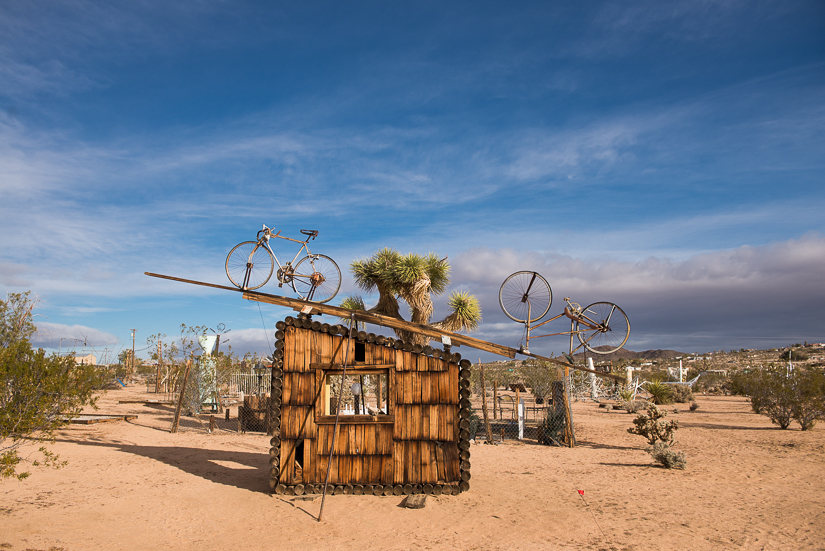
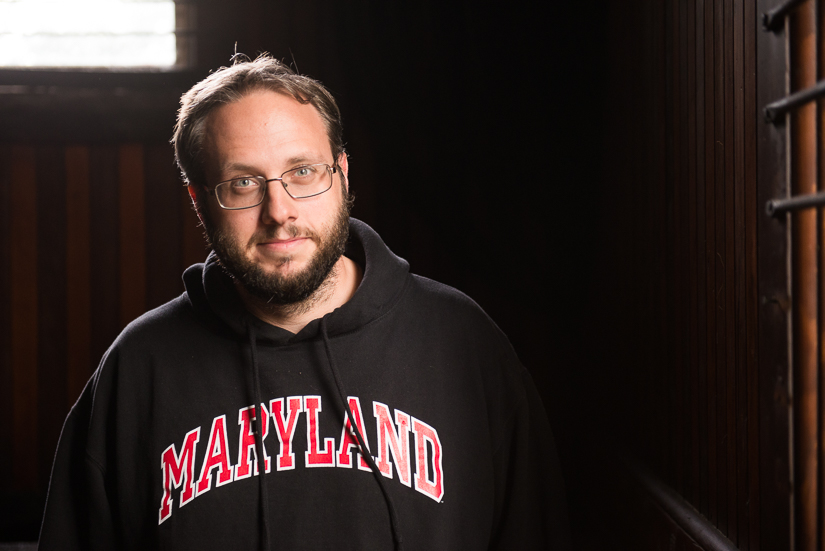 Los Angeles:
Los Angeles:
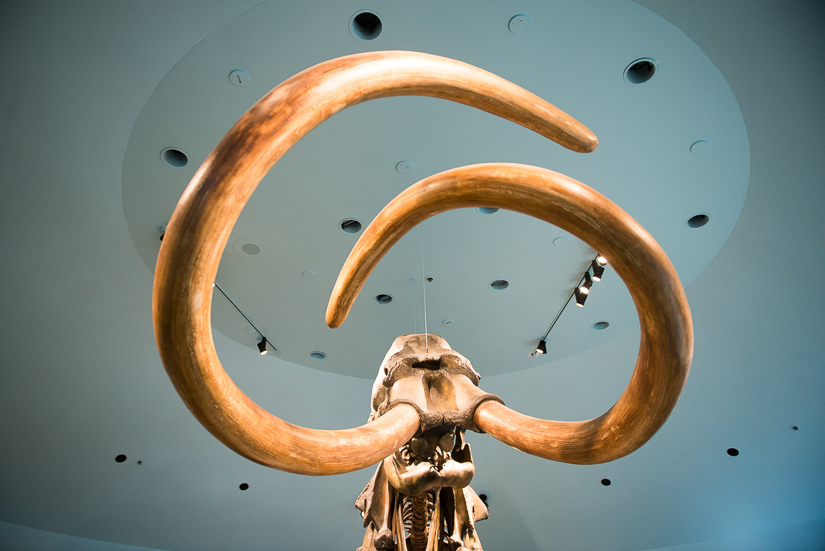
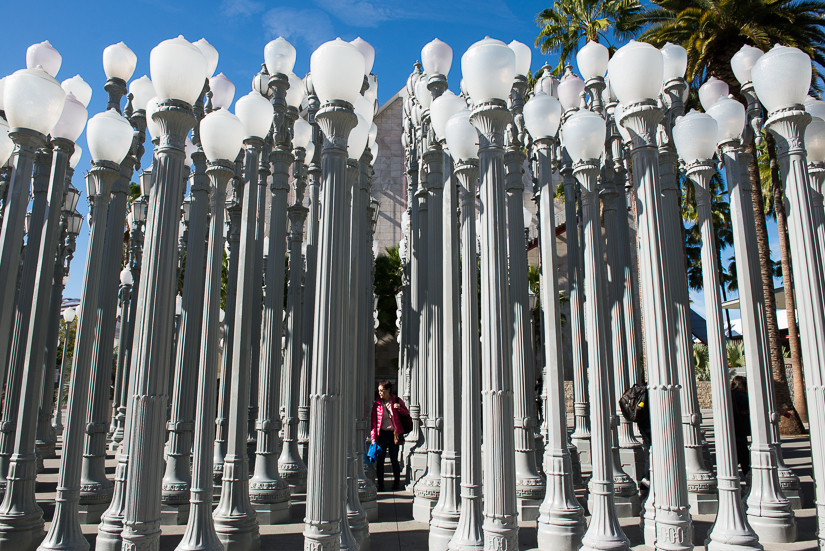
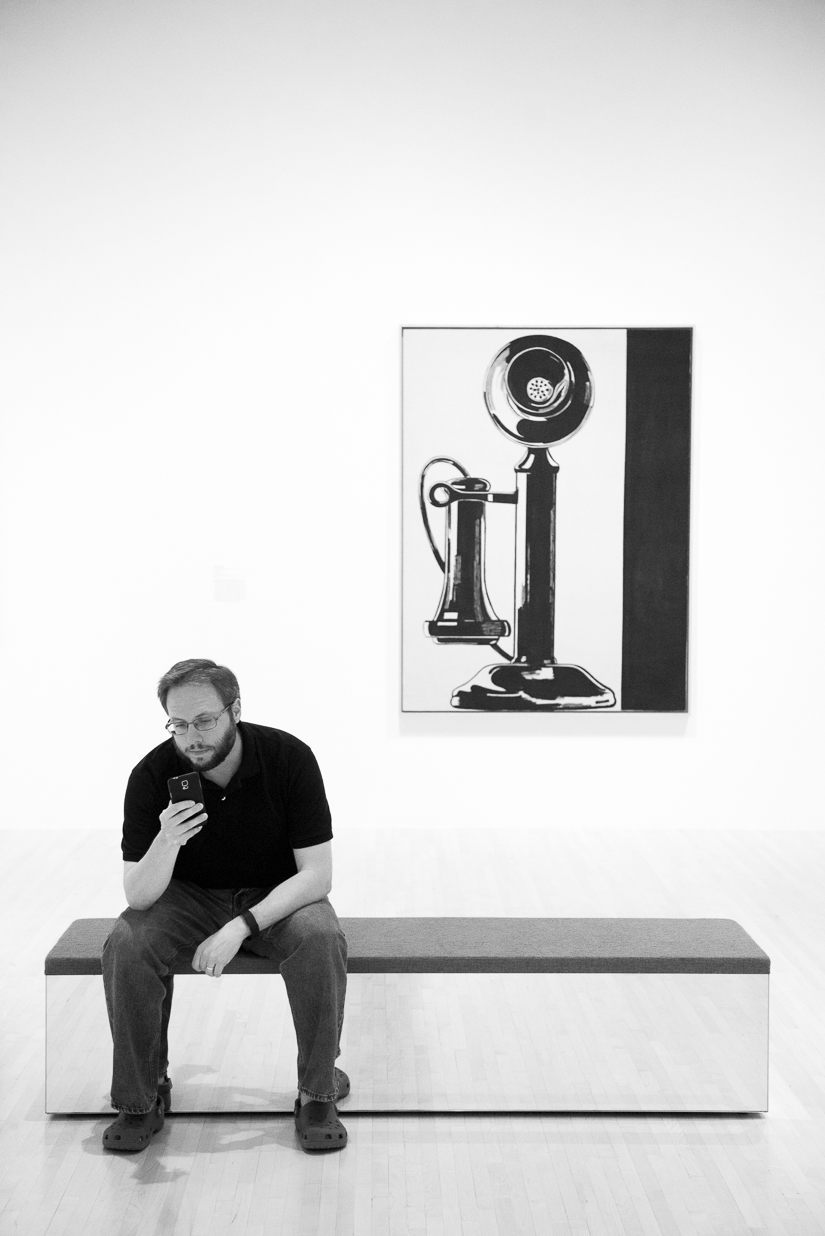
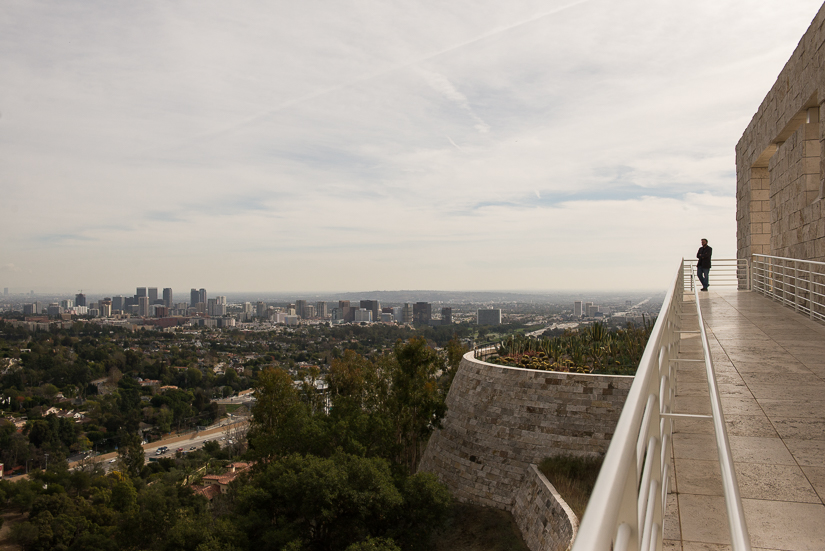 Portland:
Portland:
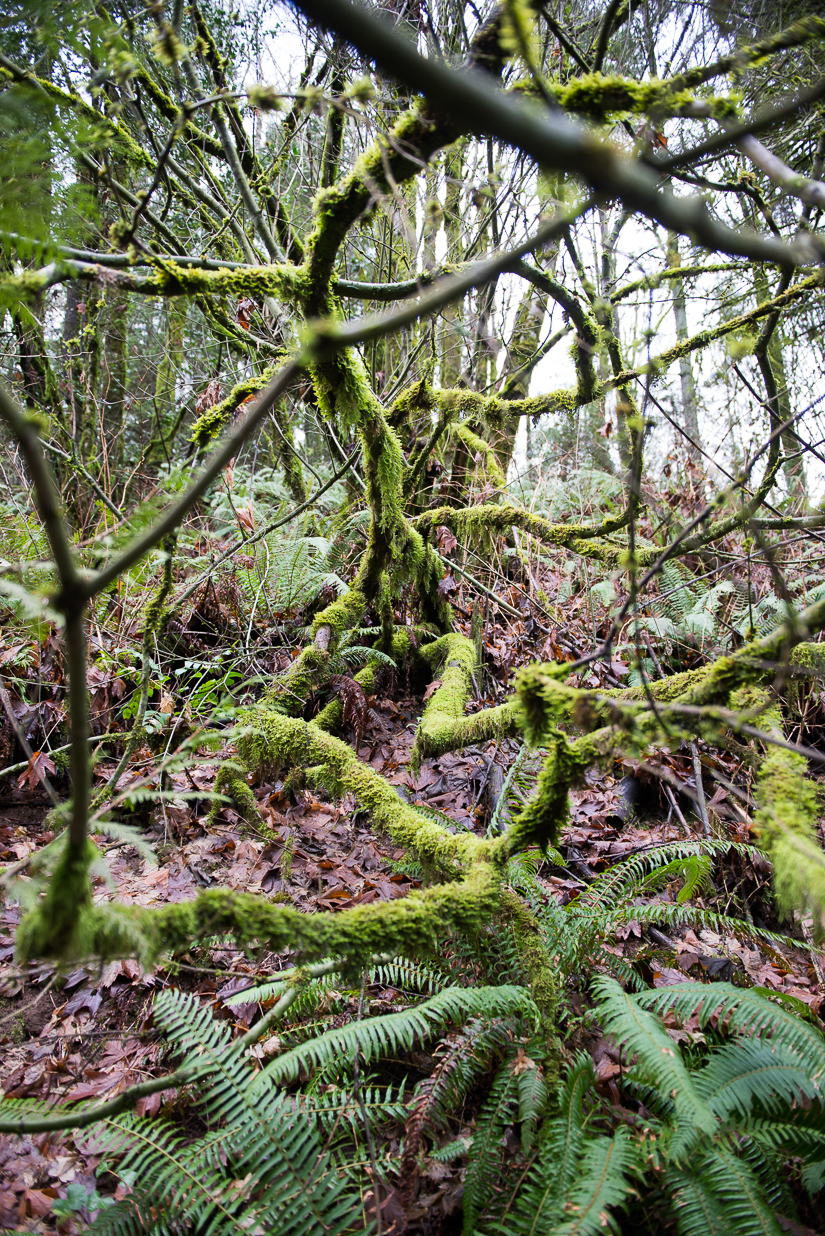
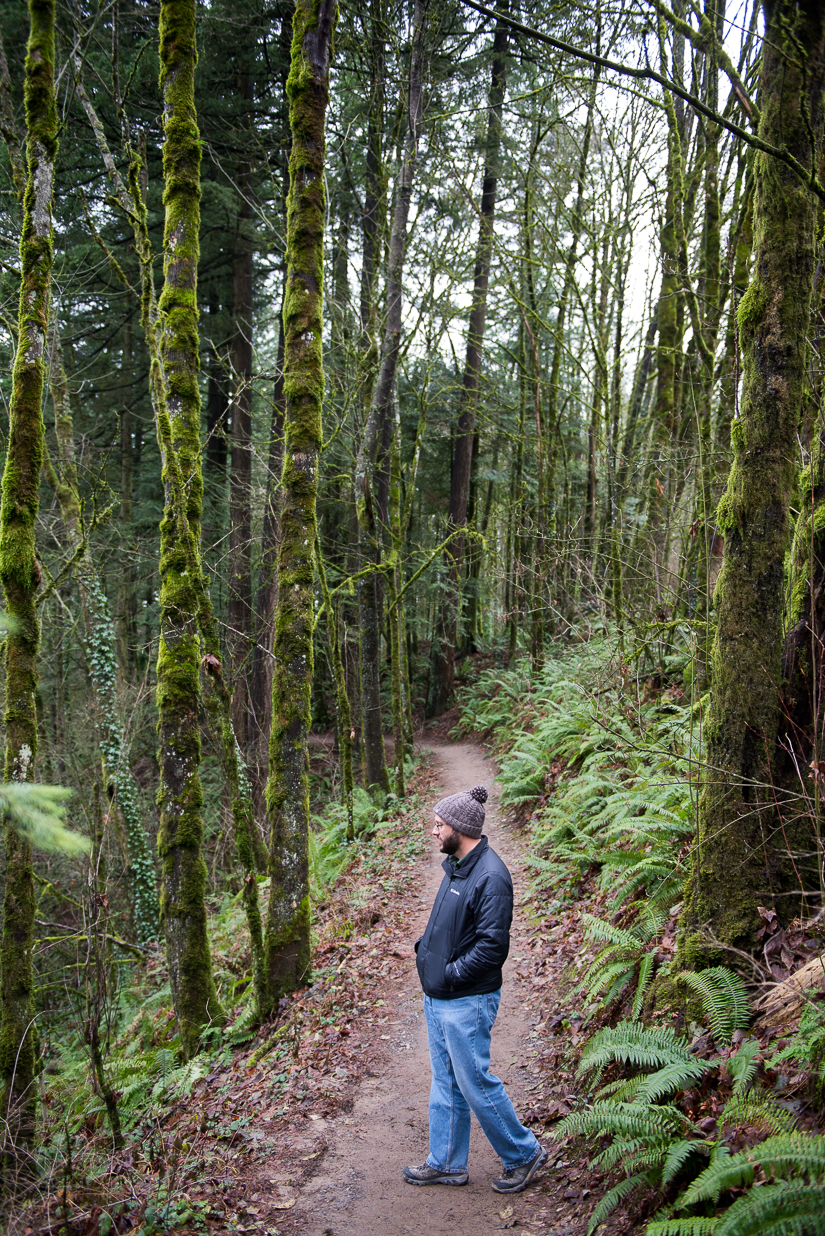
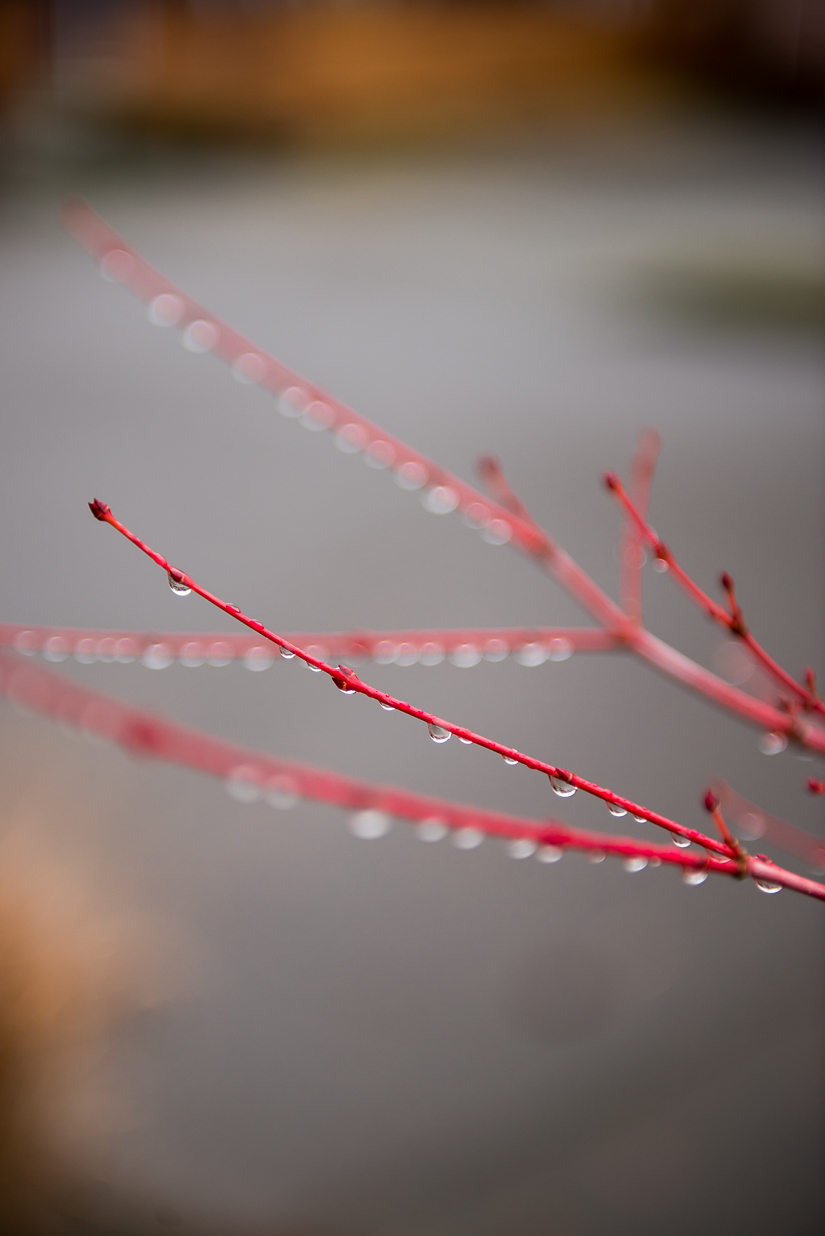
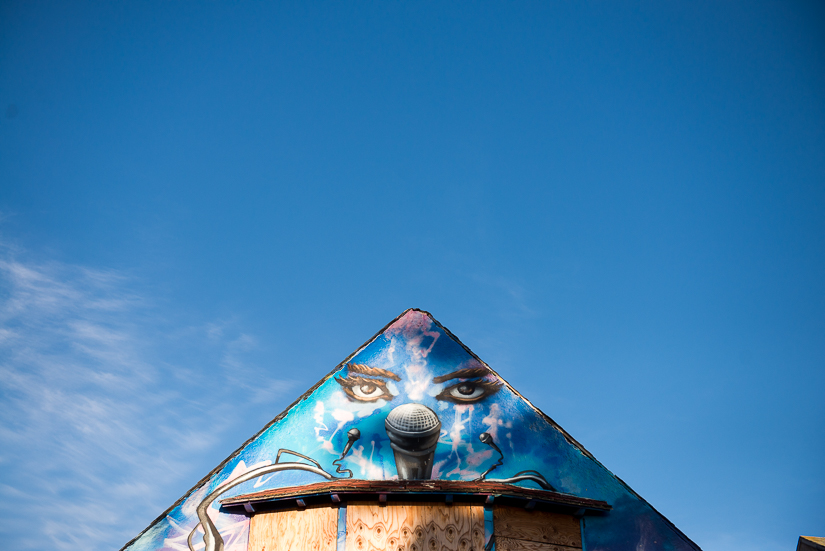 Ostrich World USA:
Ostrich World USA:
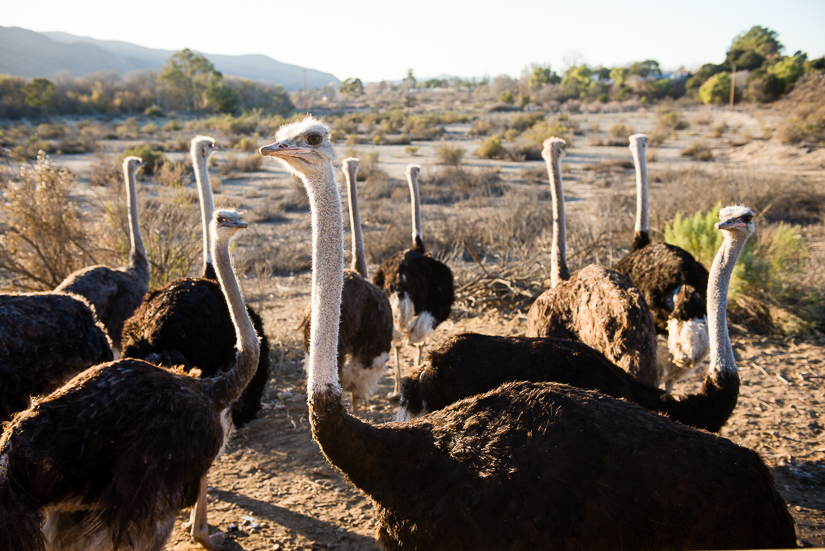 Big Sur:
Big Sur:
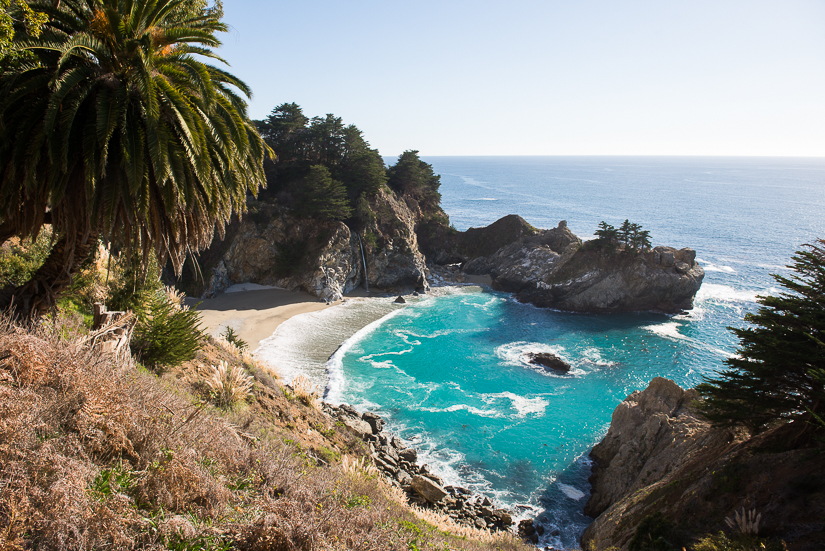
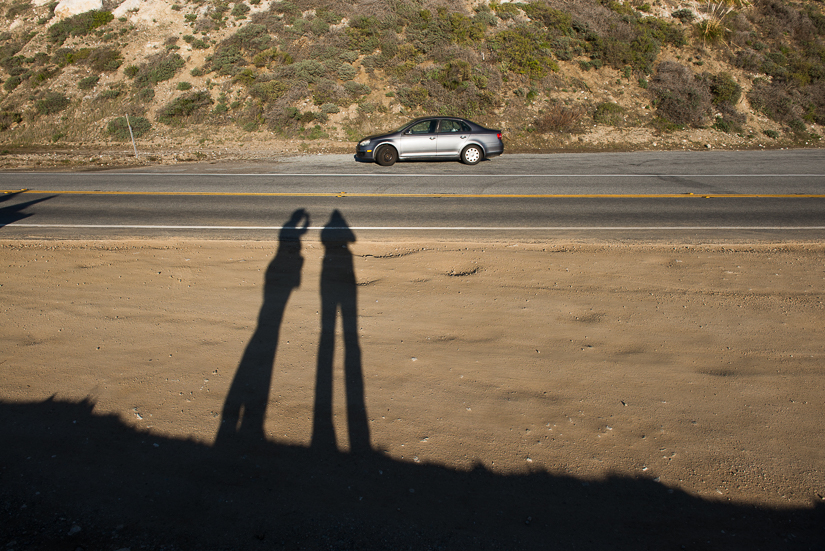
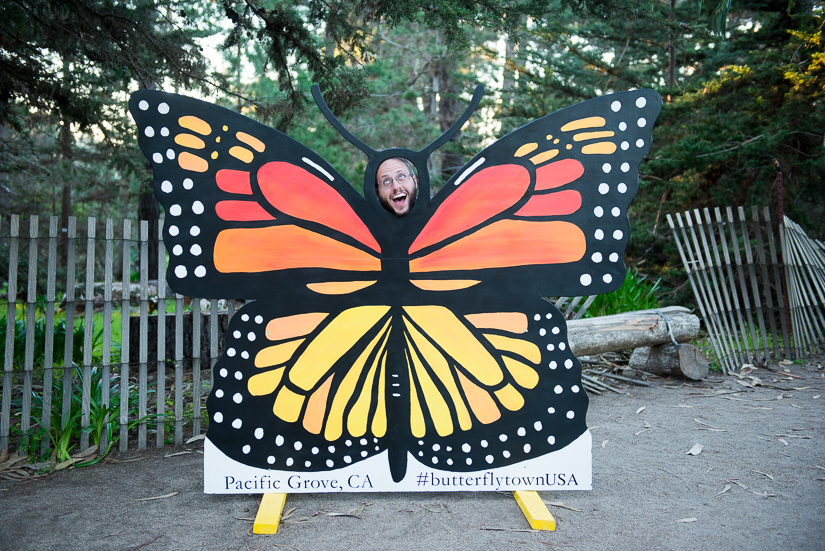 Santa Cruz, CA:
Santa Cruz, CA:
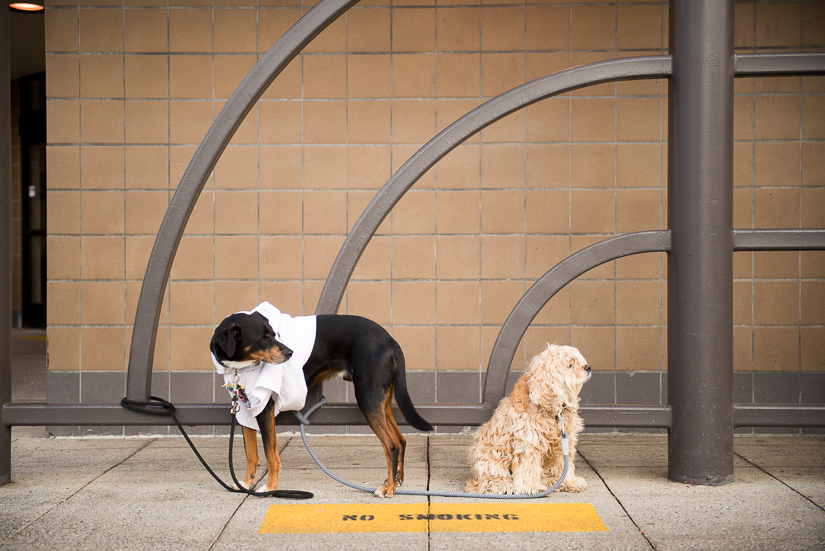
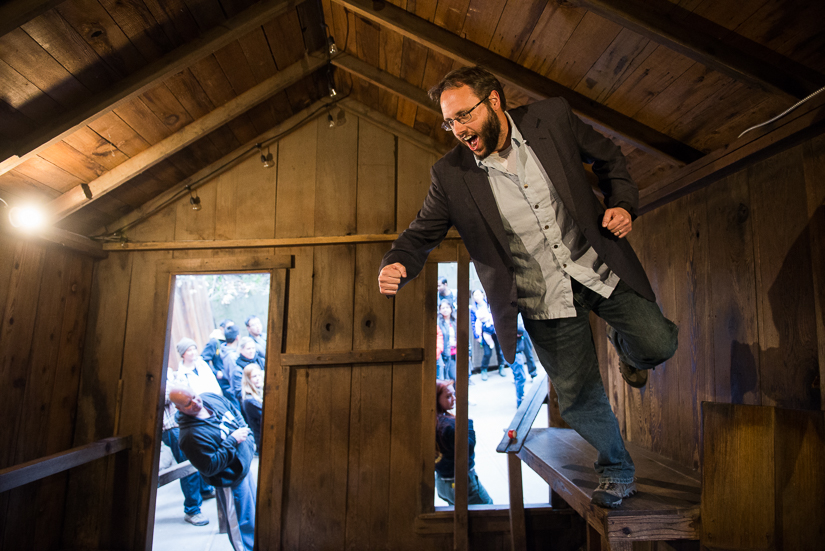 Suburbia, CA:
Suburbia, CA:
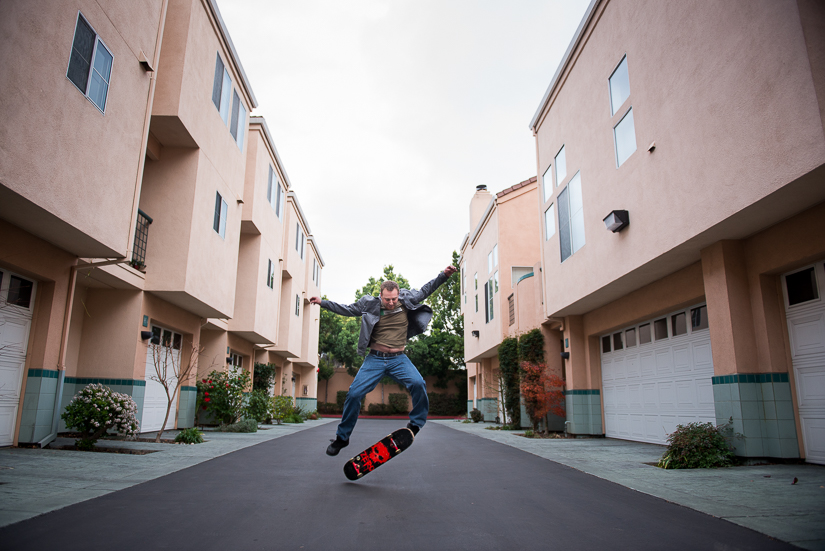 Literally all of our stuff on the way to the airport.
Literally all of our stuff on the way to the airport.
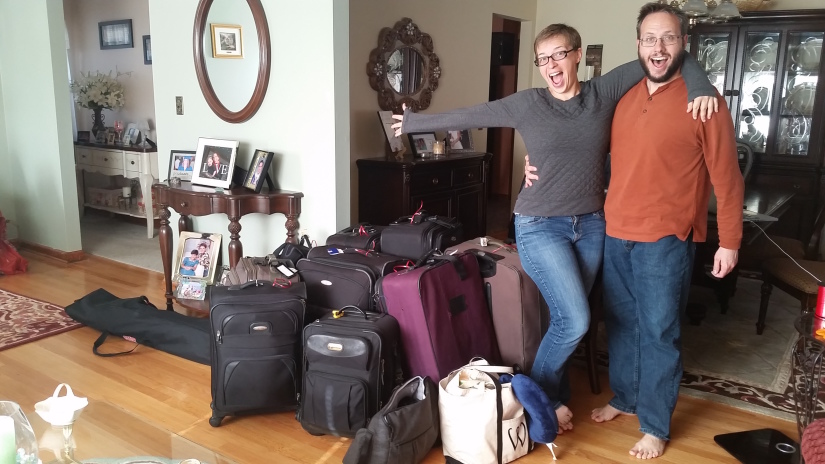 And now we live in Sweden!
It's been a reasonably good first two weeks. The weather here is terrible. Very little sunlight and even then, it's mostly cloudy gloom and/or rain. We've had a handful of days with sunshine and one big snow storm. Otherwise, things are good. Our apartment is adorable and in a great location. The public transport is top-notch. George likes his job. I haven't got a lot to do but I'm working on it. Language classes start next week. More to come.
And now we live in Sweden!
It's been a reasonably good first two weeks. The weather here is terrible. Very little sunlight and even then, it's mostly cloudy gloom and/or rain. We've had a handful of days with sunshine and one big snow storm. Otherwise, things are good. Our apartment is adorable and in a great location. The public transport is top-notch. George likes his job. I haven't got a lot to do but I'm working on it. Language classes start next week. More to come.
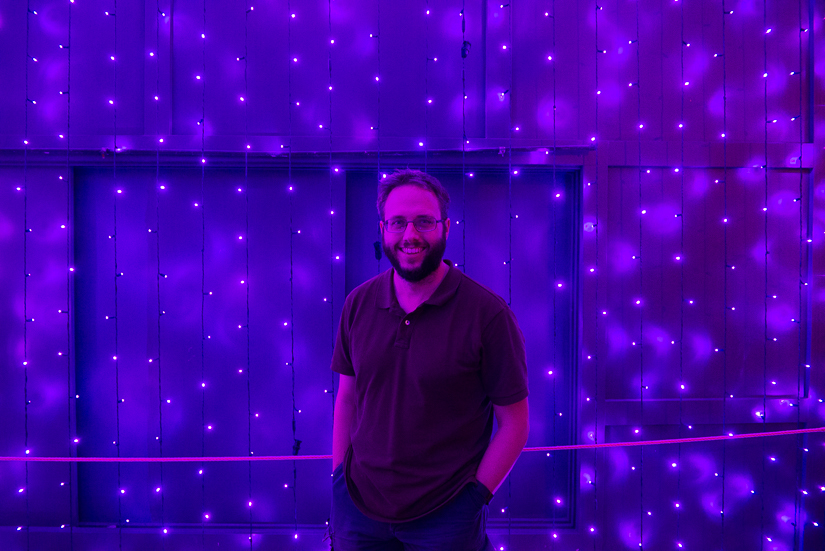 We started Week Two in Savannah feeling pretty sick. We had grand plans to do lovely things on the way down to St. Augustine to see George's dad, but on the way I was just feeling crap crap crap. So we did some nice rural driving through the Low Country, but otherwise I napped and tried to relax and blow my nose and whatnot. It was a sleepy day and we didn't even see St. Augustine because apparently they were having some big parade or the like for Christmas. We visited with George's dad that day and hung out, then got up really early the following day to GO TO DISNEY WORLD!
We started Week Two in Savannah feeling pretty sick. We had grand plans to do lovely things on the way down to St. Augustine to see George's dad, but on the way I was just feeling crap crap crap. So we did some nice rural driving through the Low Country, but otherwise I napped and tried to relax and blow my nose and whatnot. It was a sleepy day and we didn't even see St. Augustine because apparently they were having some big parade or the like for Christmas. We visited with George's dad that day and hung out, then got up really early the following day to GO TO DISNEY WORLD!
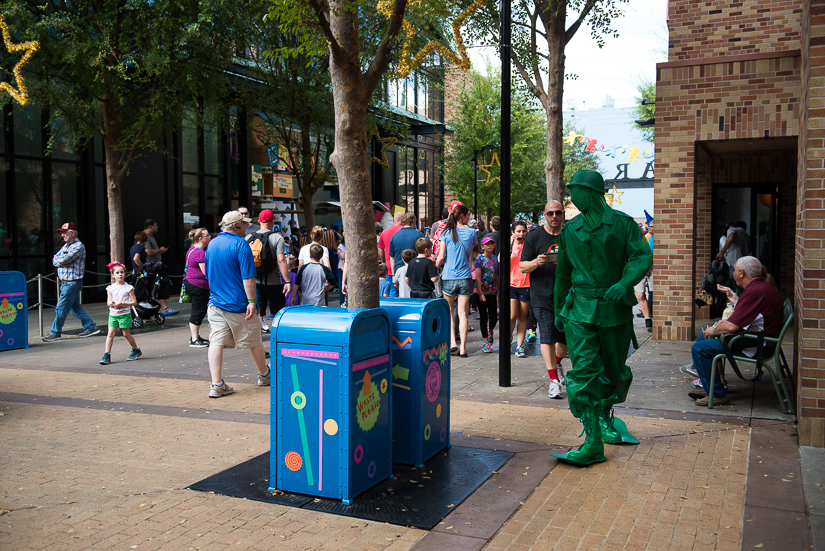
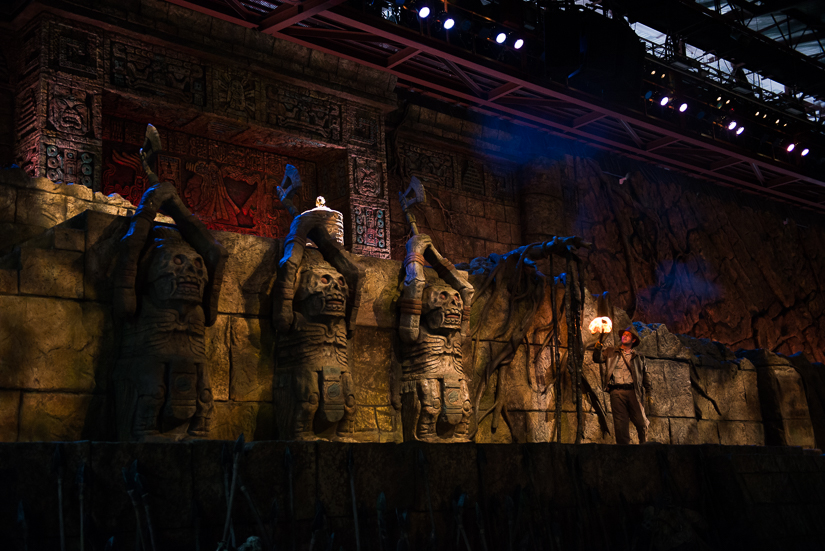 And hang with Uncle Eric and Aunt Sarah and co. Uncle Eric has worked at the parks for years so we always get to go free and see one or the other. This time we went to Hollywood Studios and saw lots of shows and went on the Haunted Mansion tour - a favorite.
And hang with Uncle Eric and Aunt Sarah and co. Uncle Eric has worked at the parks for years so we always get to go free and see one or the other. This time we went to Hollywood Studios and saw lots of shows and went on the Haunted Mansion tour - a favorite.
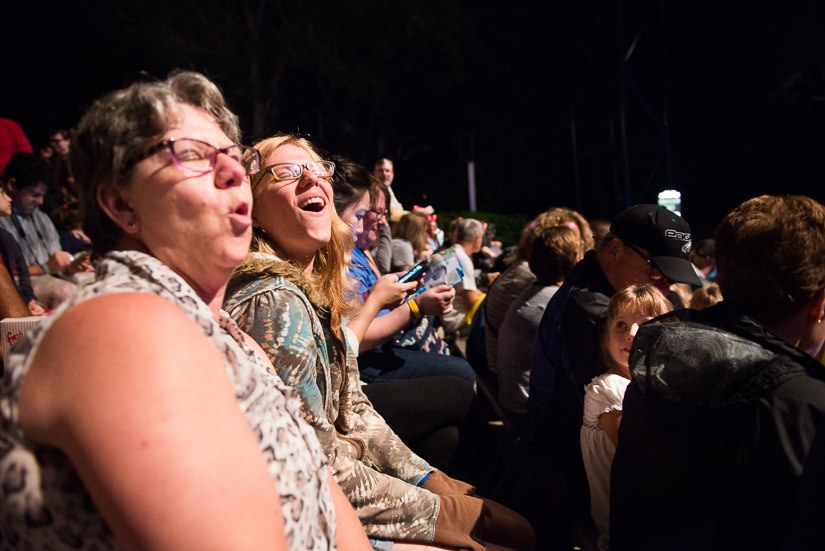 It wasn't quite Thanksgiving yet, but in Disney it was full-on Christmas.
It wasn't quite Thanksgiving yet, but in Disney it was full-on Christmas.
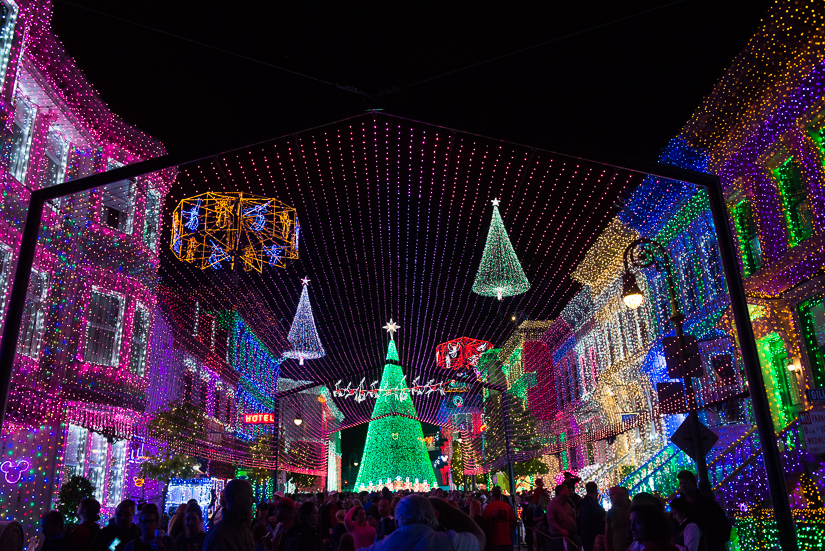 This is Dakota, my aunt and uncle's dog. She's pretty great.
This is Dakota, my aunt and uncle's dog. She's pretty great.
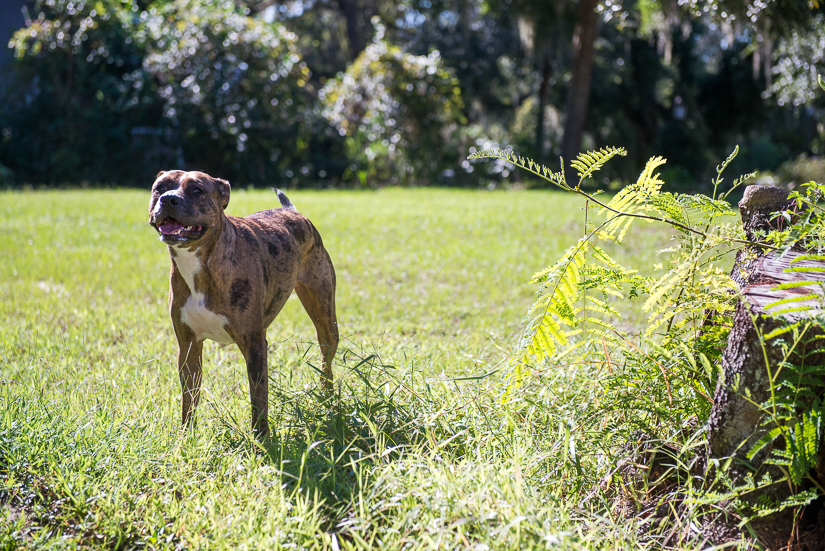 This is my Uncle Eric making a ginormous bowl of salsa. It was decimated a few hours later when my cousins came over to grub.
This is my Uncle Eric making a ginormous bowl of salsa. It was decimated a few hours later when my cousins came over to grub.
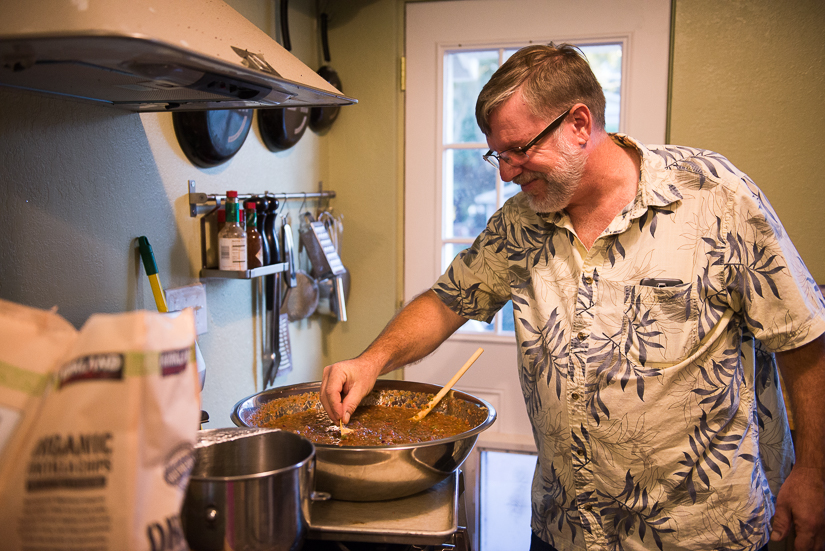 And then - whoosh - we were gone. George and I paused on the way between Aunt Sarah's and my mom's to stop in at the Bok Tower and Gardens, another Frederick Law Olmsted design. Classy. We became members because we're dorky and frugal and now we have reciprocal admission to 300+ other parks throughout America, which hopefully we'll get lots of money's worth as we travel about.
And then - whoosh - we were gone. George and I paused on the way between Aunt Sarah's and my mom's to stop in at the Bok Tower and Gardens, another Frederick Law Olmsted design. Classy. We became members because we're dorky and frugal and now we have reciprocal admission to 300+ other parks throughout America, which hopefully we'll get lots of money's worth as we travel about.
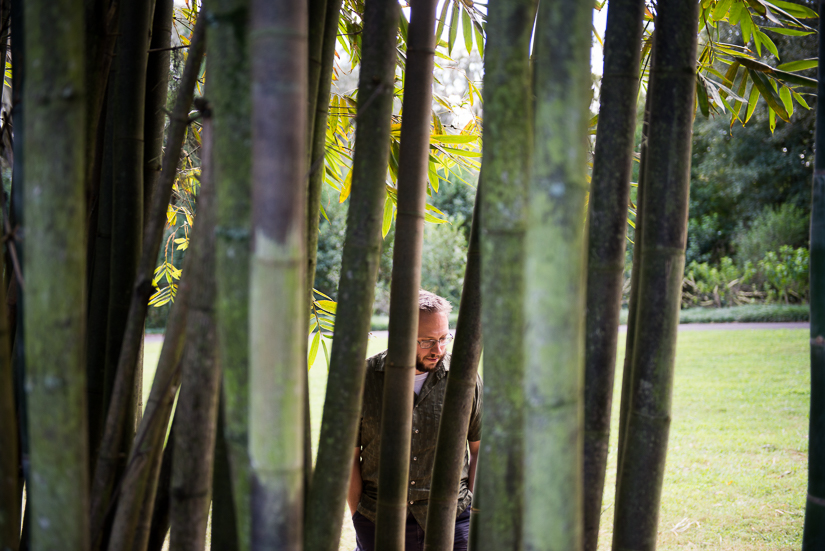
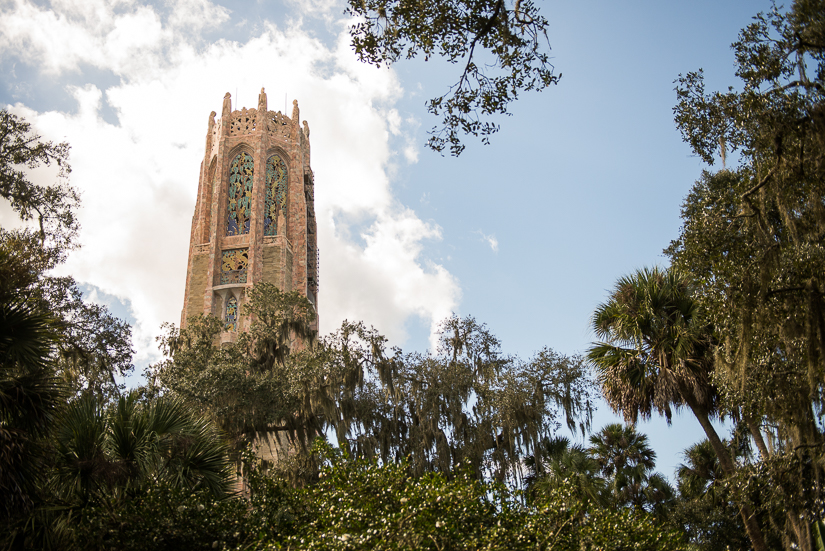
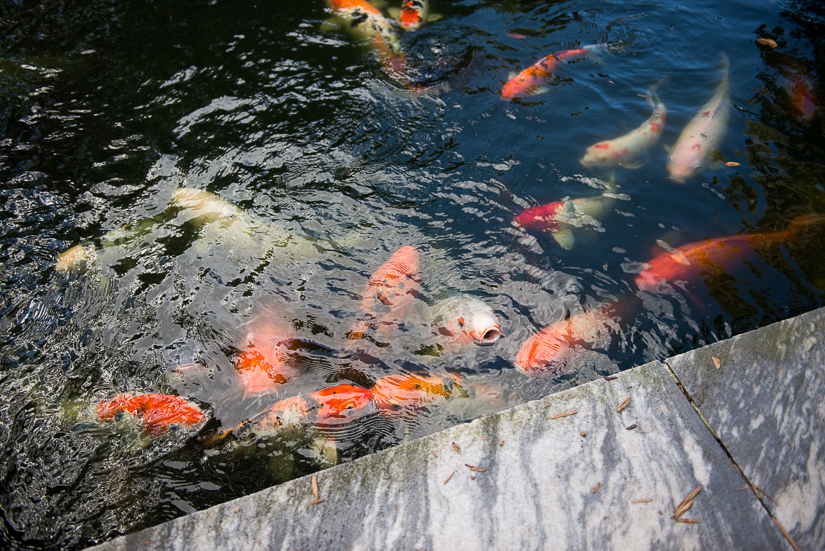
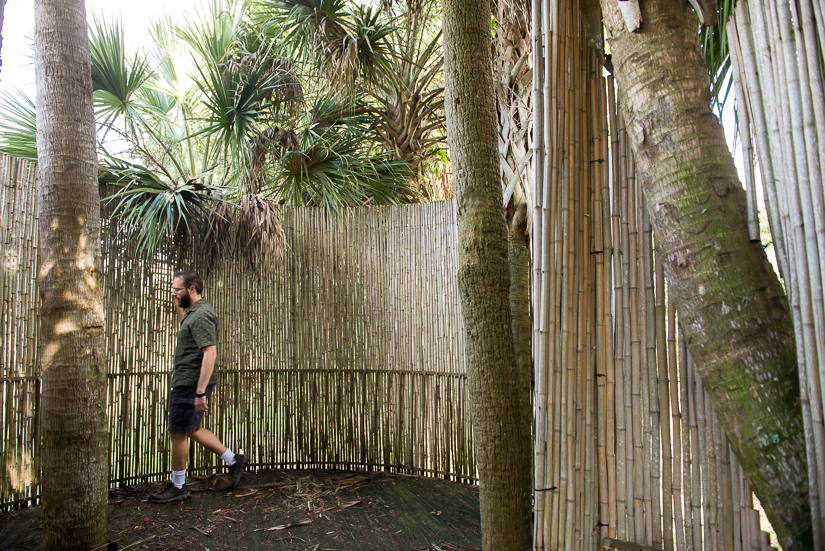
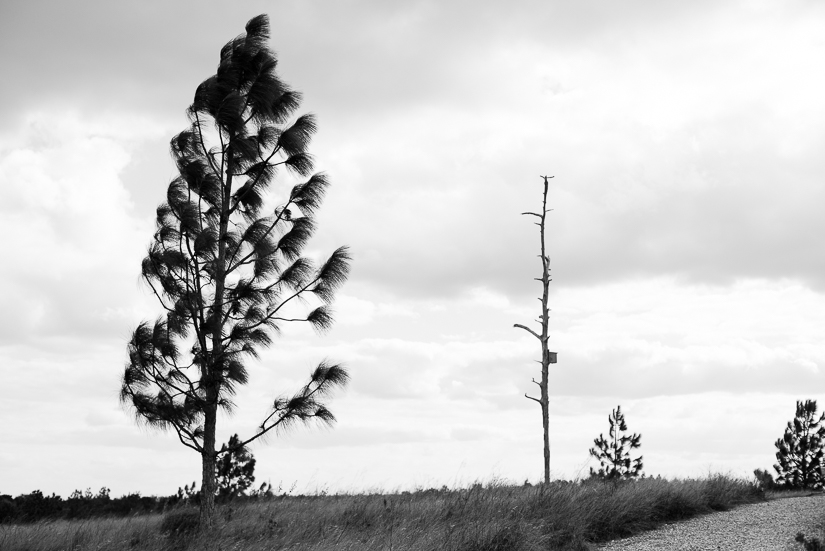 We spent a couple hours at the gardens just walking around and taking in some scenery. I was still feeling pretty bad so we took it really slow.
We spent a couple hours at the gardens just walking around and taking in some scenery. I was still feeling pretty bad so we took it really slow.
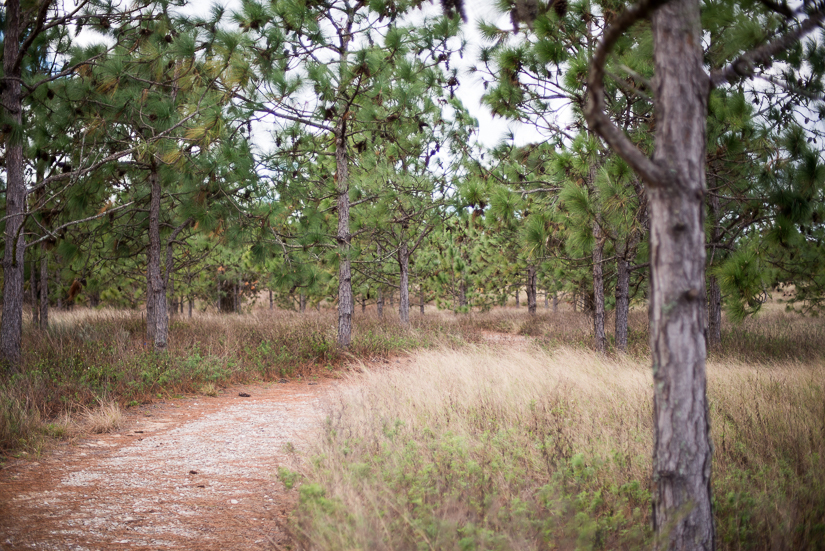
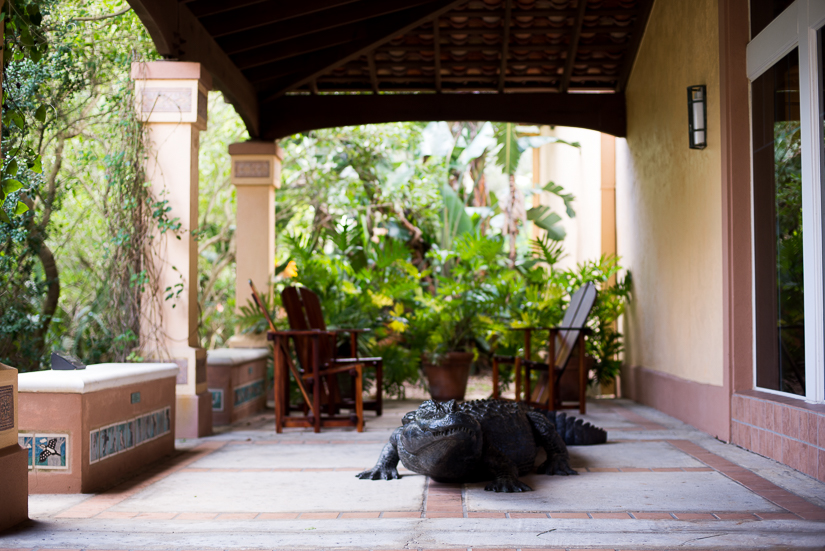 Nearby, there were tons of signs for "Spook Hill," which was one of the lamest things I'd ever seen. There's a white line on the hill you can see in the background, and you drive up to the white line, put your car in reverse and.... it rolls backwards down the hill exactly how one would expect. So lame. I don't know why this town needs Spook Hill - it's already got these great gardens for people to visit.
Nearby, there were tons of signs for "Spook Hill," which was one of the lamest things I'd ever seen. There's a white line on the hill you can see in the background, and you drive up to the white line, put your car in reverse and.... it rolls backwards down the hill exactly how one would expect. So lame. I don't know why this town needs Spook Hill - it's already got these great gardens for people to visit.
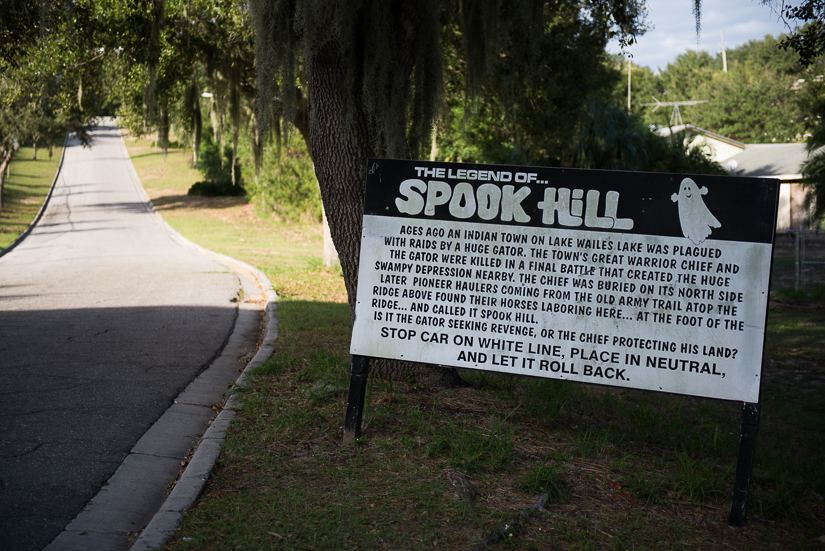 Then we were in Ft. Myers to hang with my mom and stepdad for a few days. Mostly we just hung out, but one day we did go down to the beach to see the Sandsculpting competition. The sculptures were super-cool.
Then we were in Ft. Myers to hang with my mom and stepdad for a few days. Mostly we just hung out, but one day we did go down to the beach to see the Sandsculpting competition. The sculptures were super-cool.
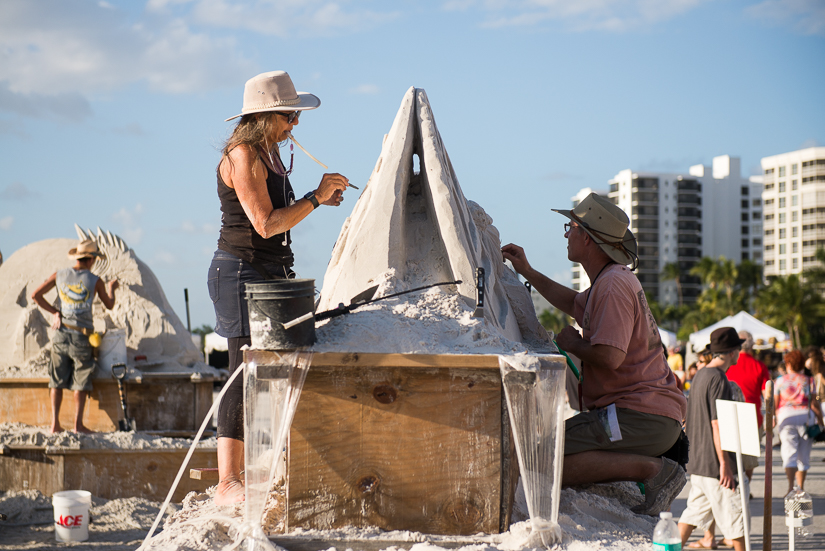
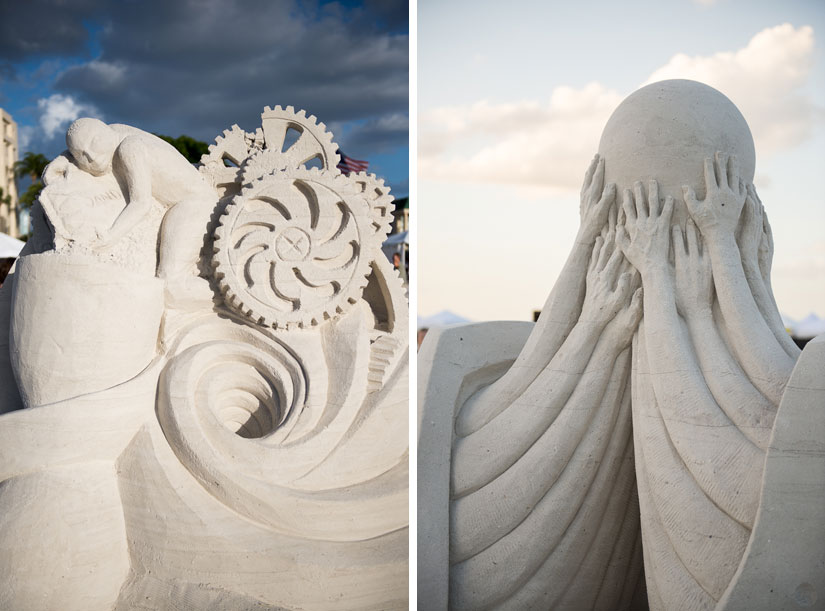
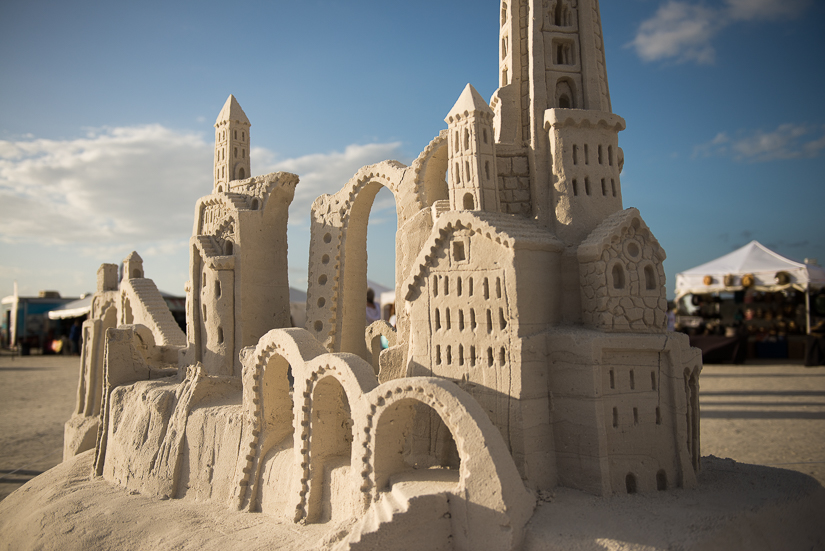
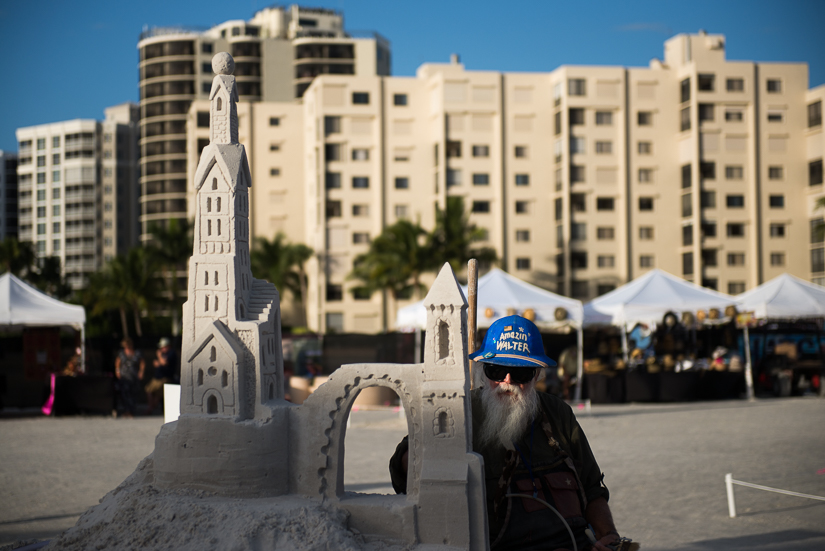
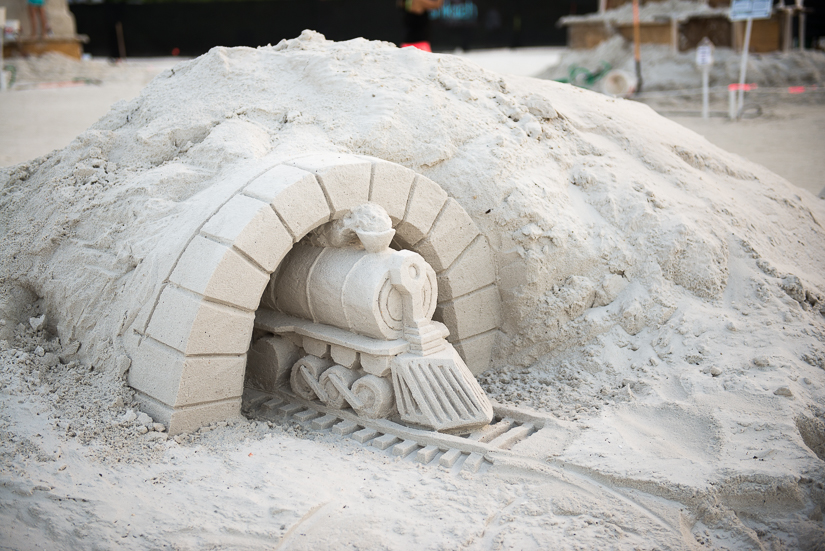
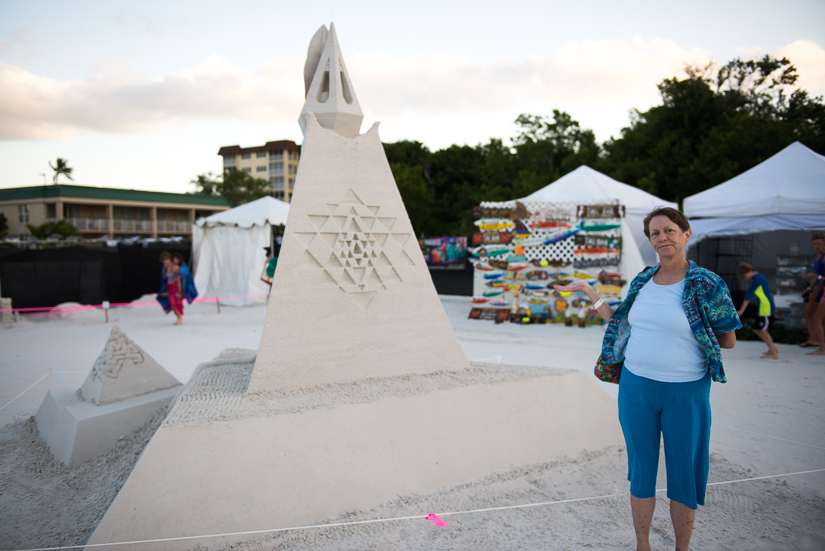
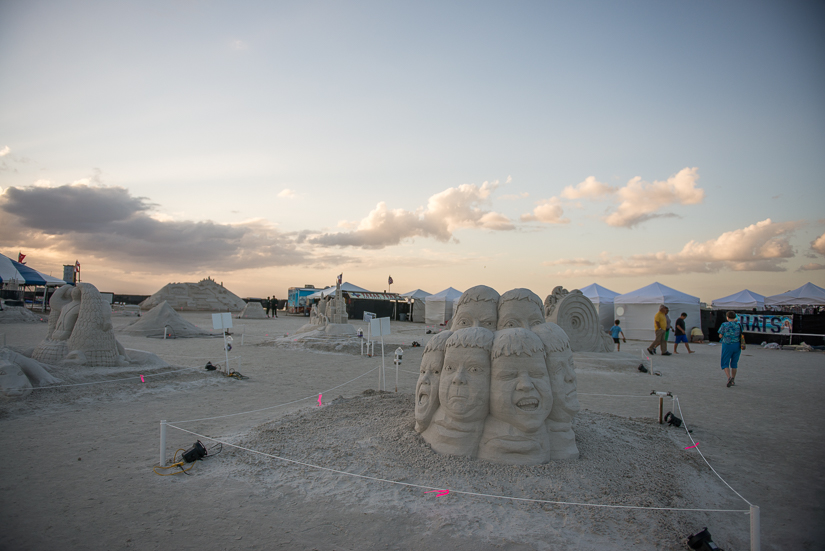 Here's a picture of me and my brother as little babies.
Here's a picture of me and my brother as little babies.
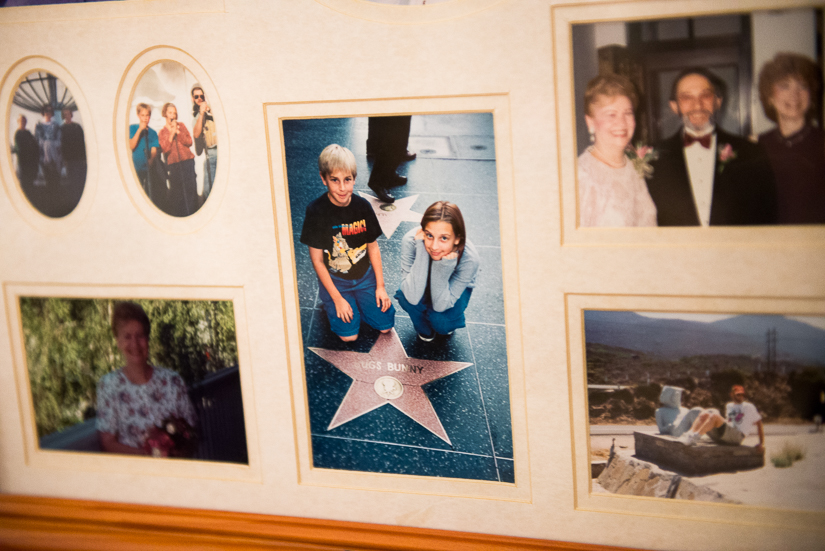 And Mom and Elliott's doggies. We did Thanksgiving there, but I don't have much to say about it.
And Mom and Elliott's doggies. We did Thanksgiving there, but I don't have much to say about it.
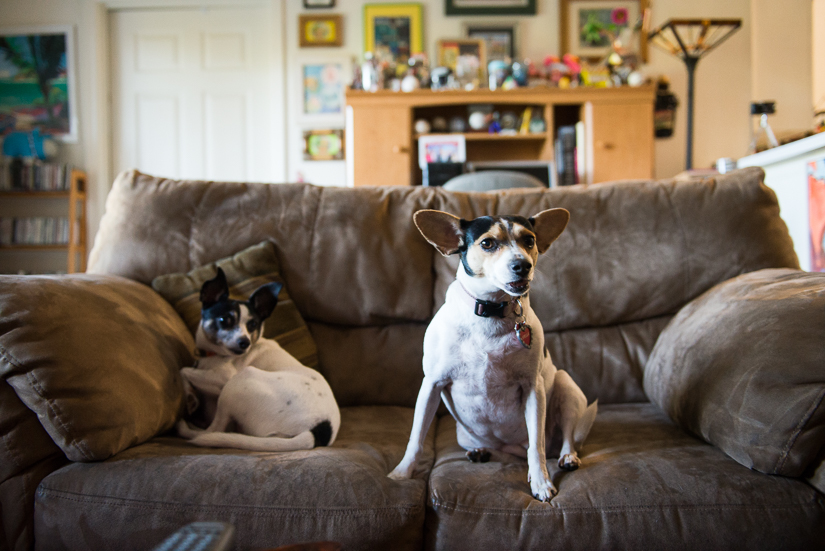 And then we were off again... up up up Florida and into the panhandle. The day after we did a little (painful) Black Friday shopping for new winter coats (which we'll need in Sweden), we got to play with WOLVES. We weren't allowed to bring in real cameras, so I don't have anything much from that day but we did bring in a disposable and have been trying our damndest to get the stupid thing developed. Wouldn't you know, hardly anyone uses them anymore!
And then we were off again... up up up Florida and into the panhandle. The day after we did a little (painful) Black Friday shopping for new winter coats (which we'll need in Sweden), we got to play with WOLVES. We weren't allowed to bring in real cameras, so I don't have anything much from that day but we did bring in a disposable and have been trying our damndest to get the stupid thing developed. Wouldn't you know, hardly anyone uses them anymore!
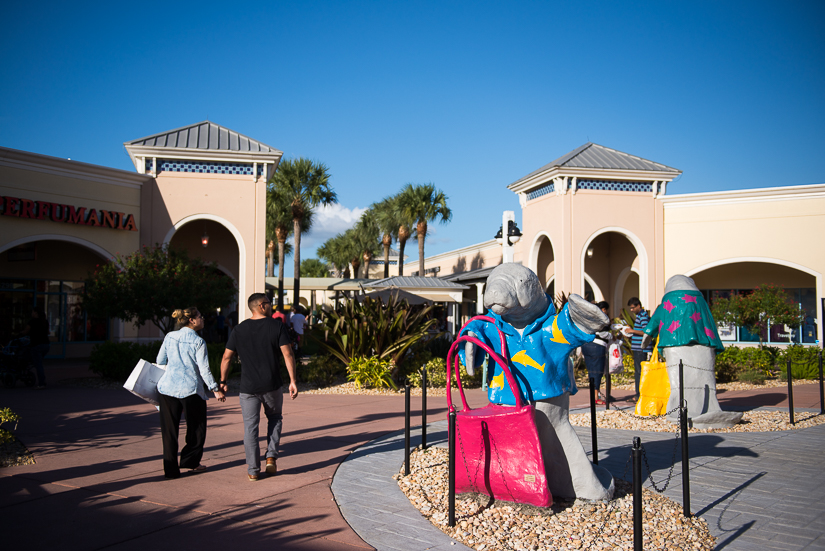 And that is a wrap for Week Two. Knowing me, I'll likely stall big time on getting out Week Three, but maybe I'll stall long enough to slap some wolf photos in there for your viewing enjoyment. Until then, enjoy December!
And that is a wrap for Week Two. Knowing me, I'll likely stall big time on getting out Week Three, but maybe I'll stall long enough to slap some wolf photos in there for your viewing enjoyment. Until then, enjoy December!